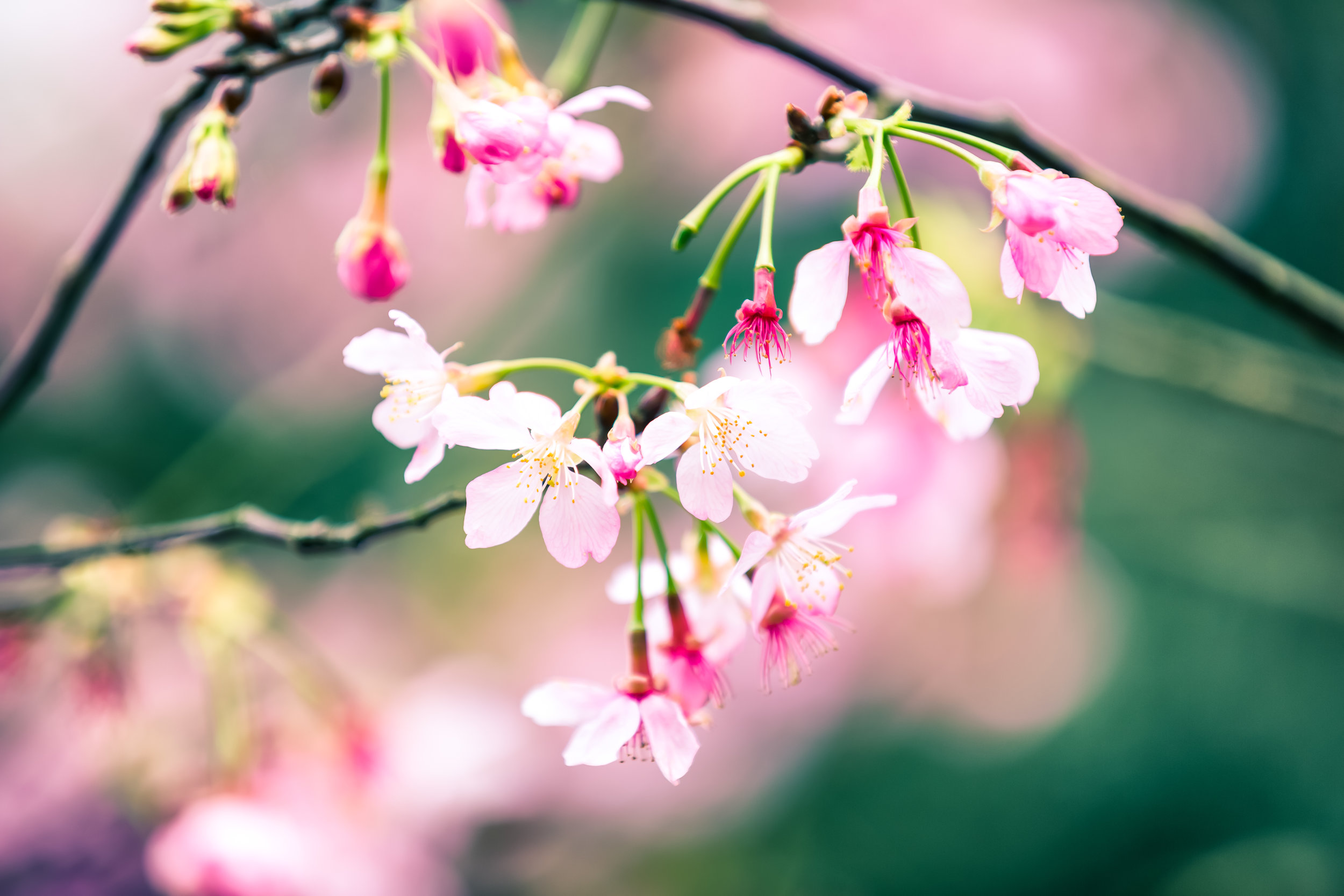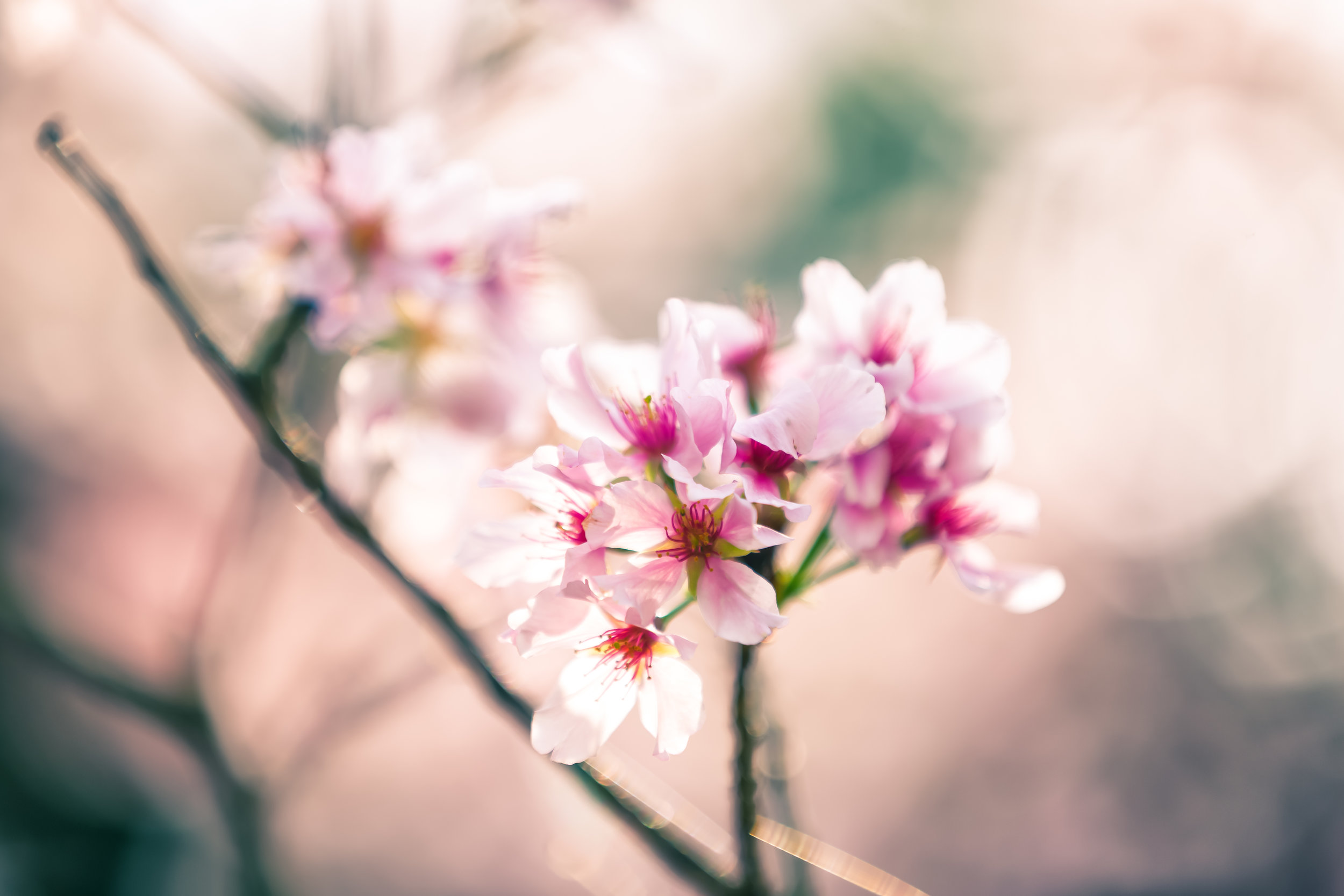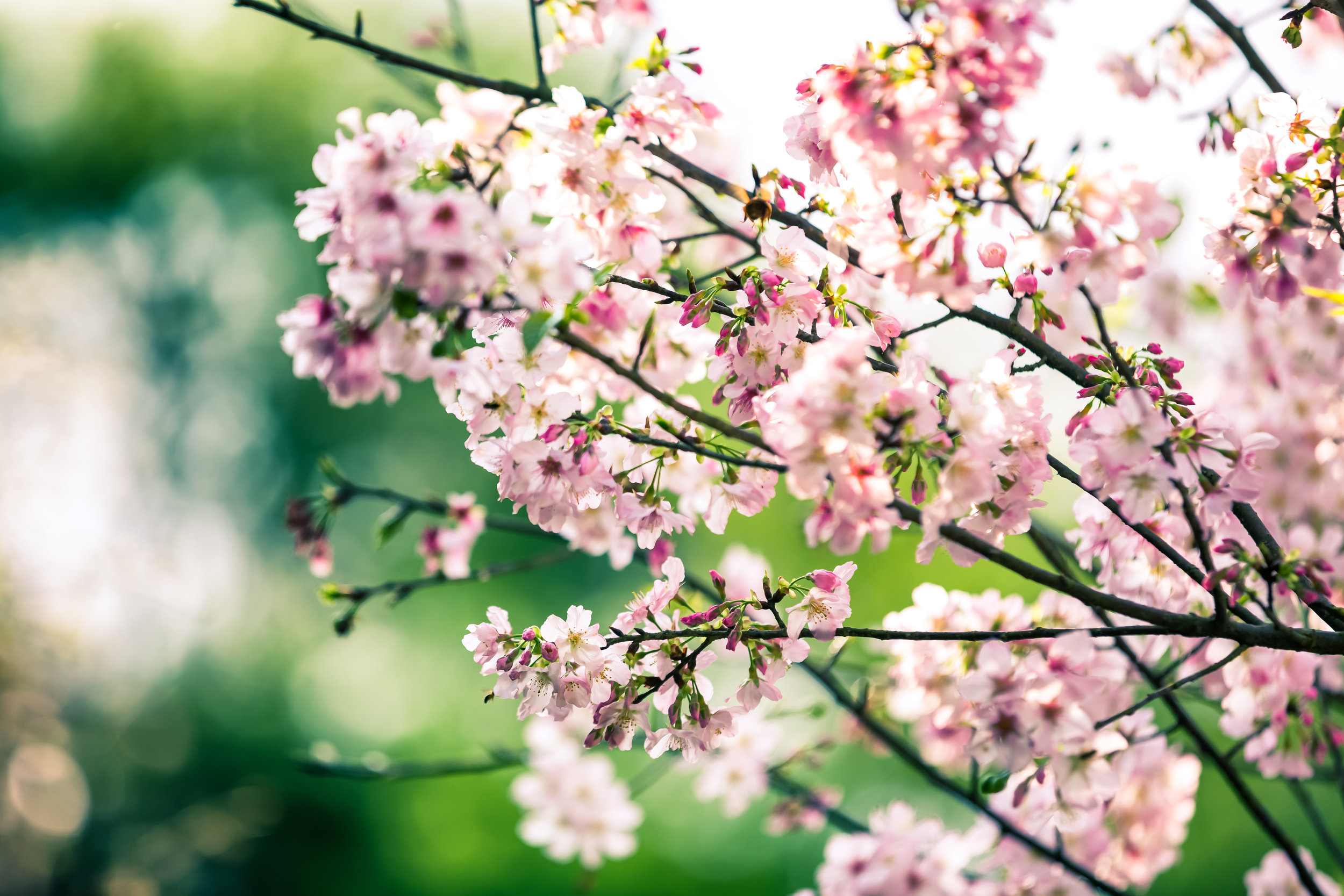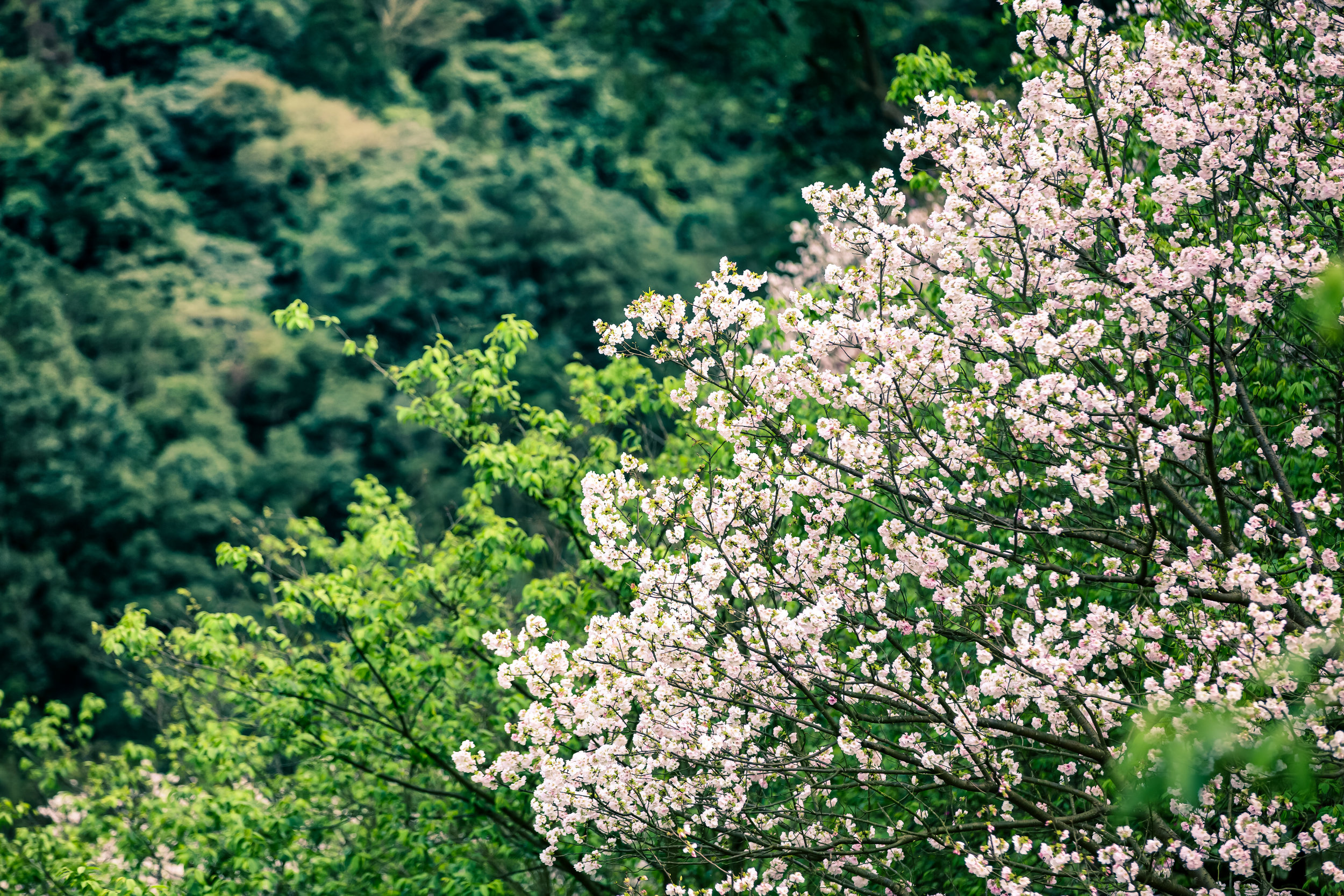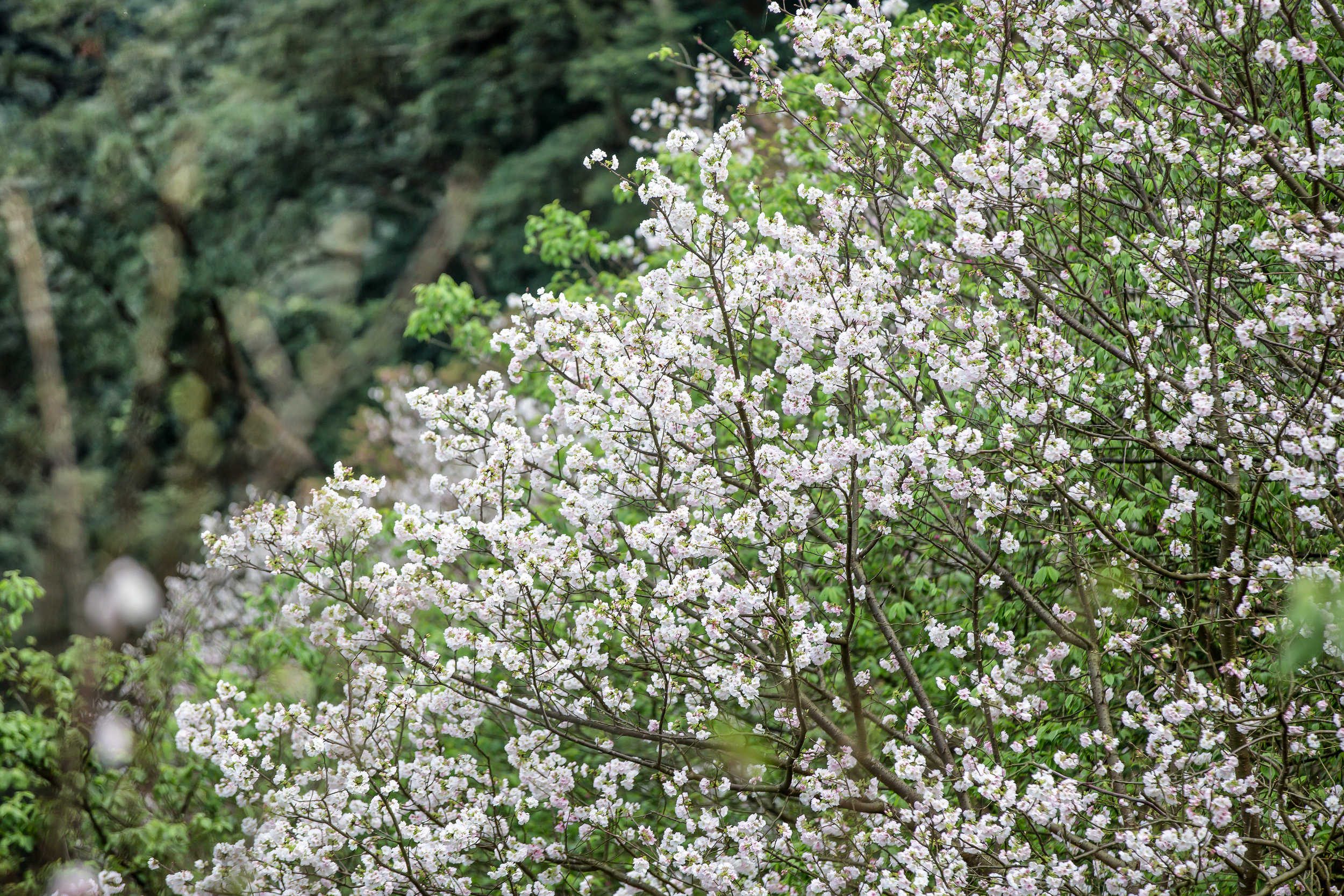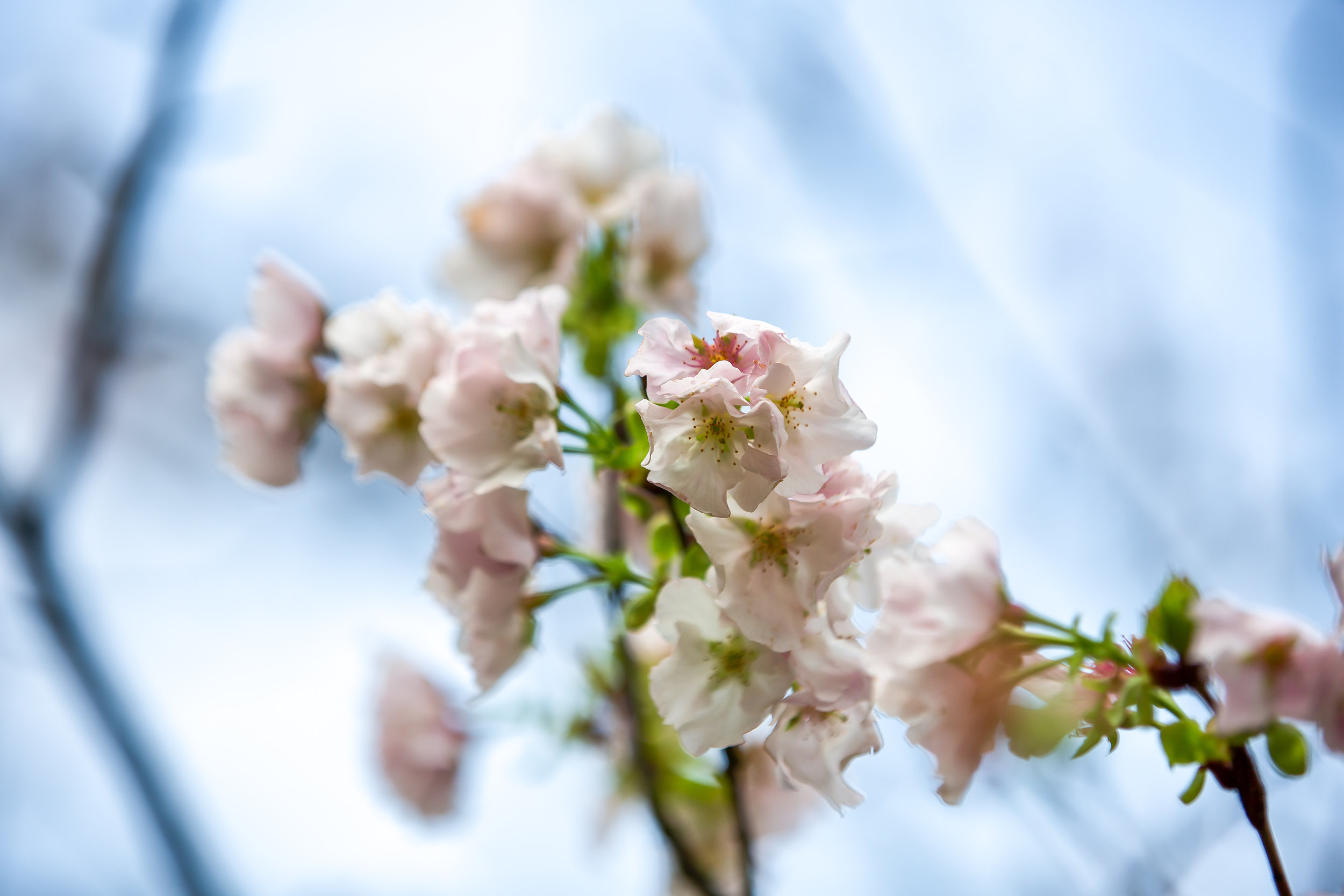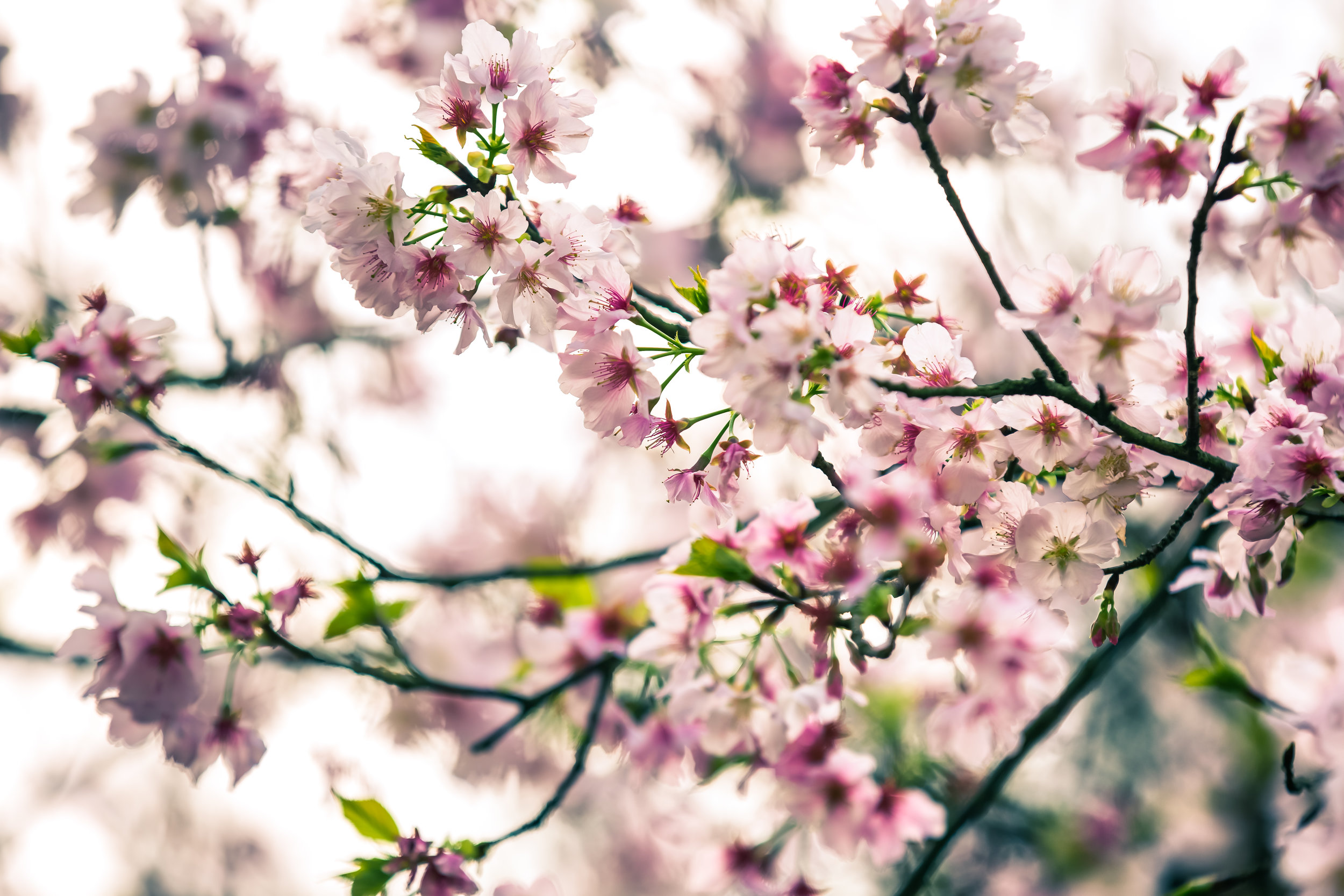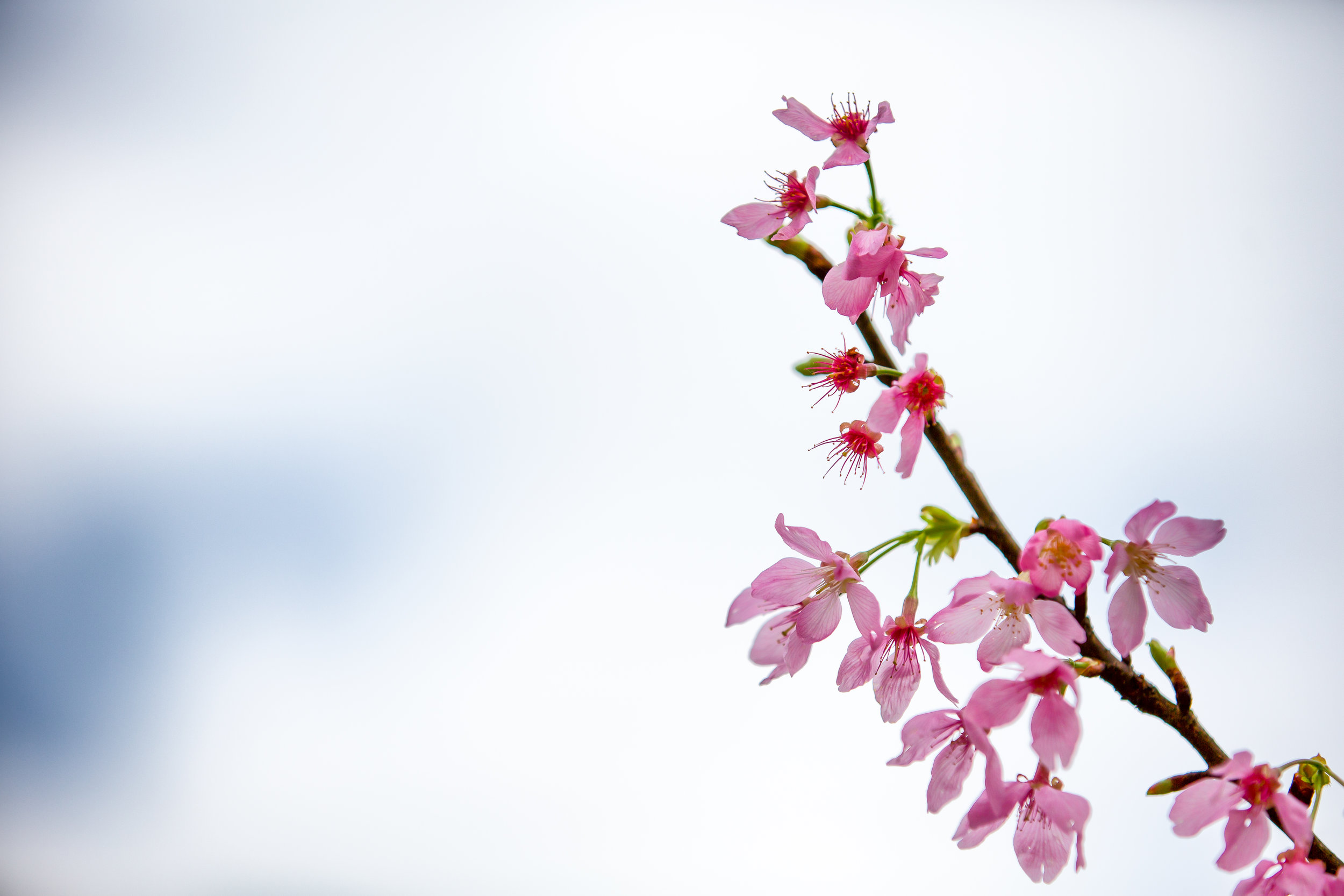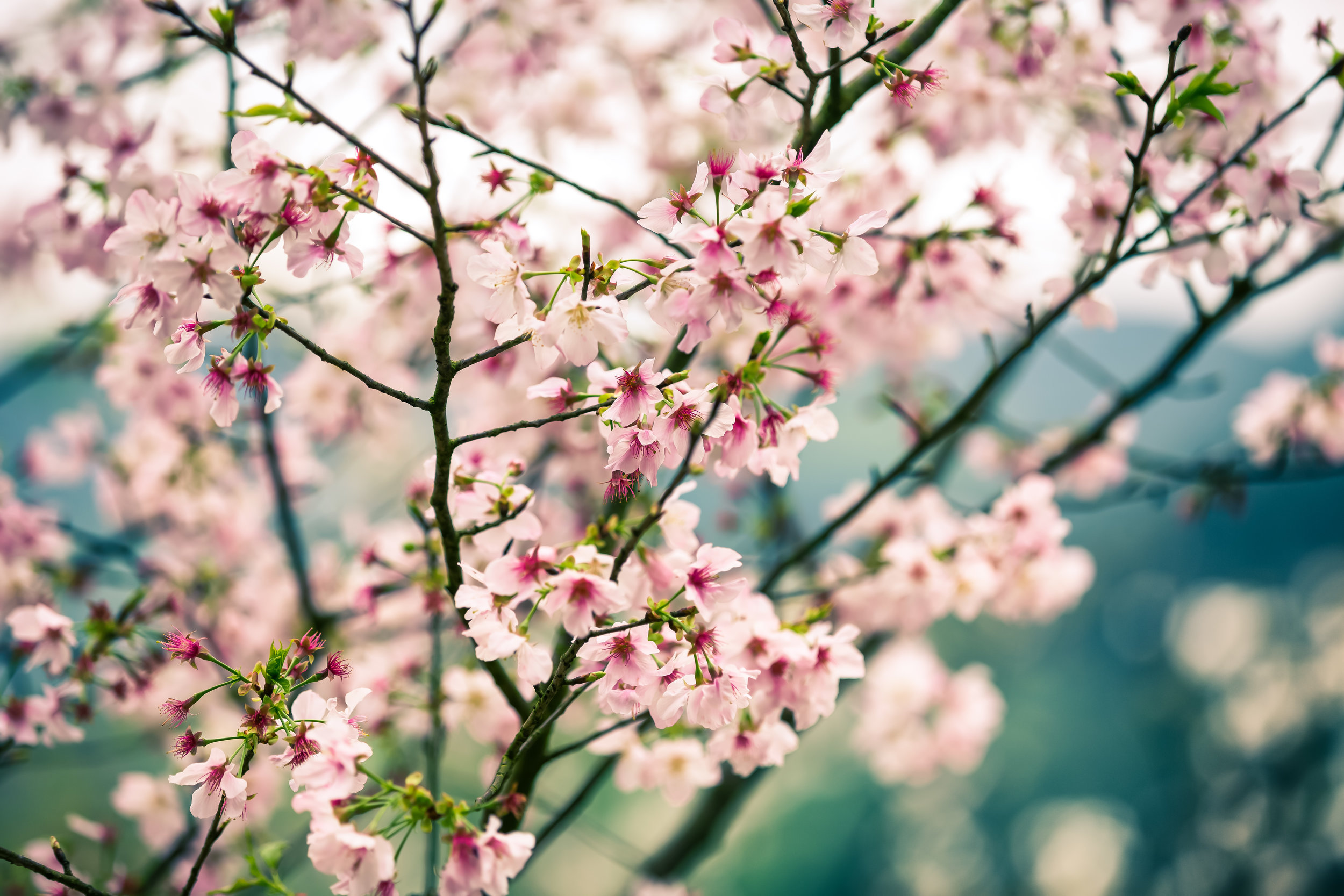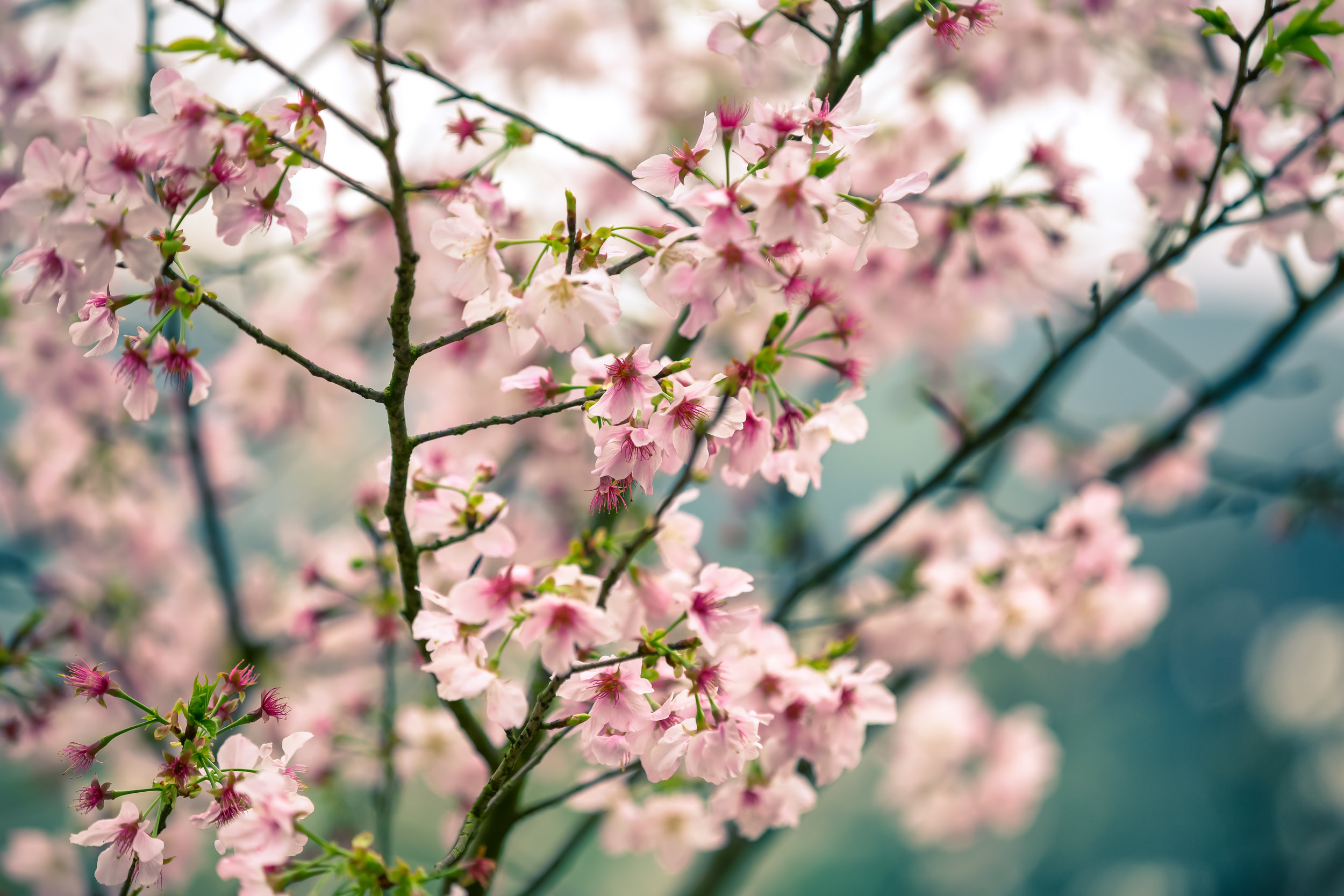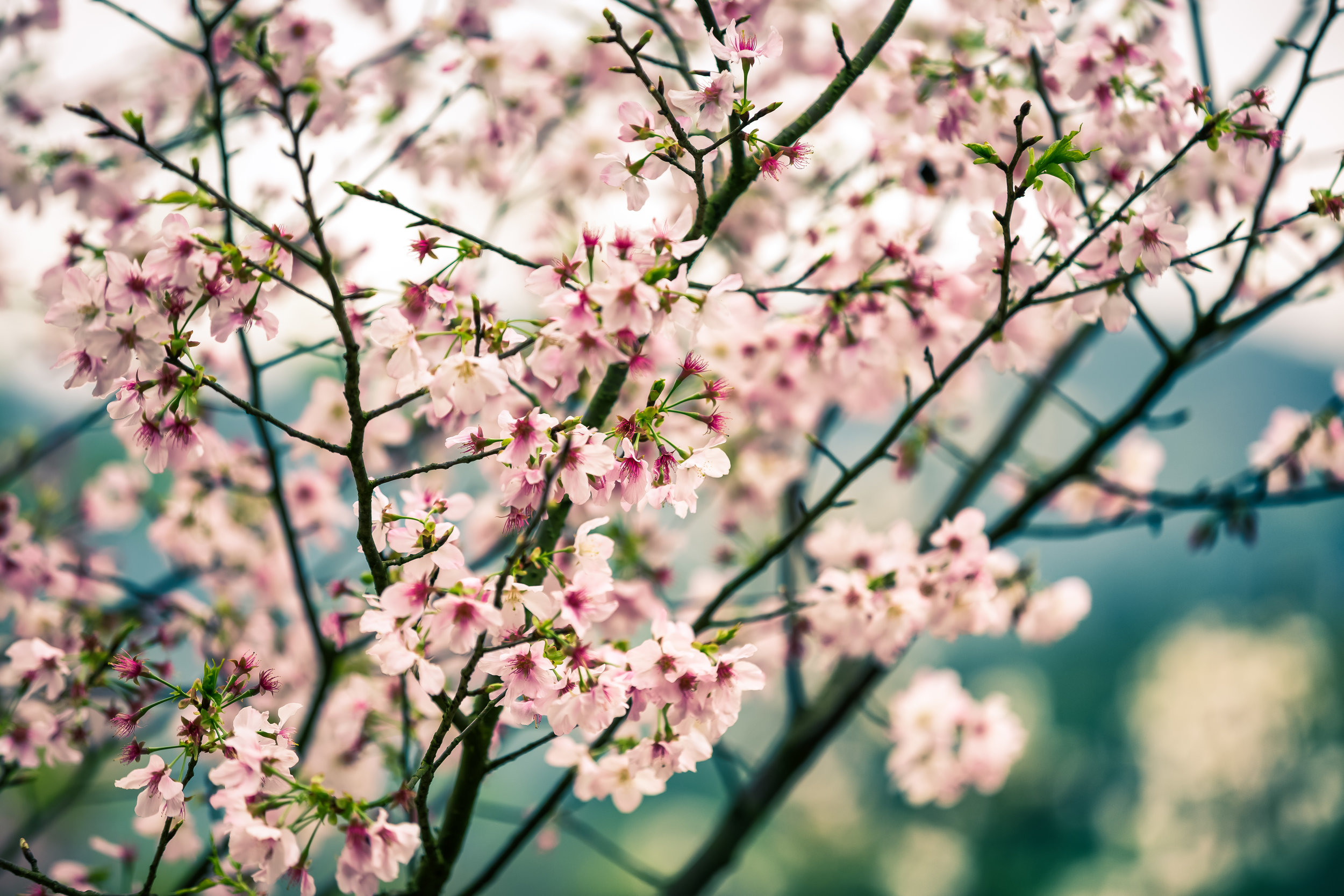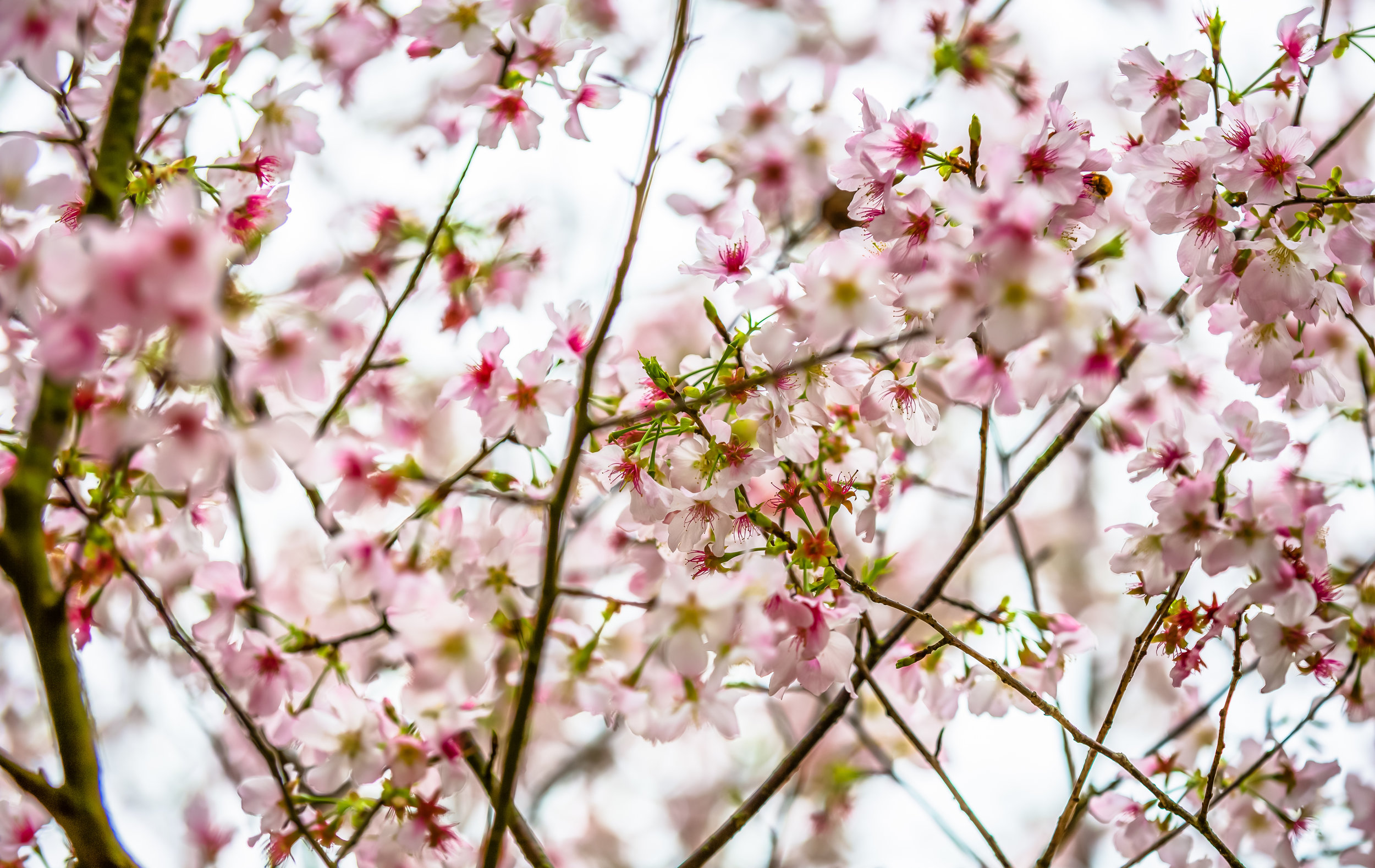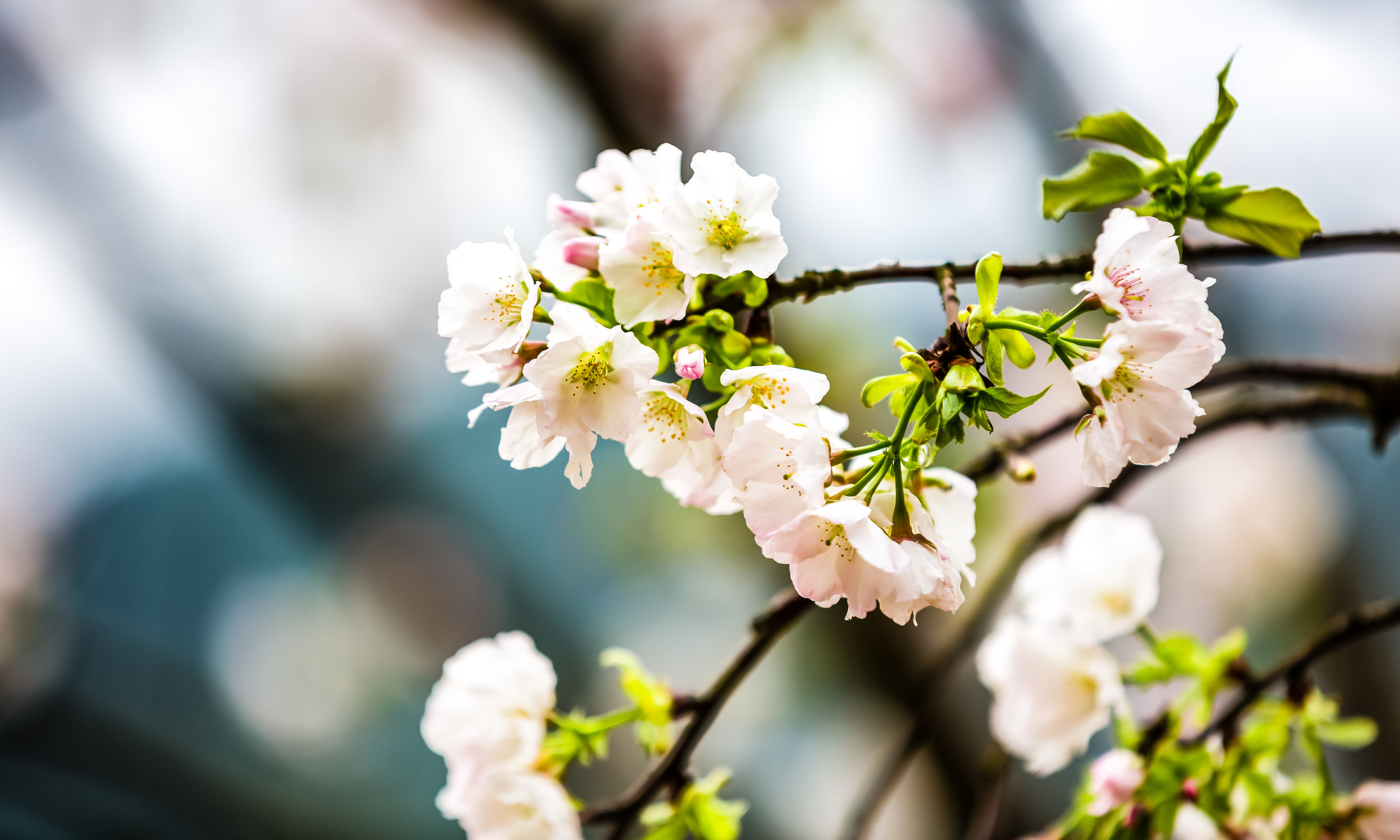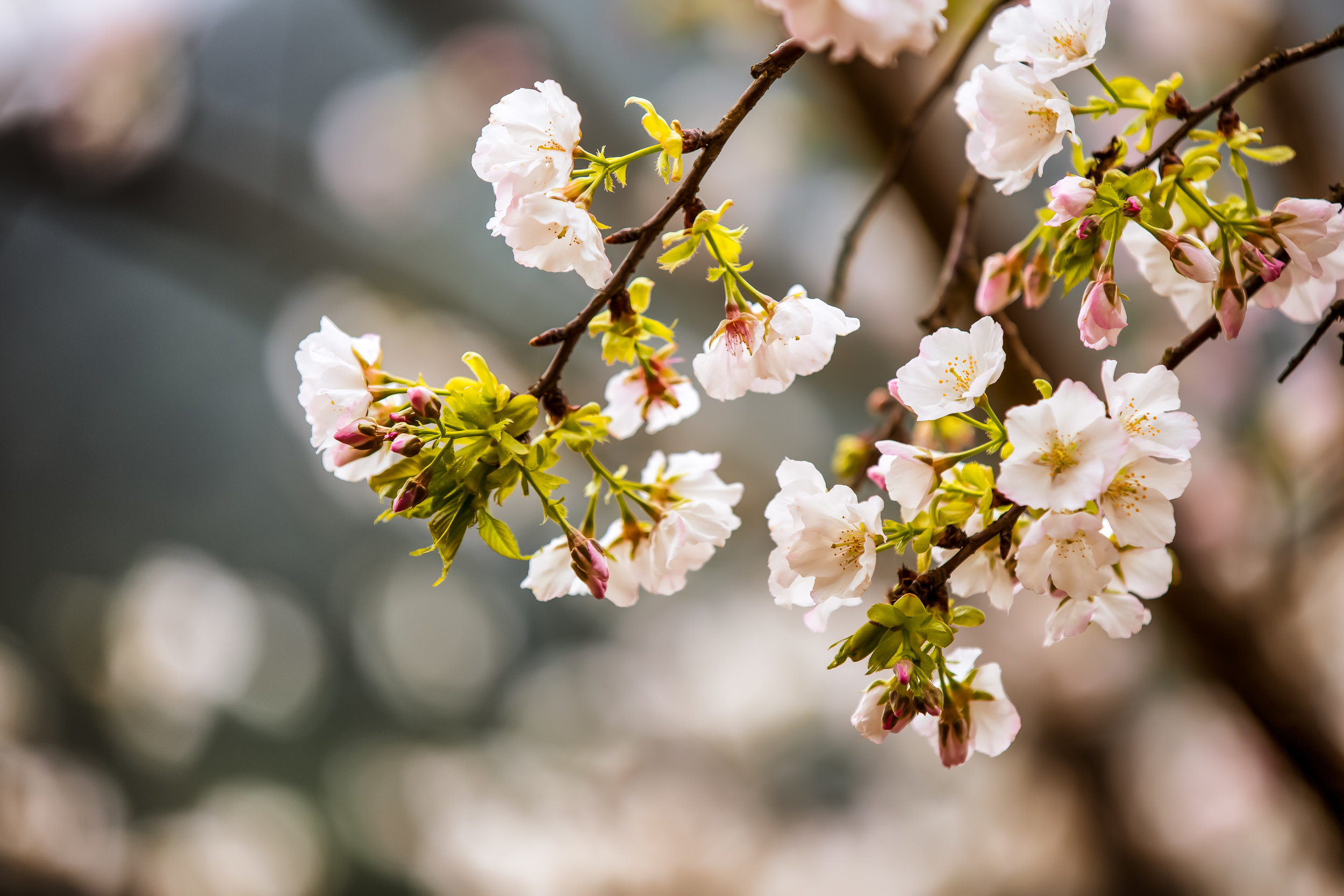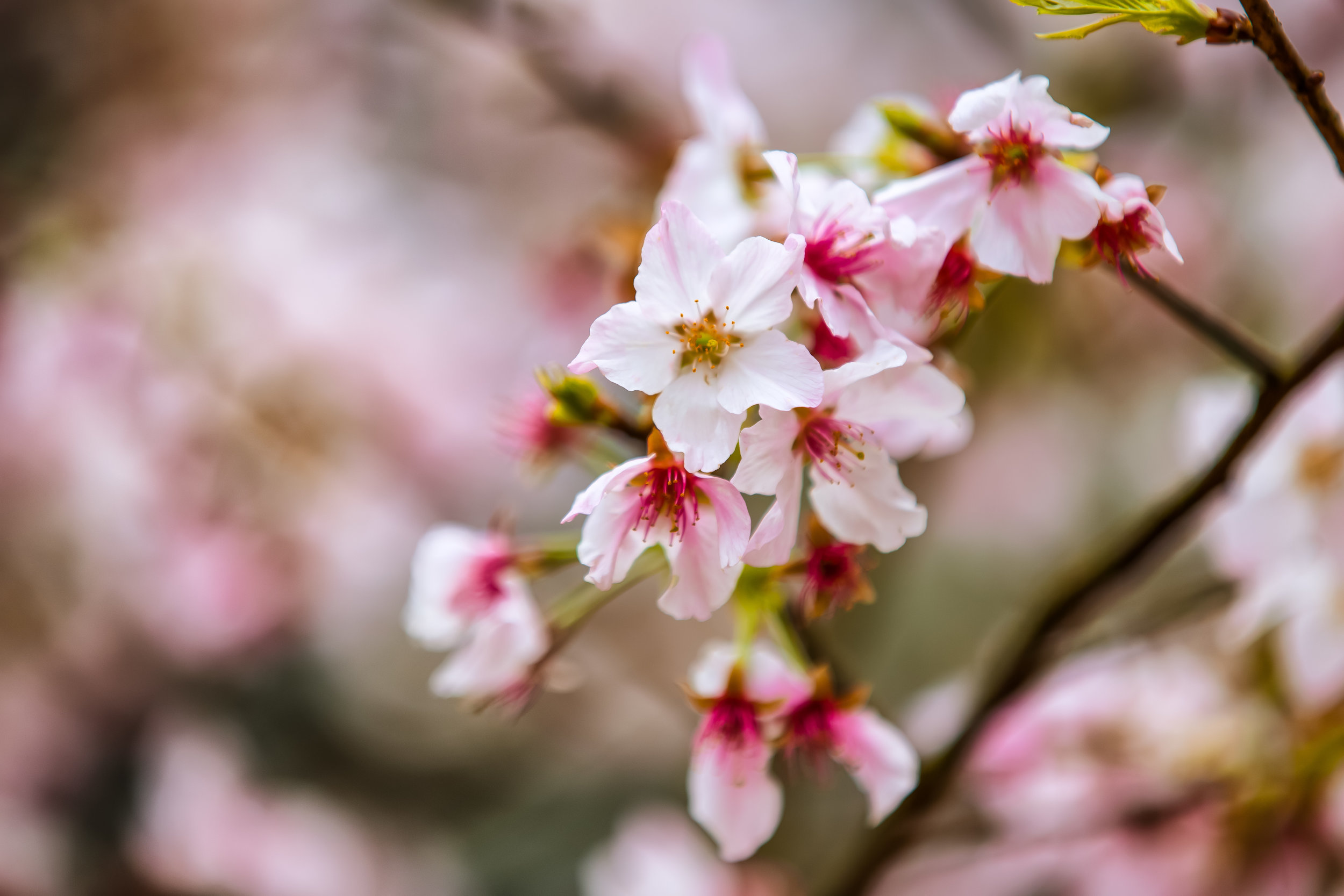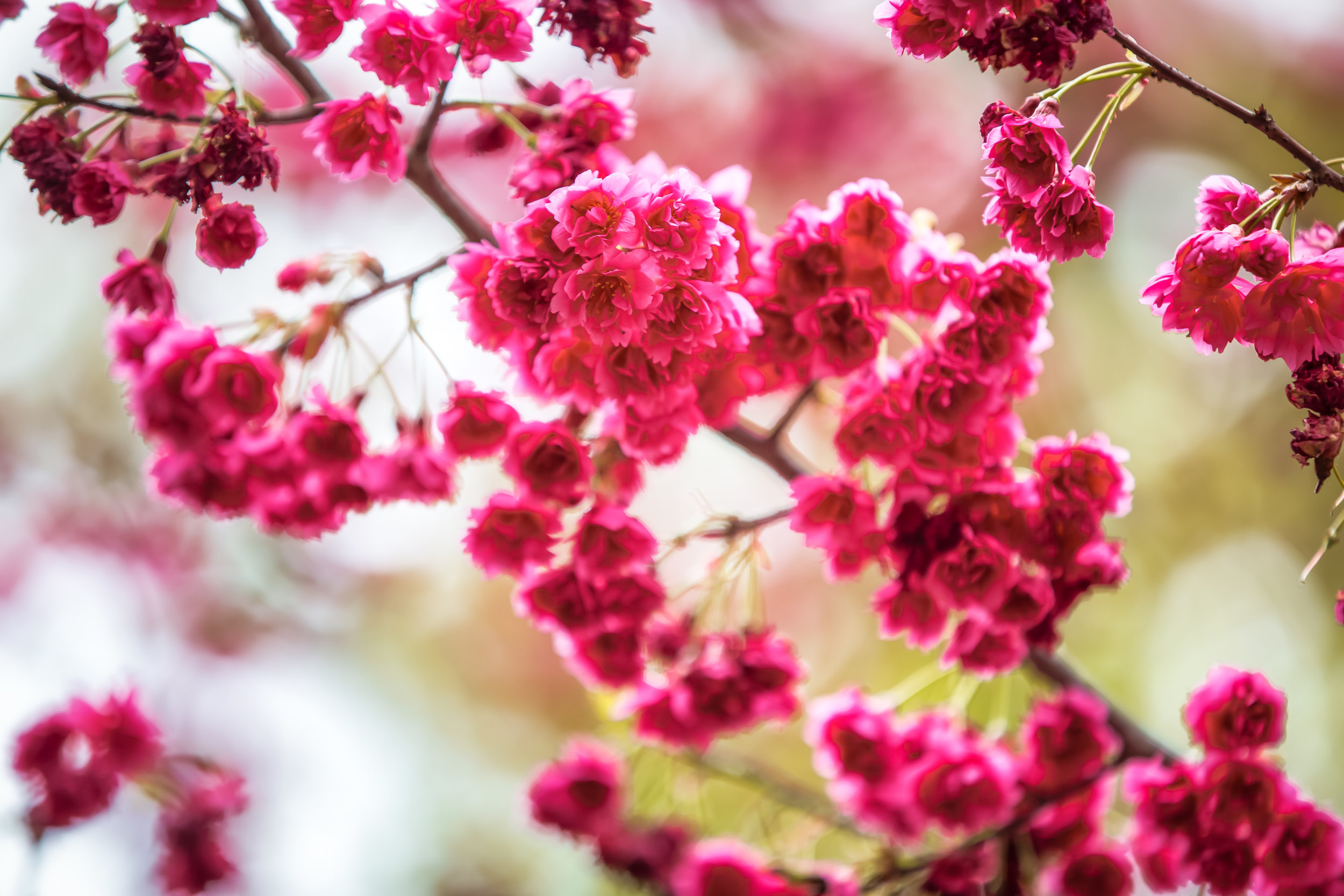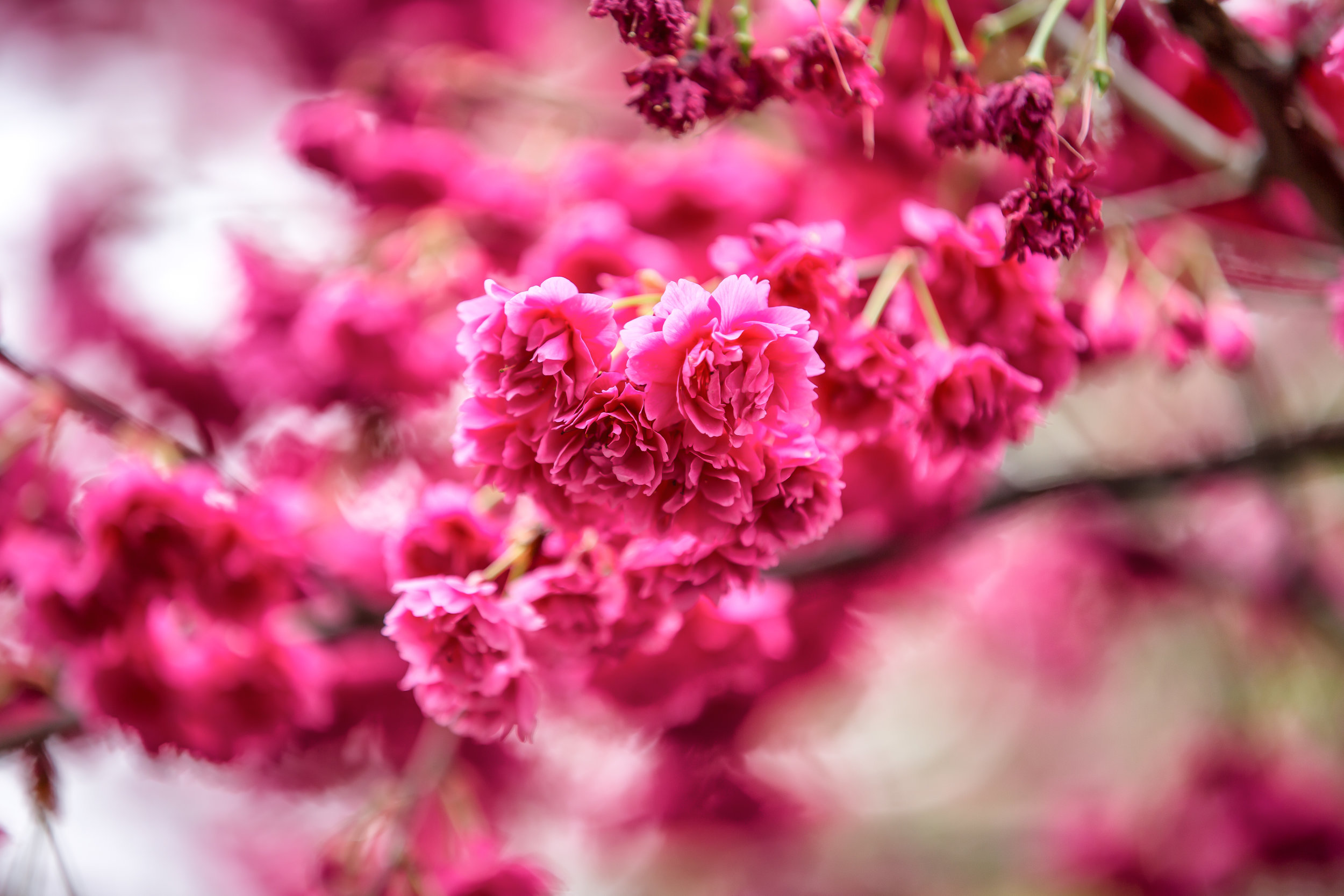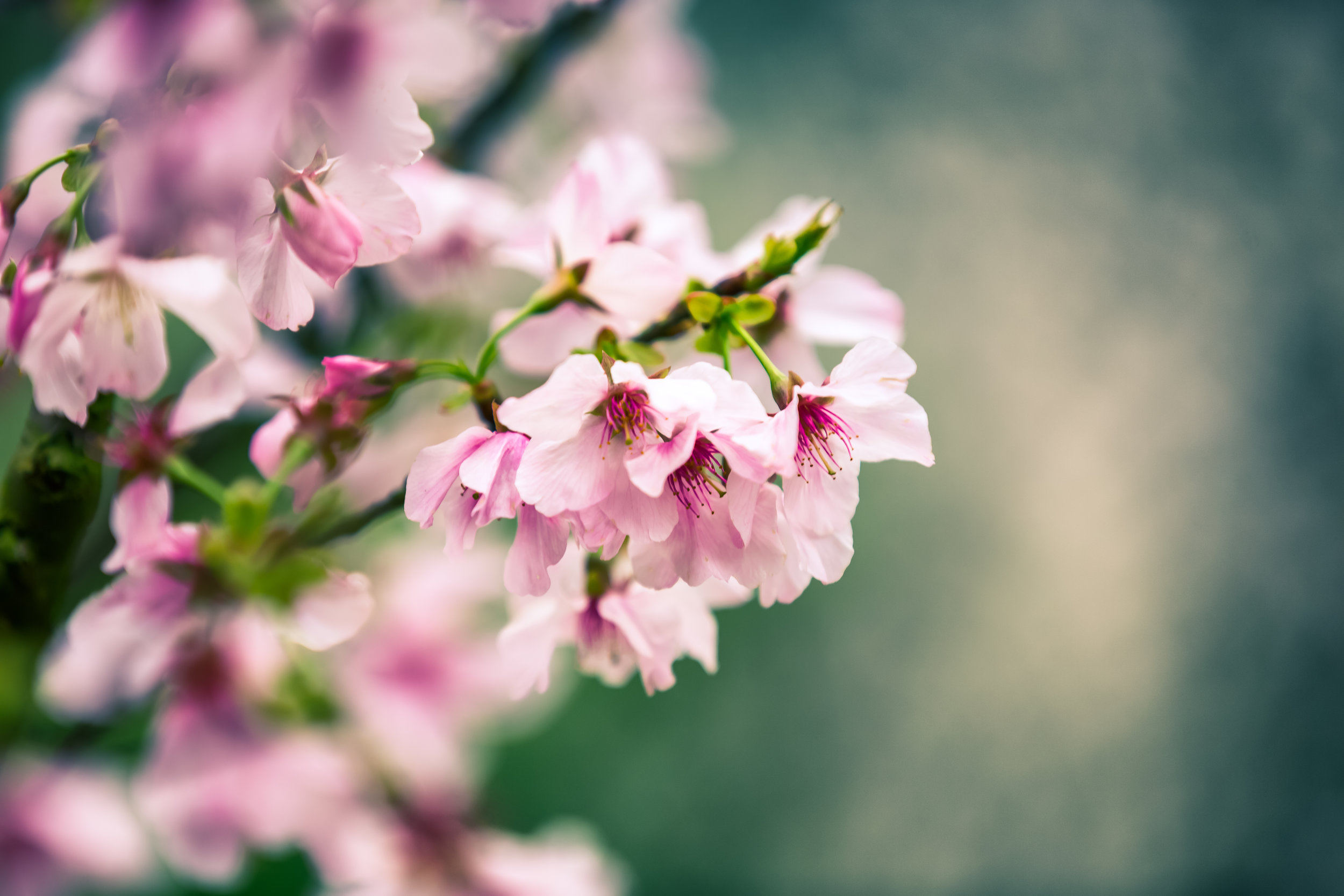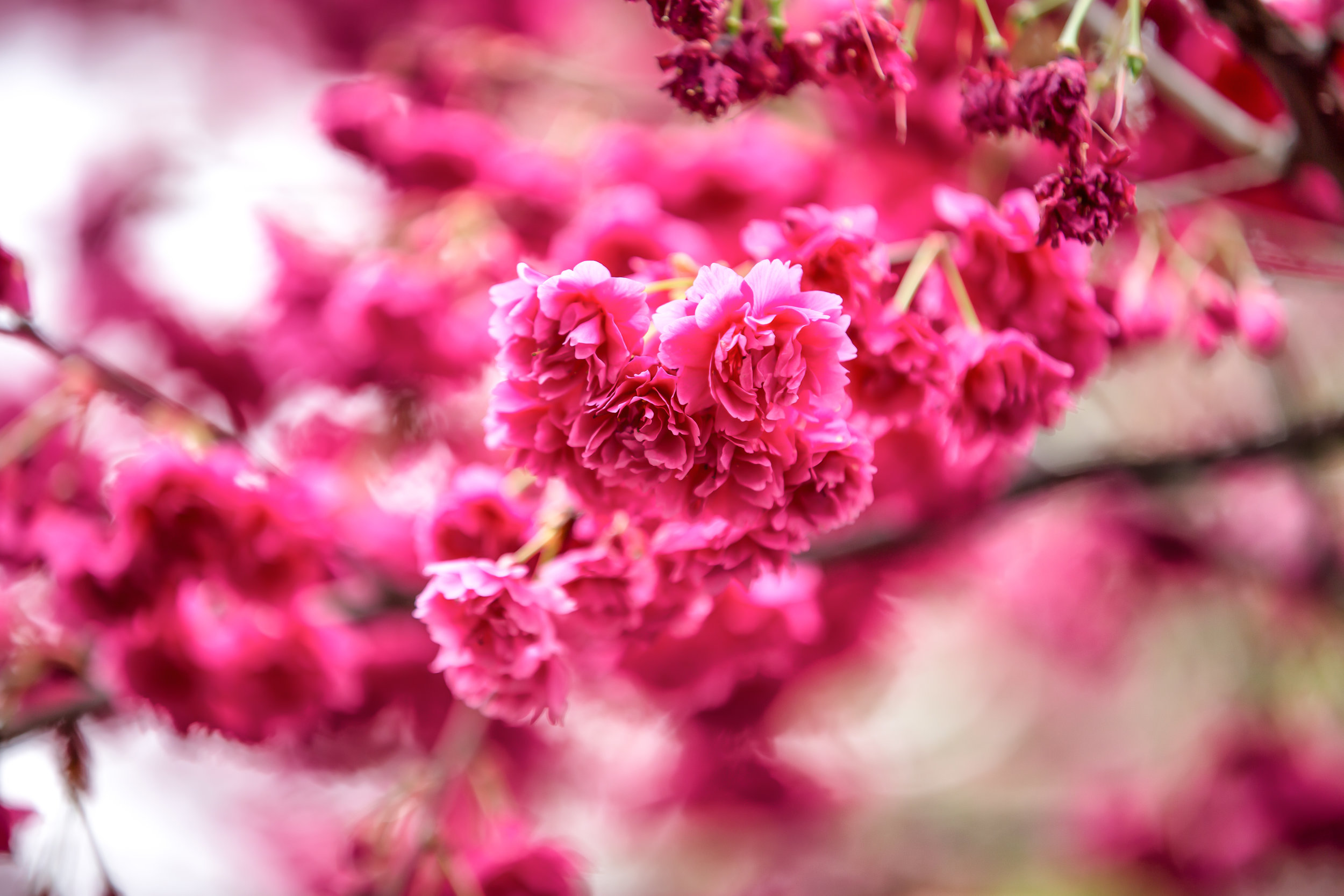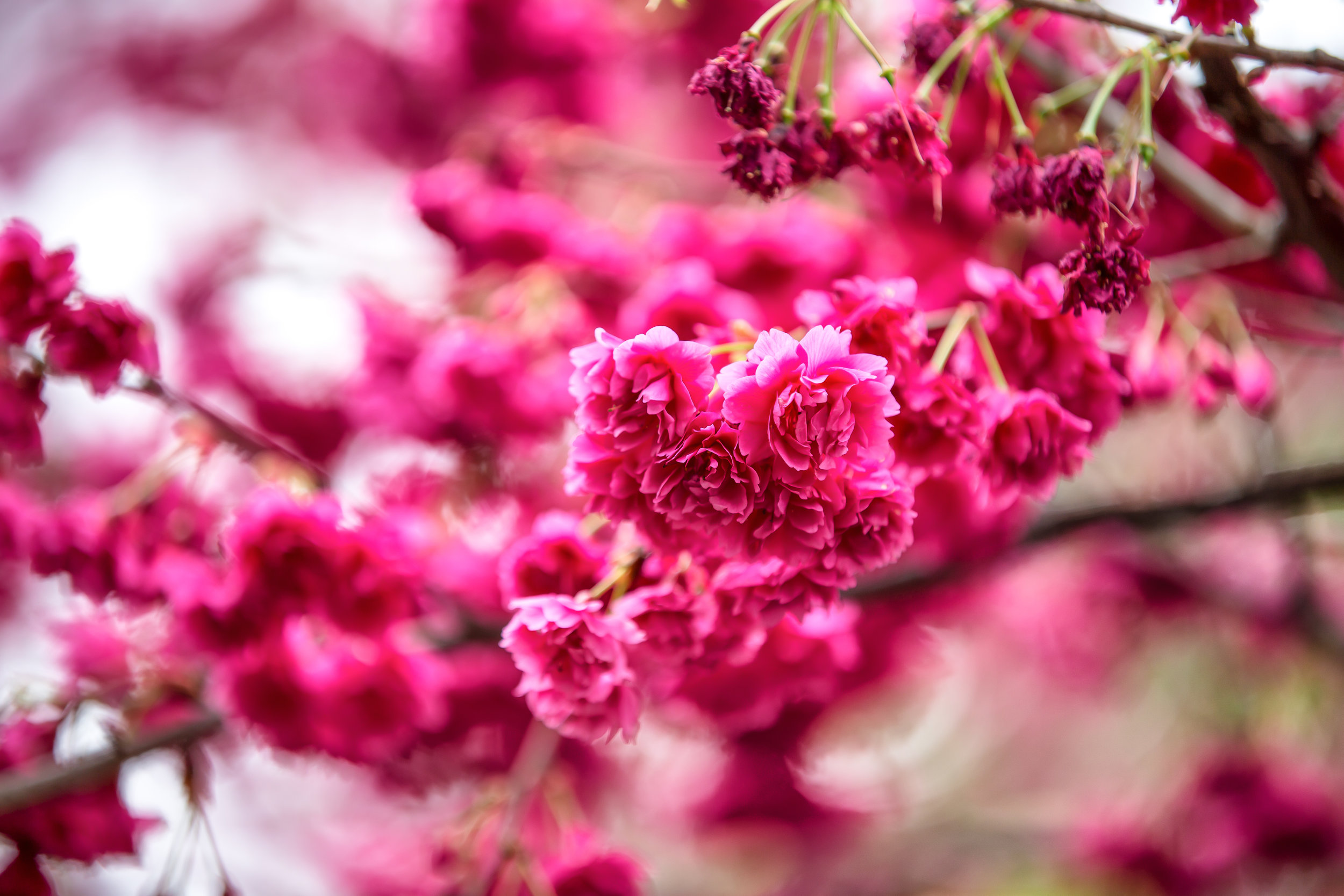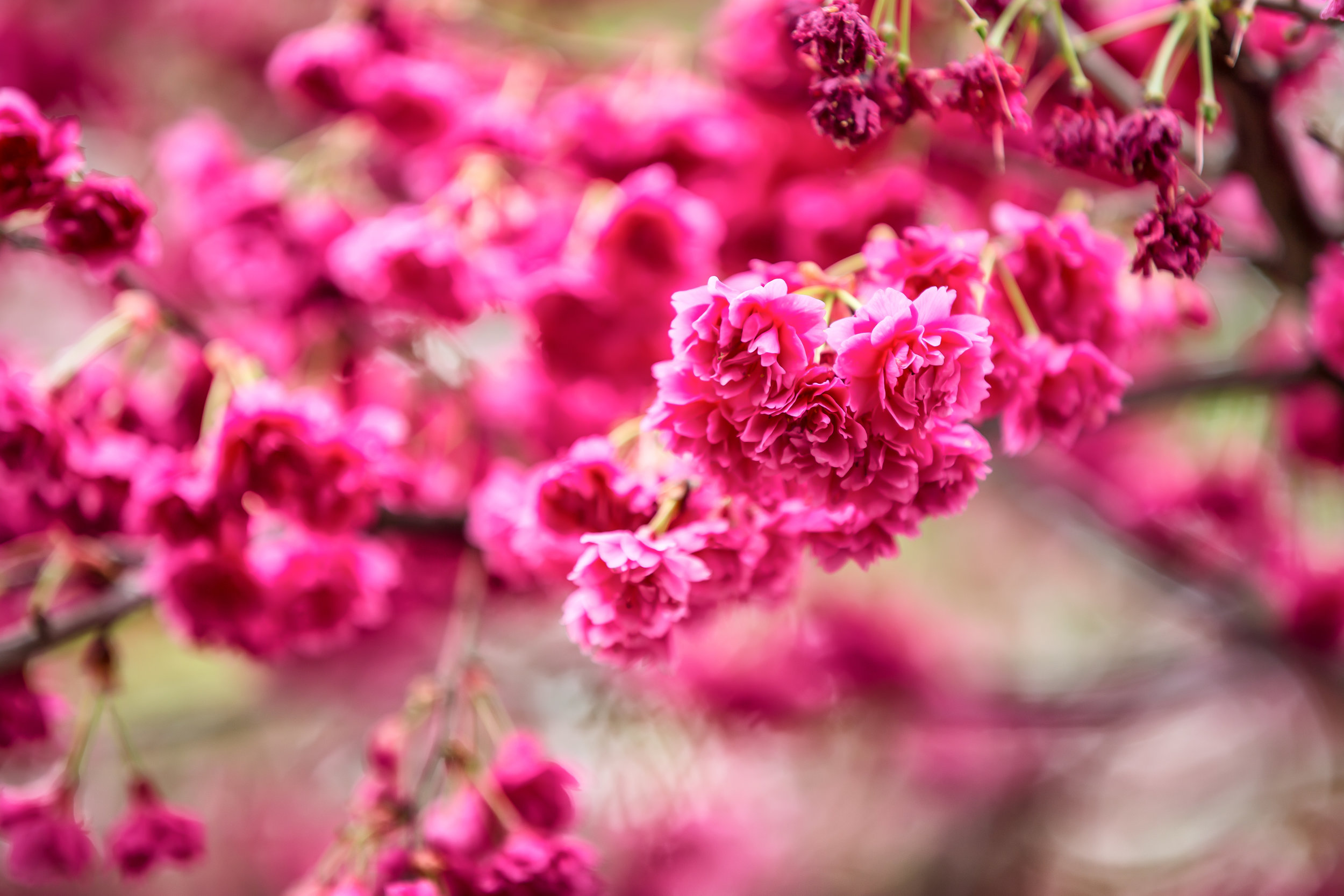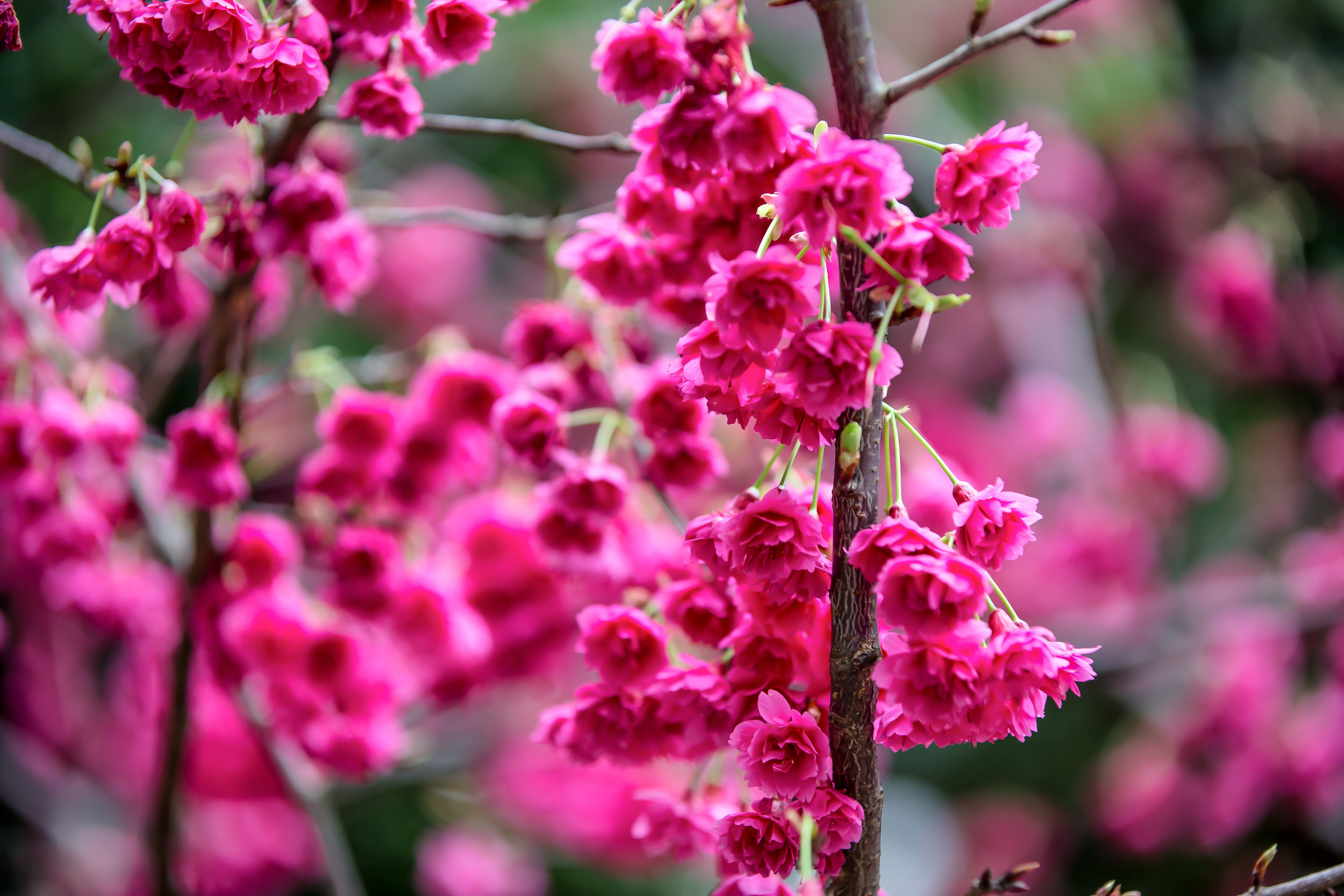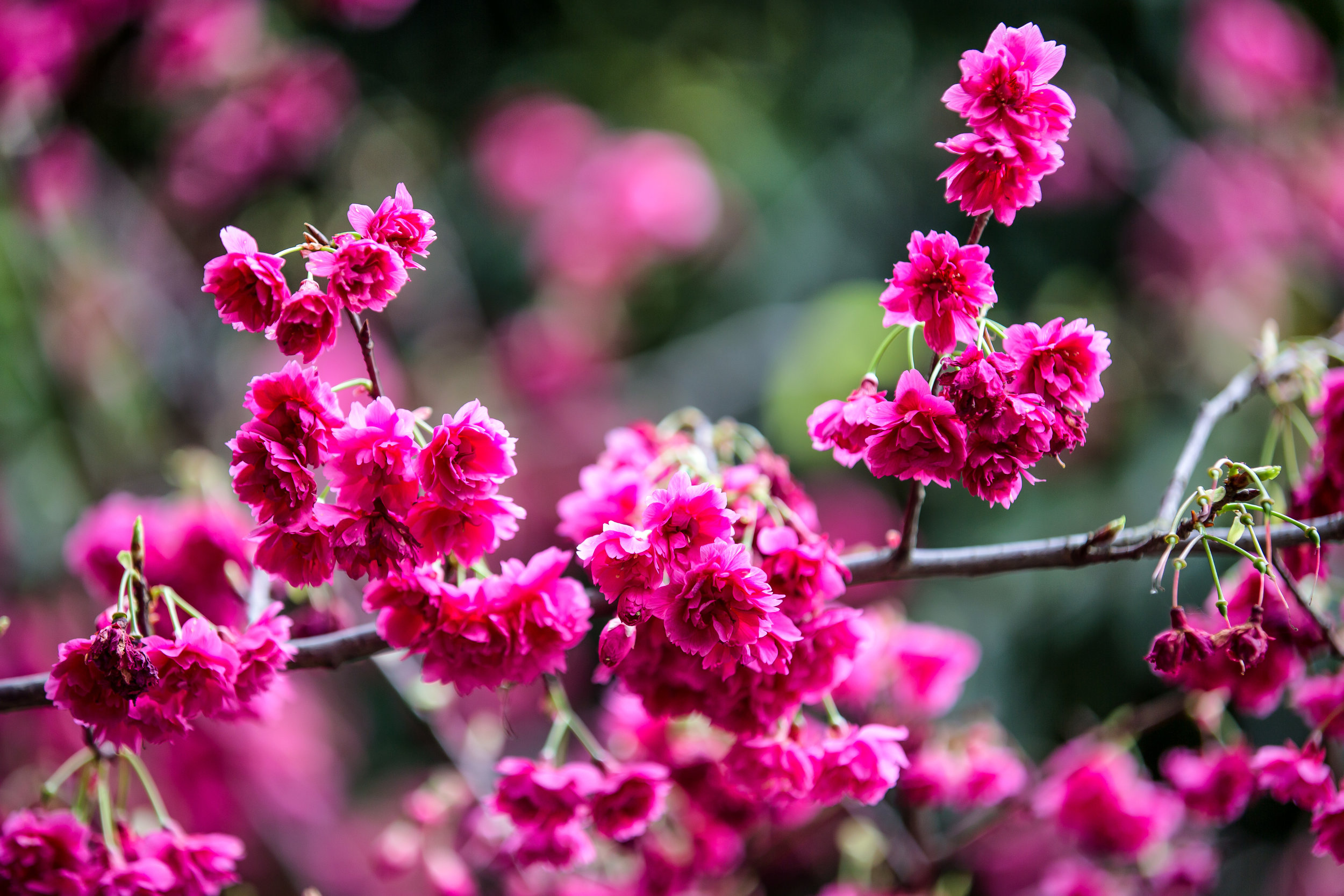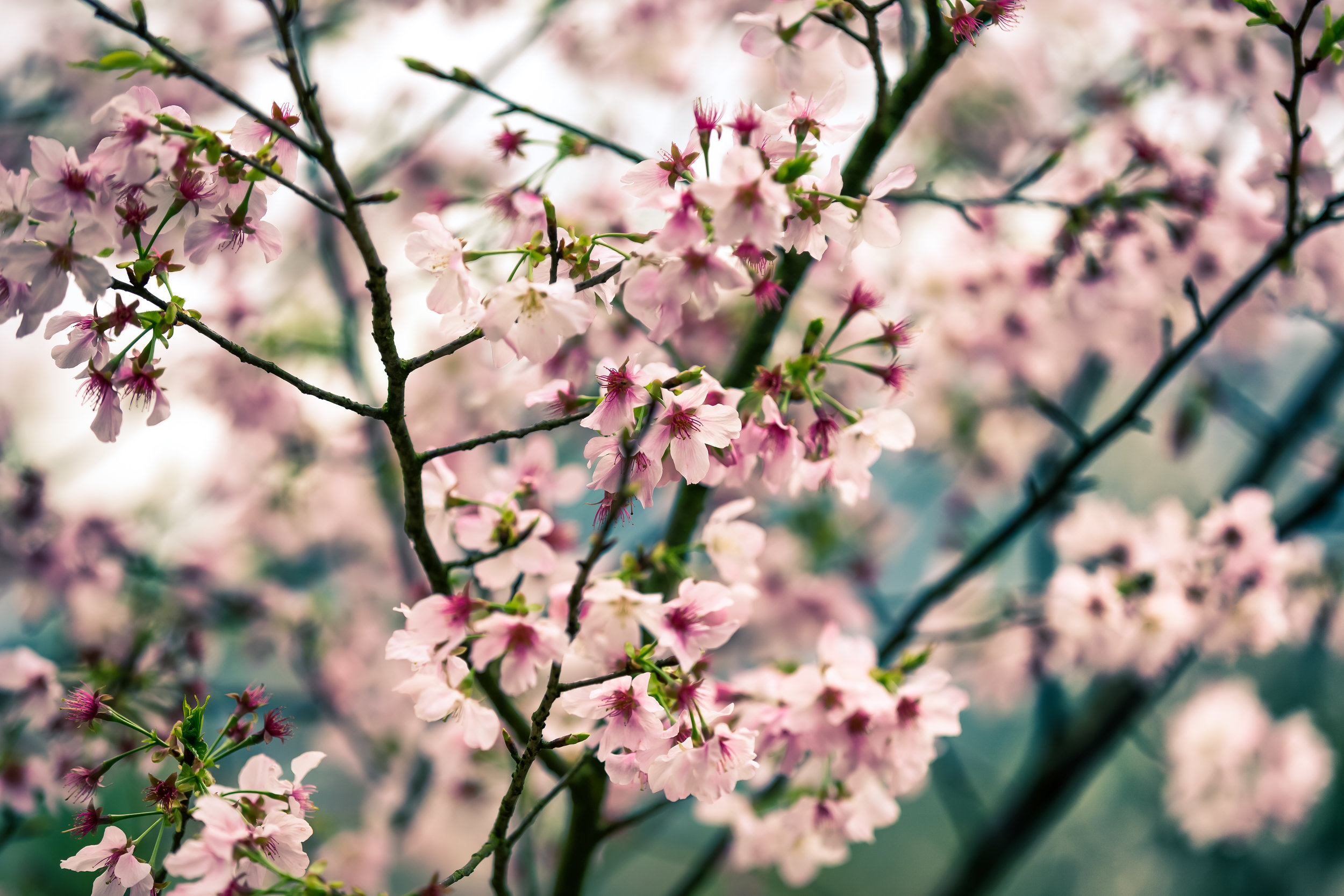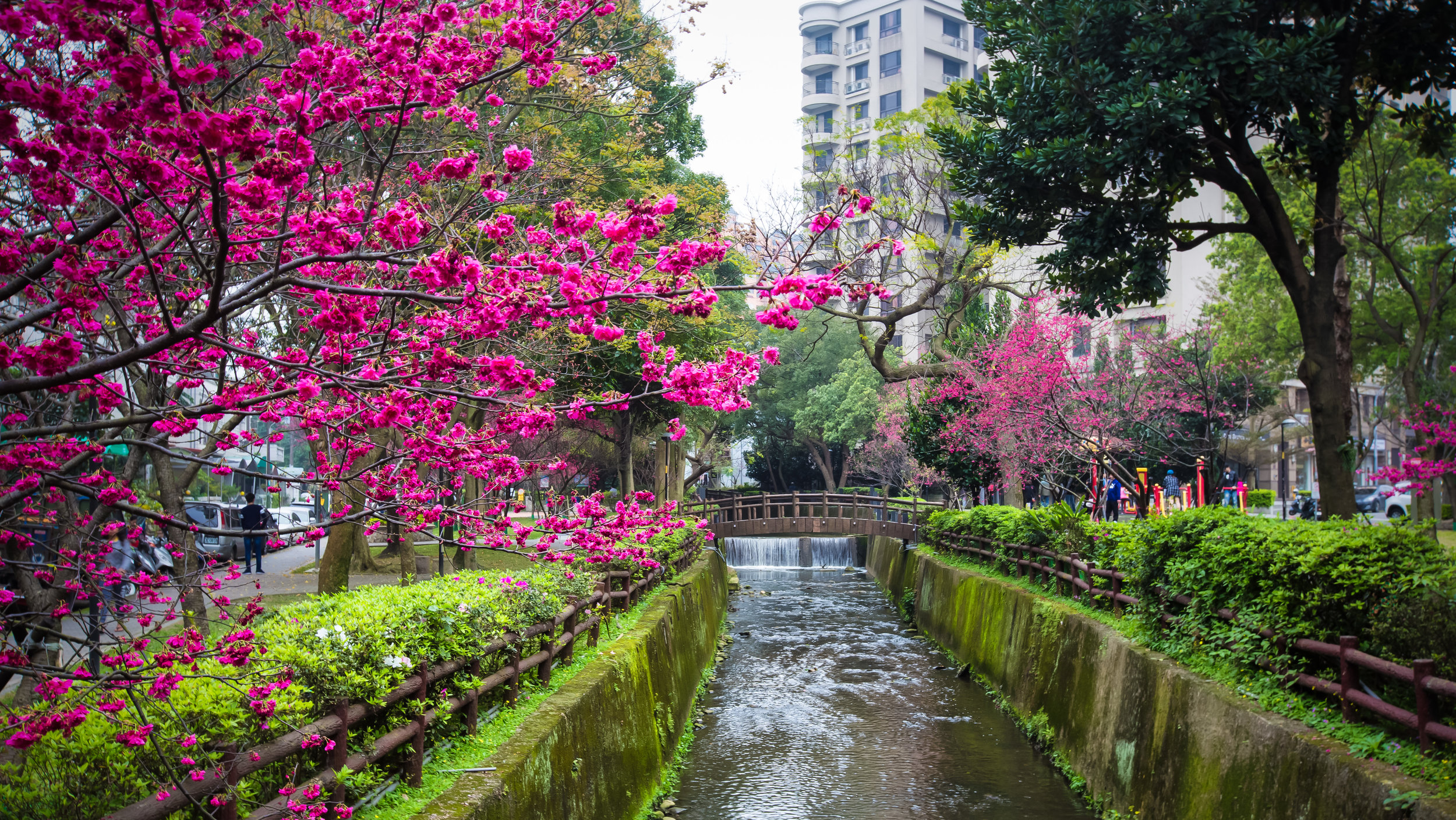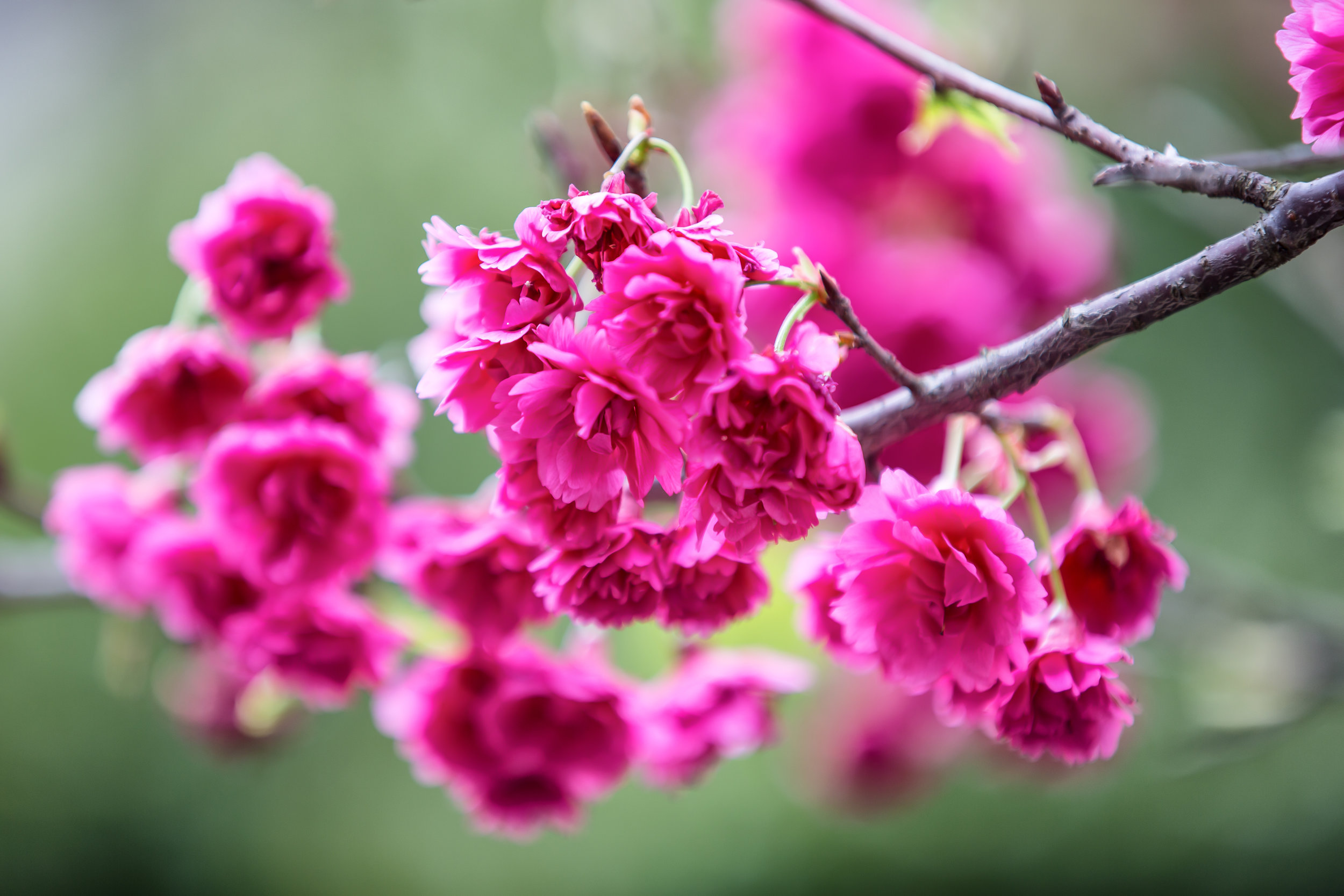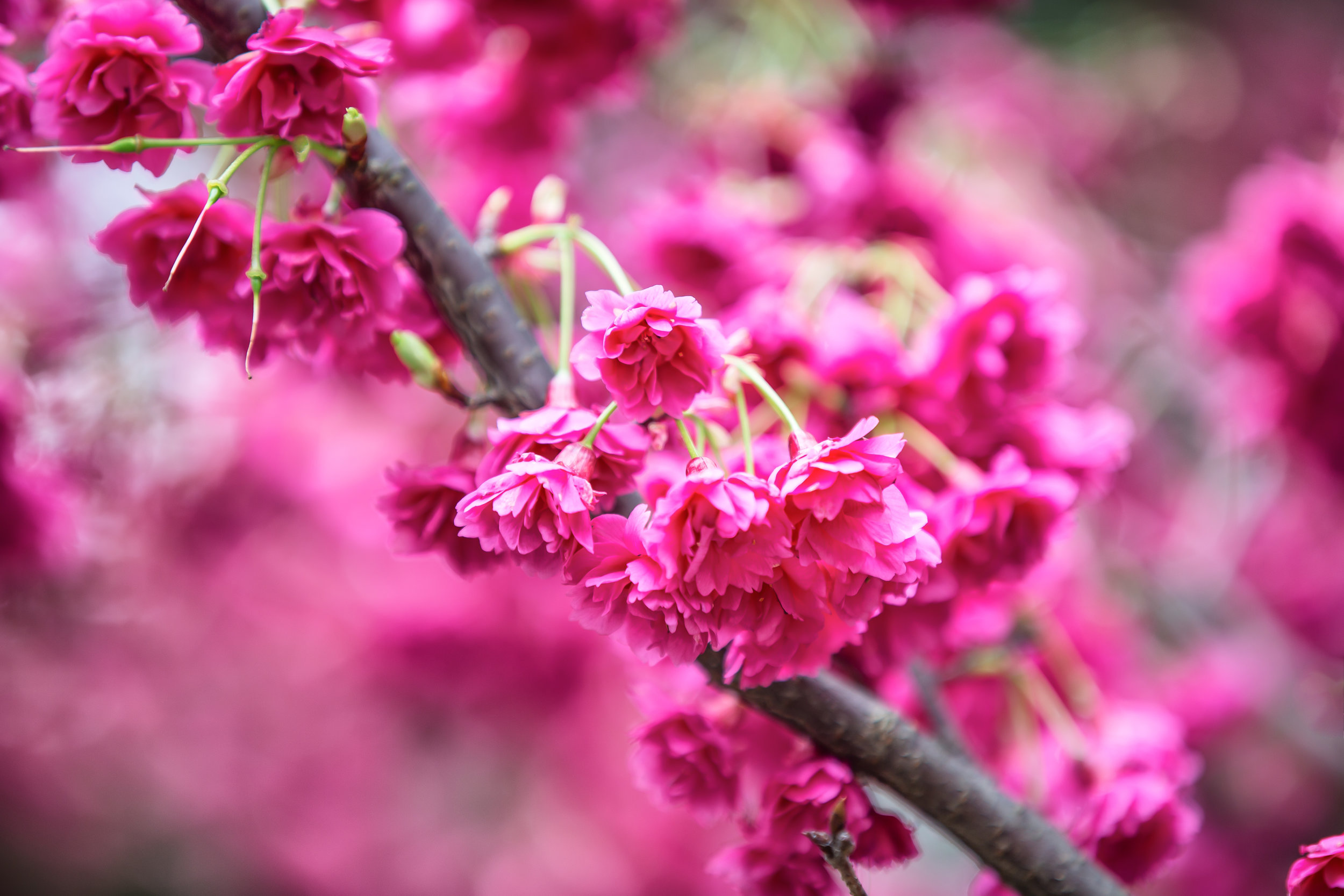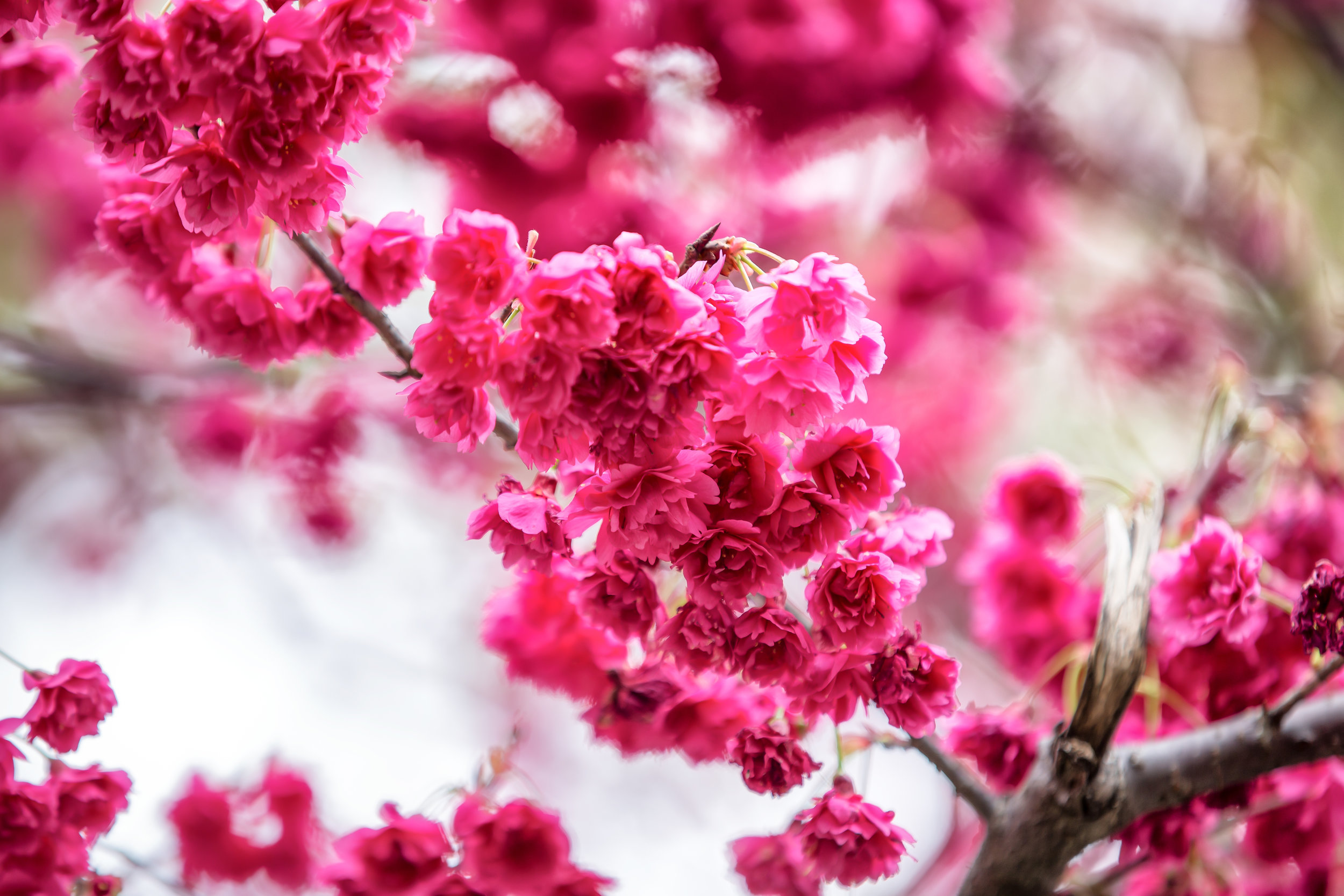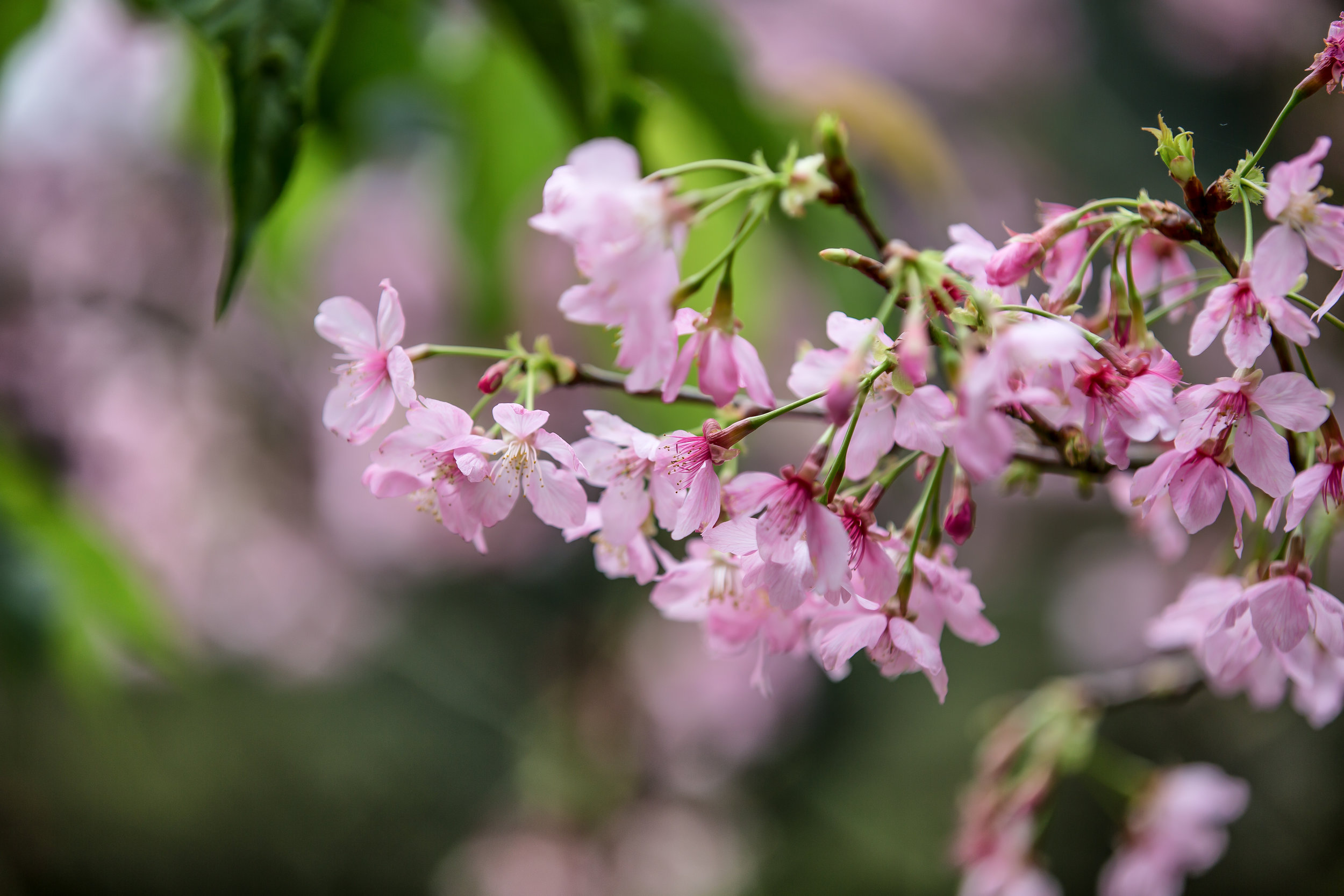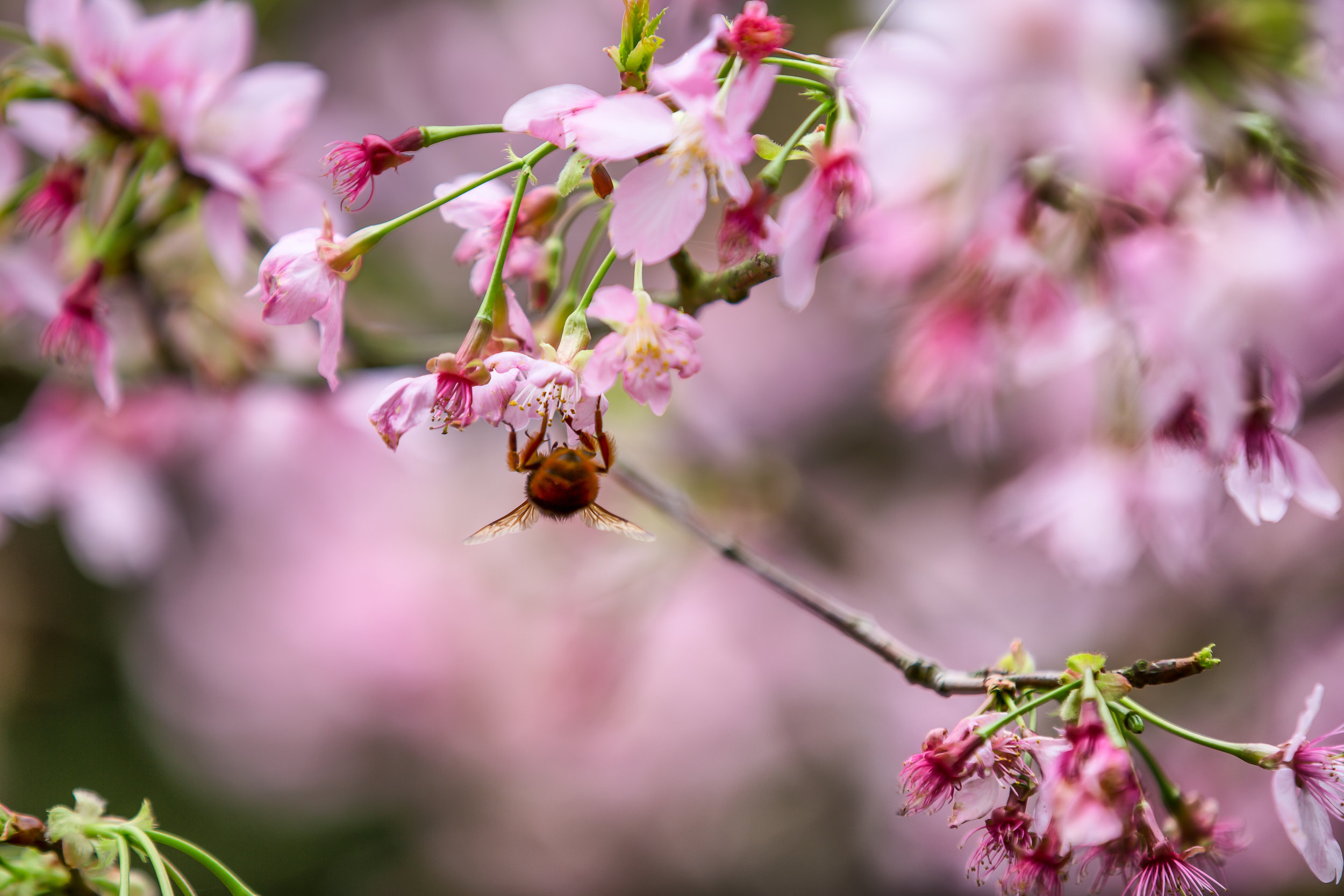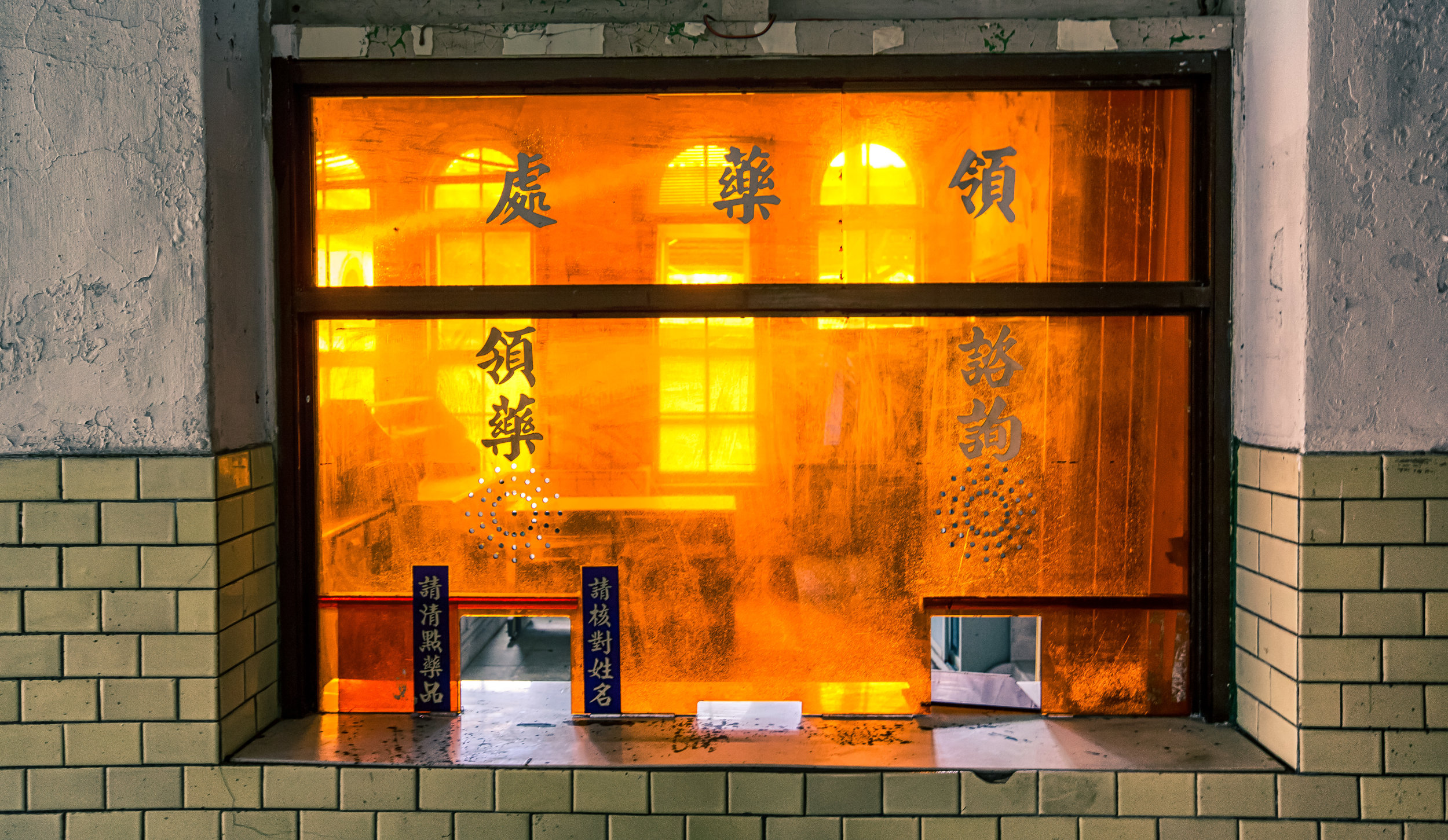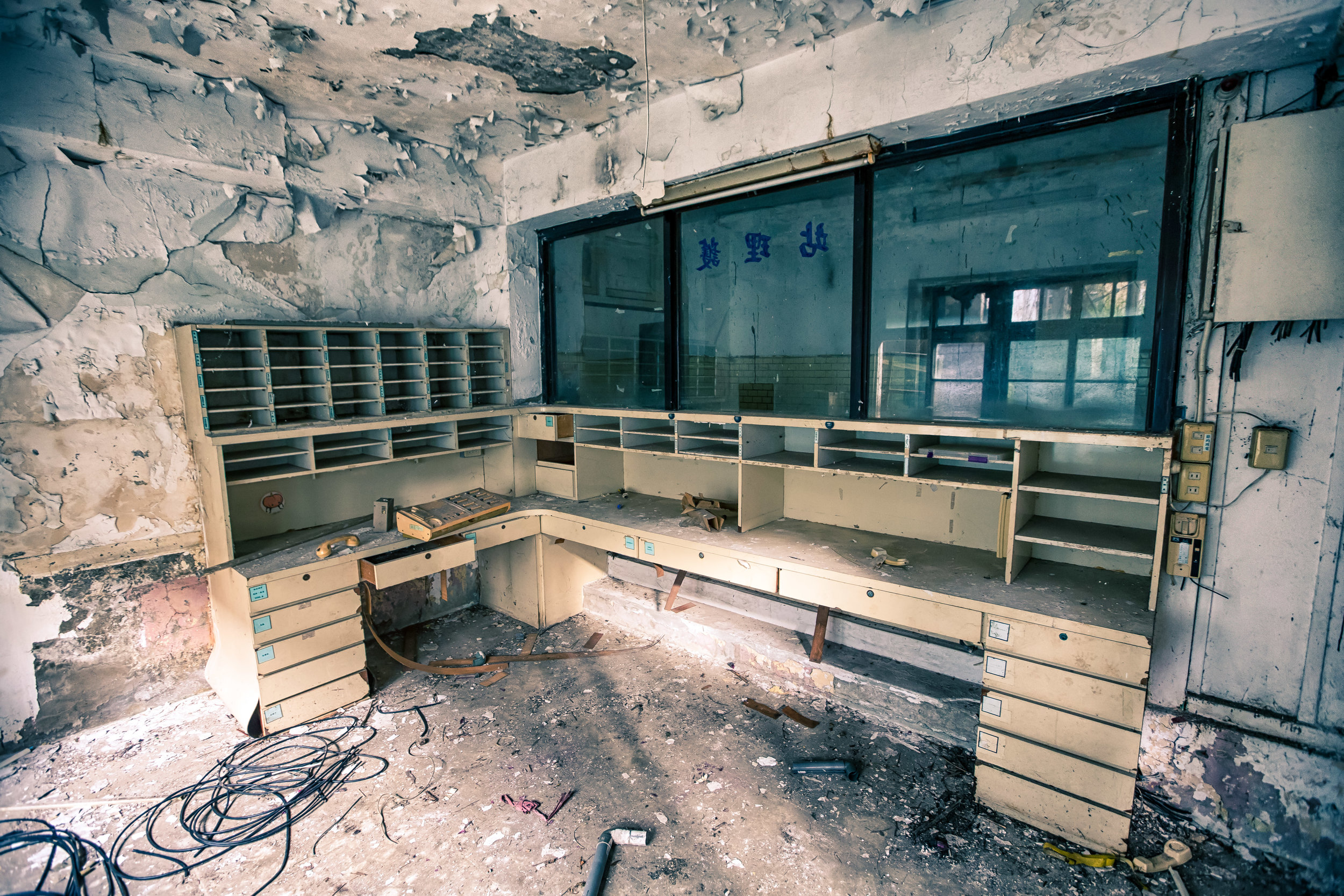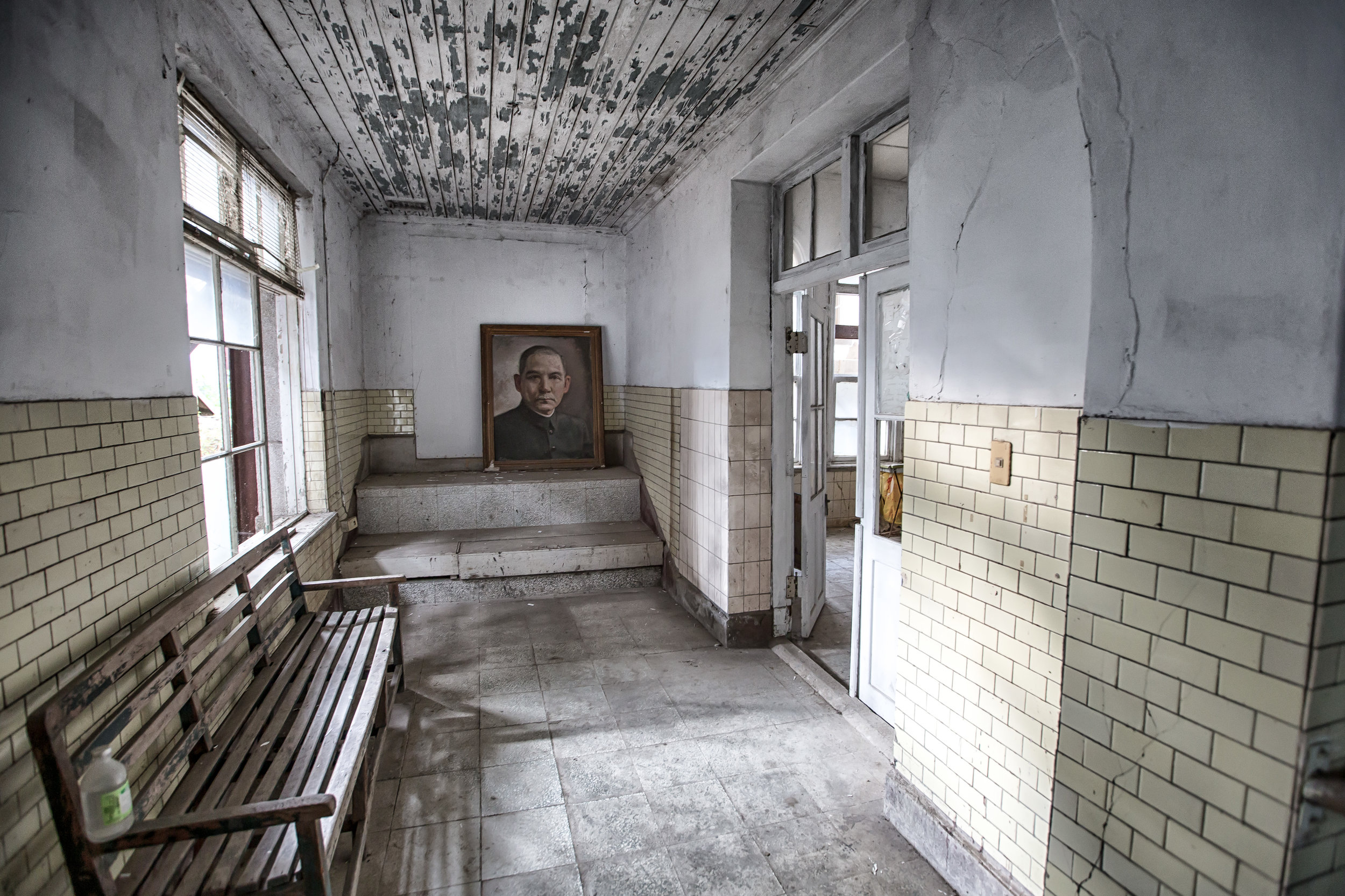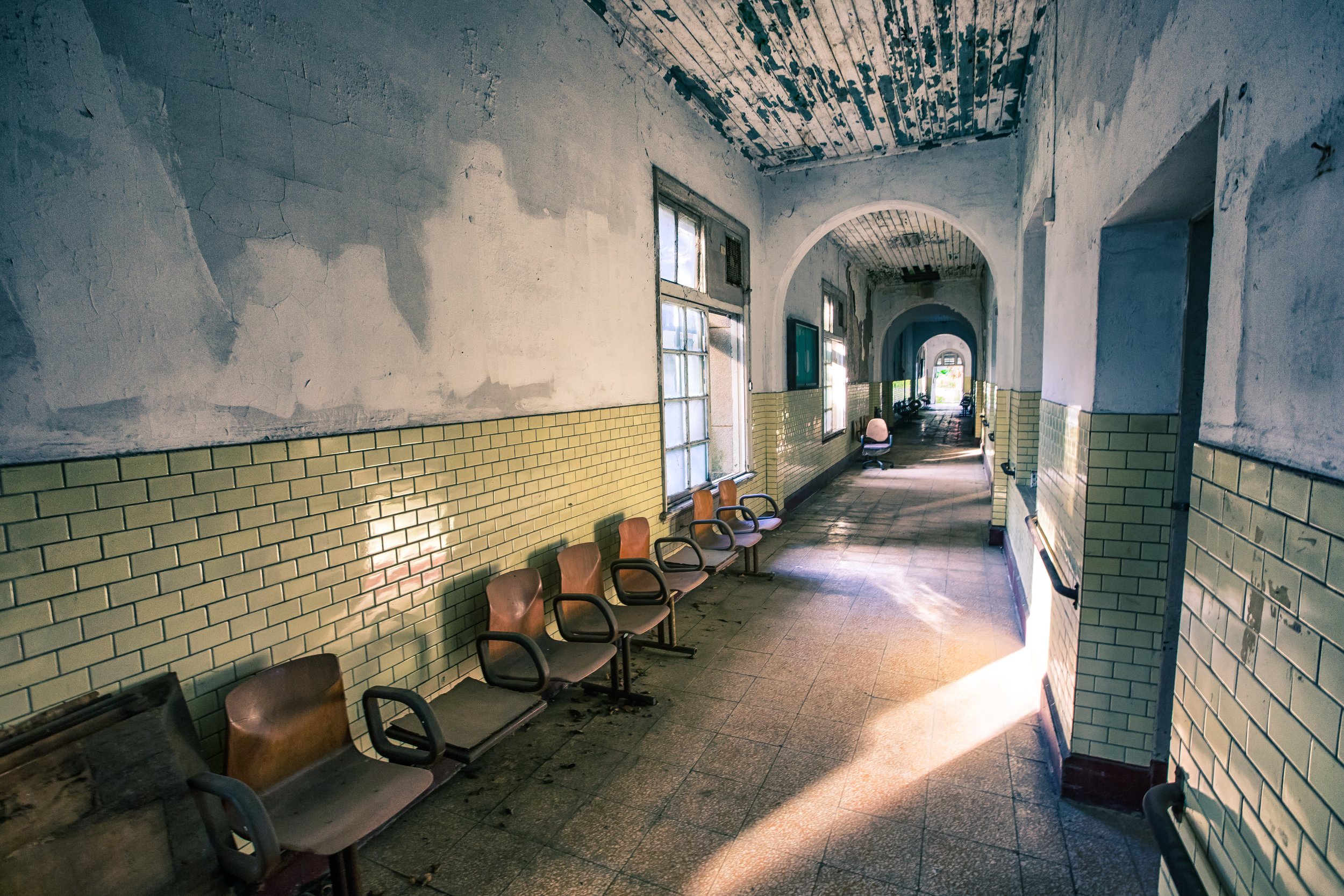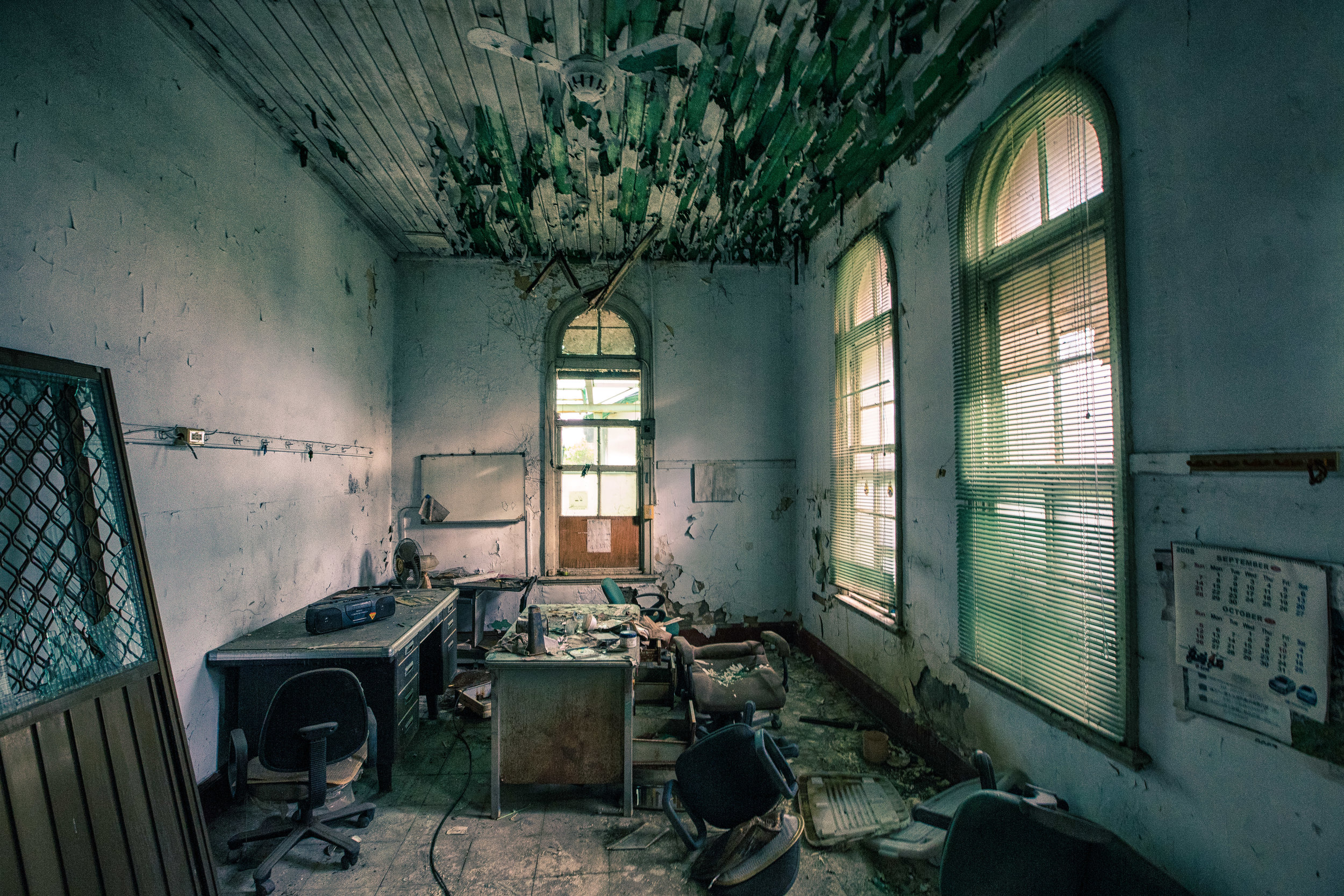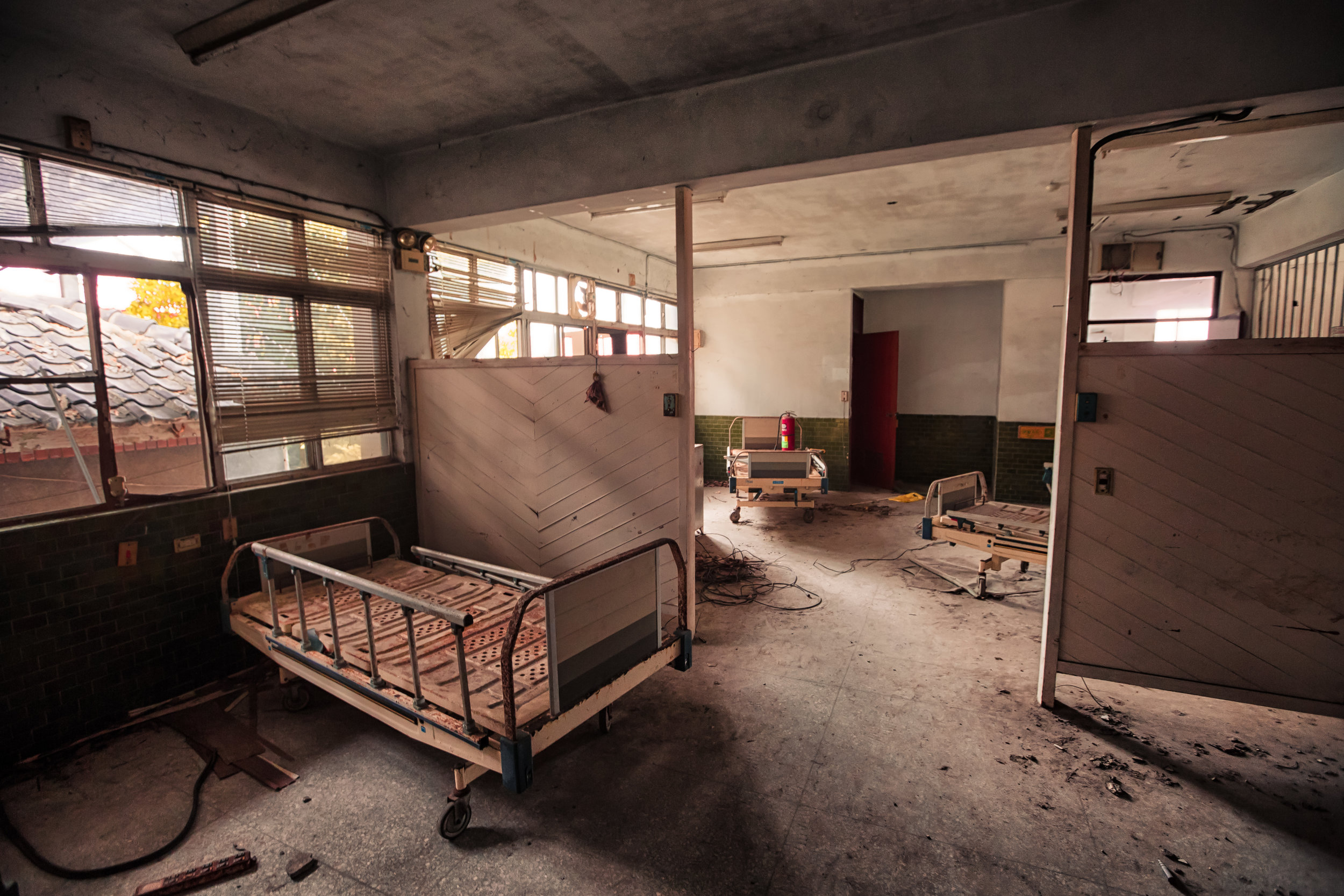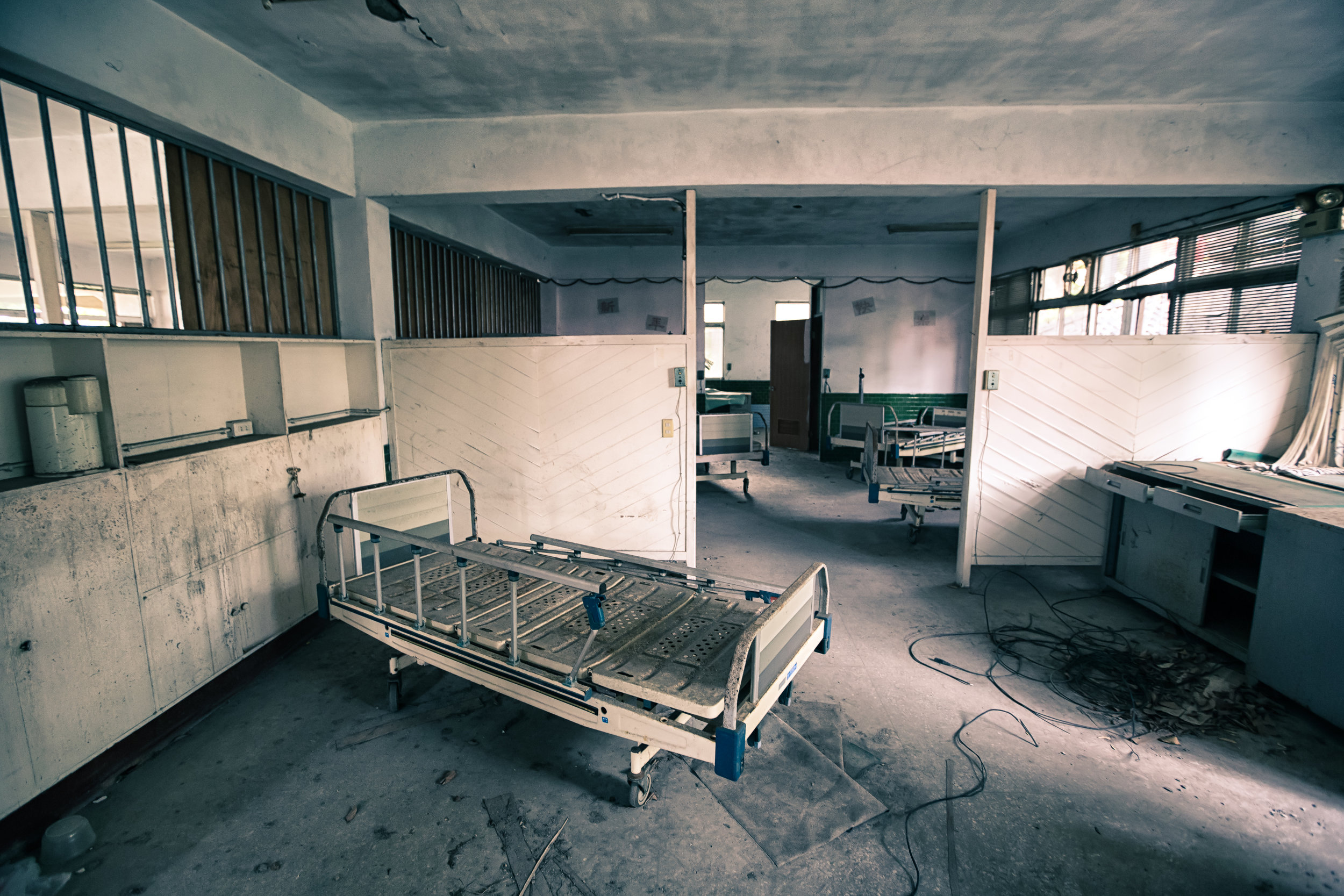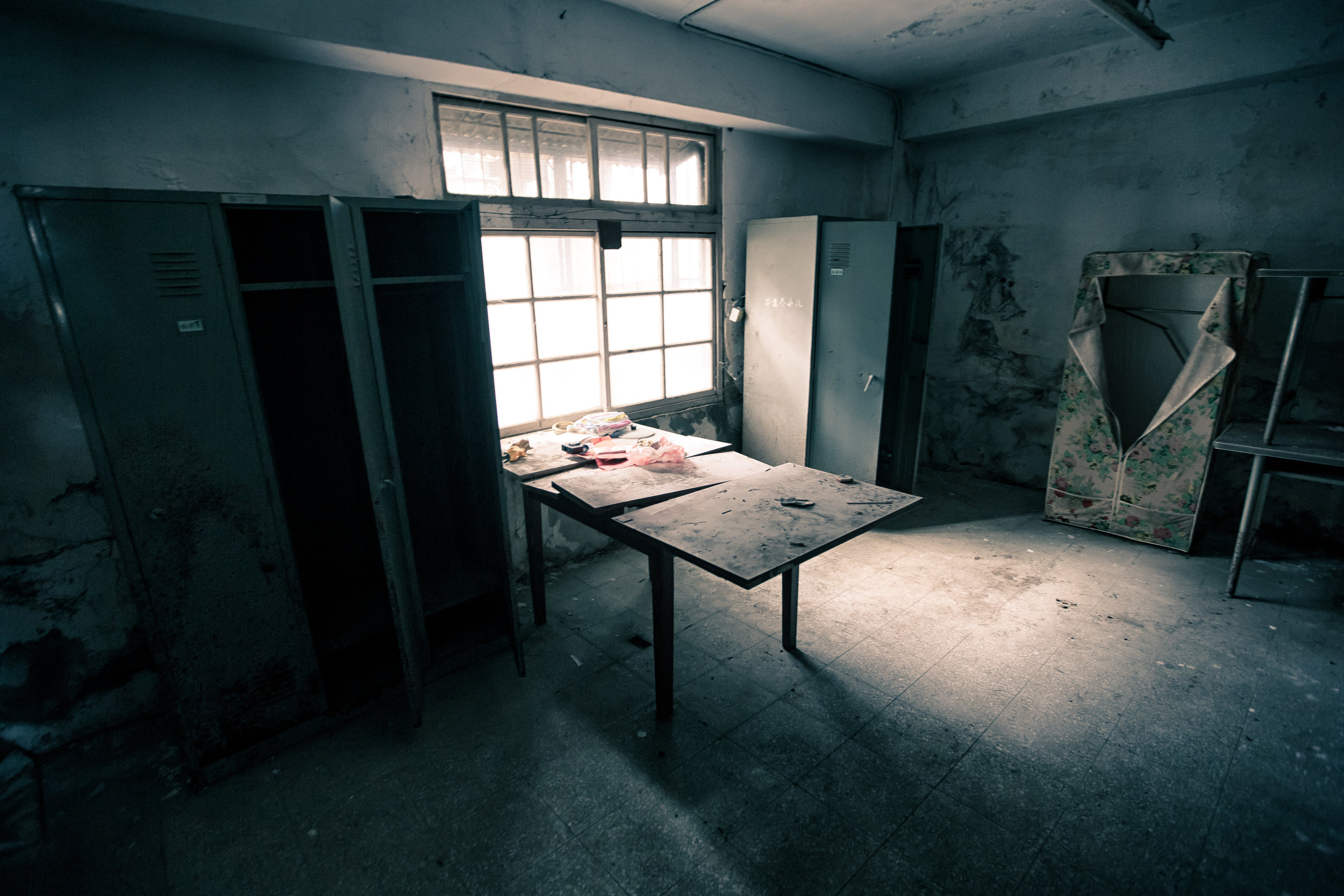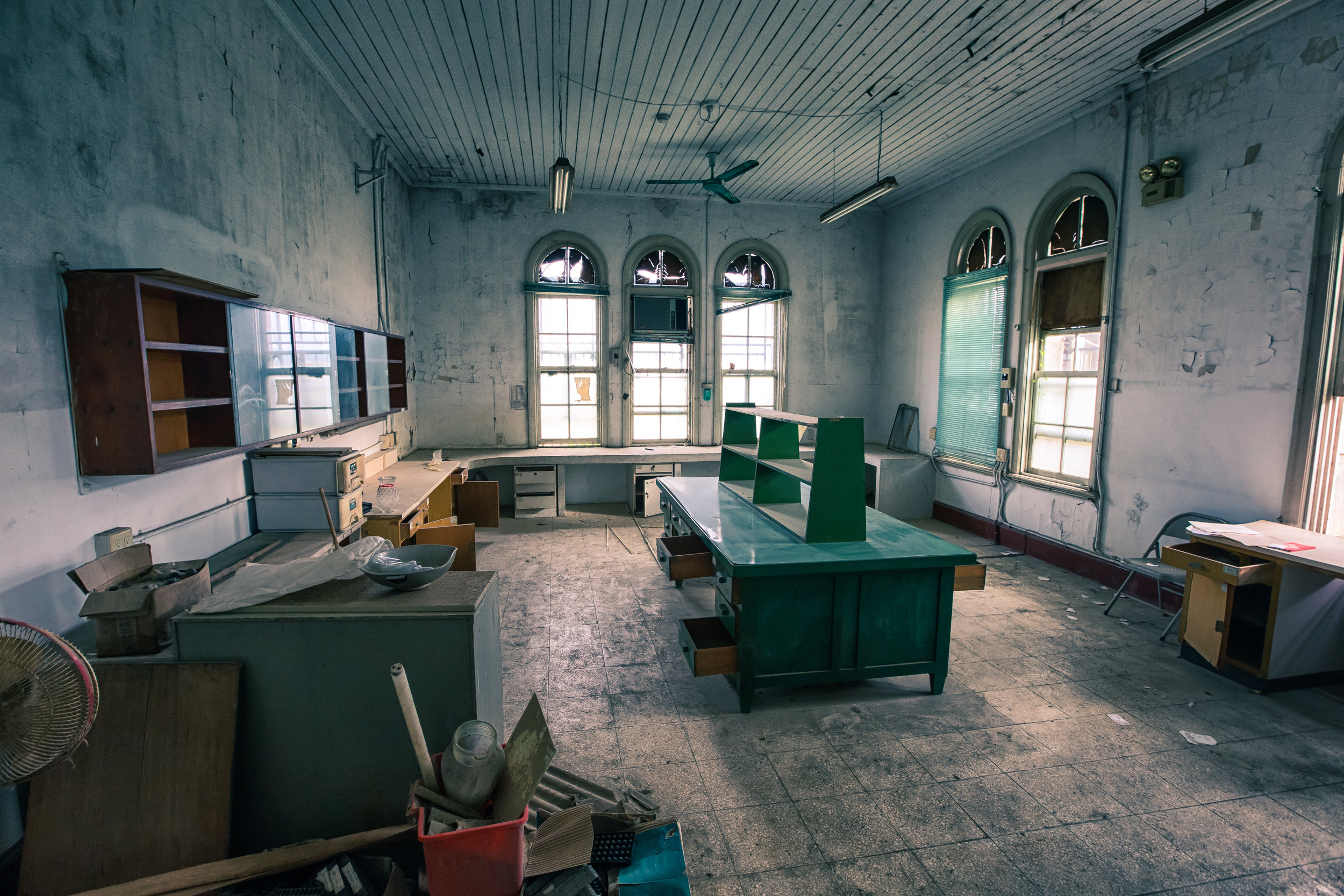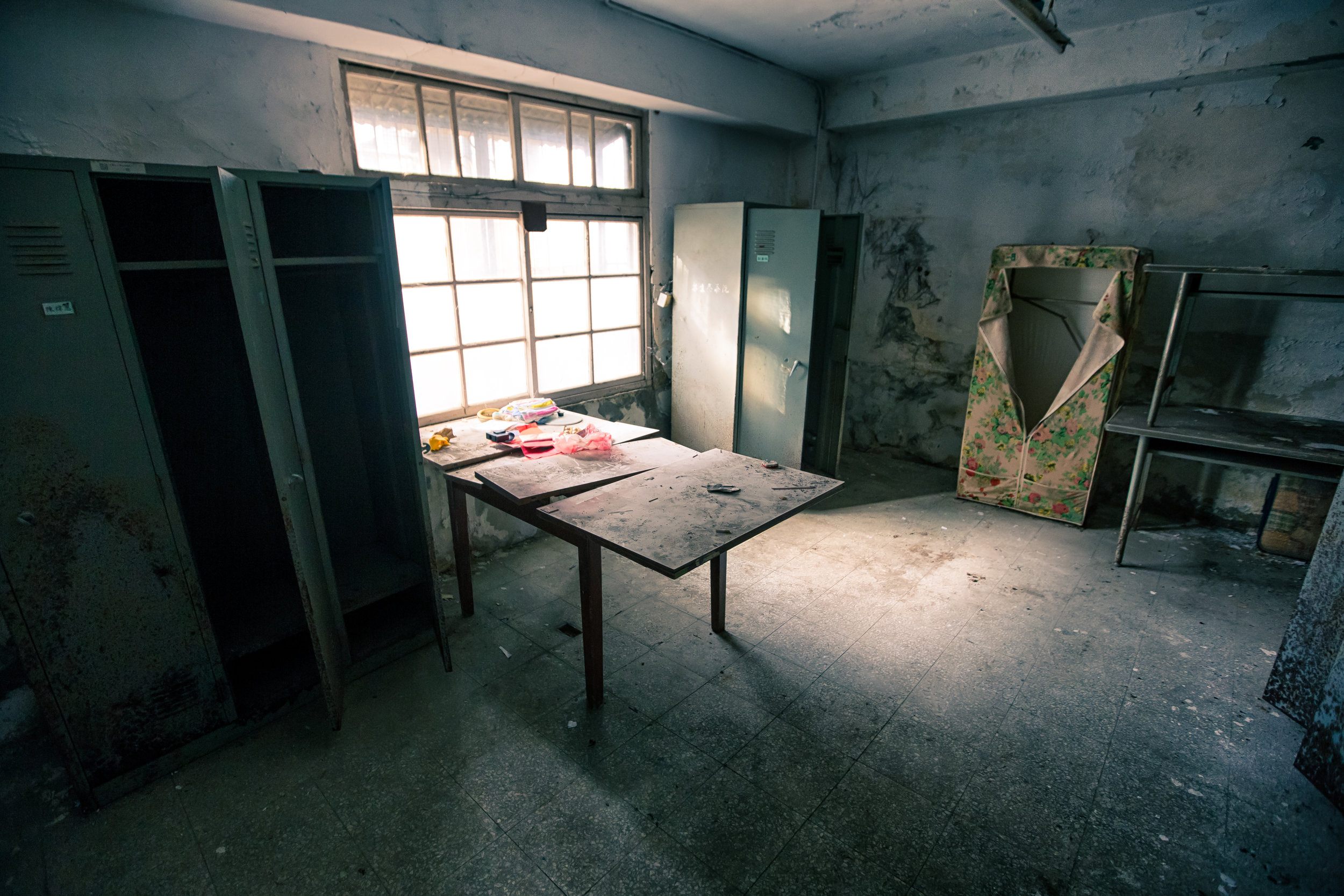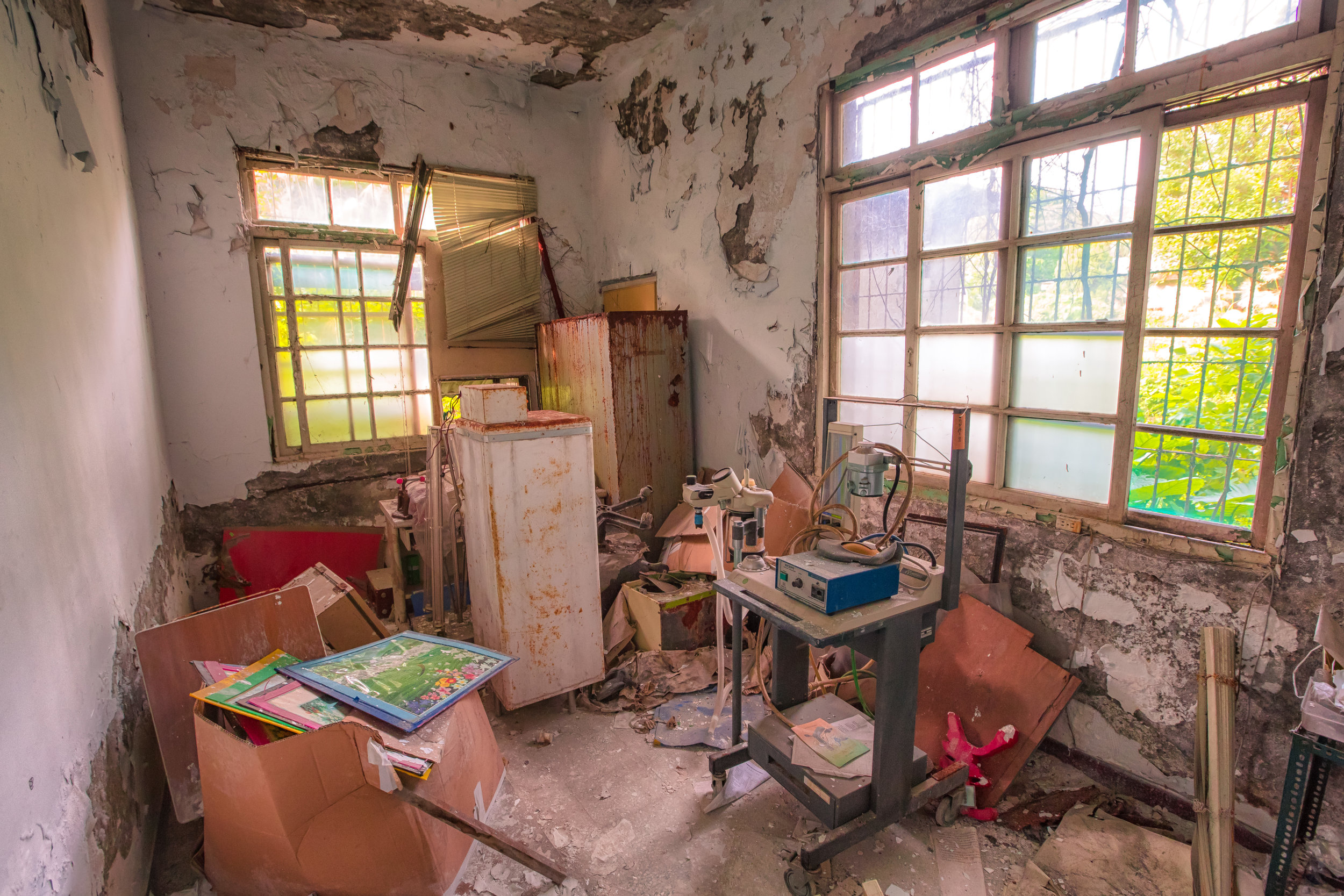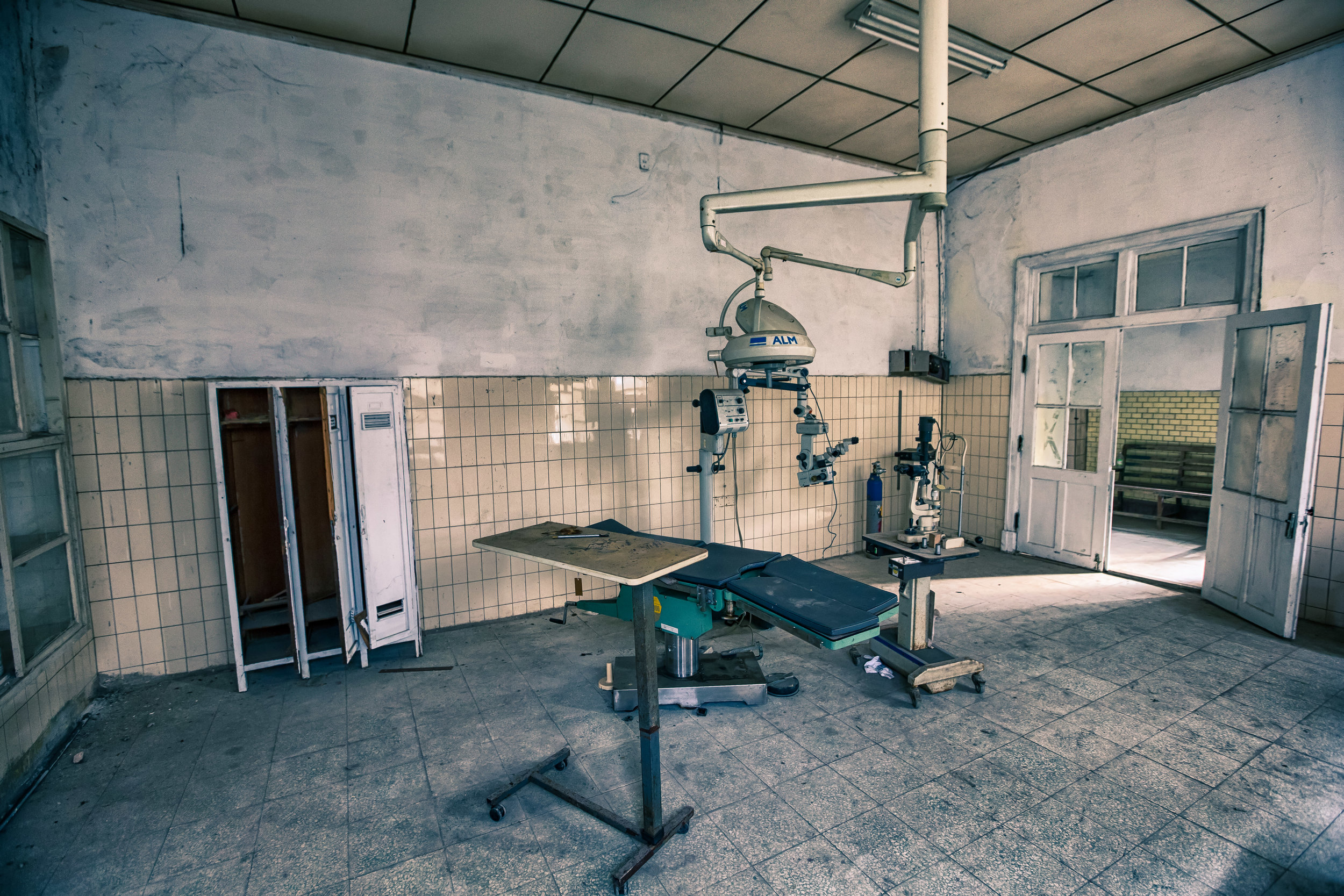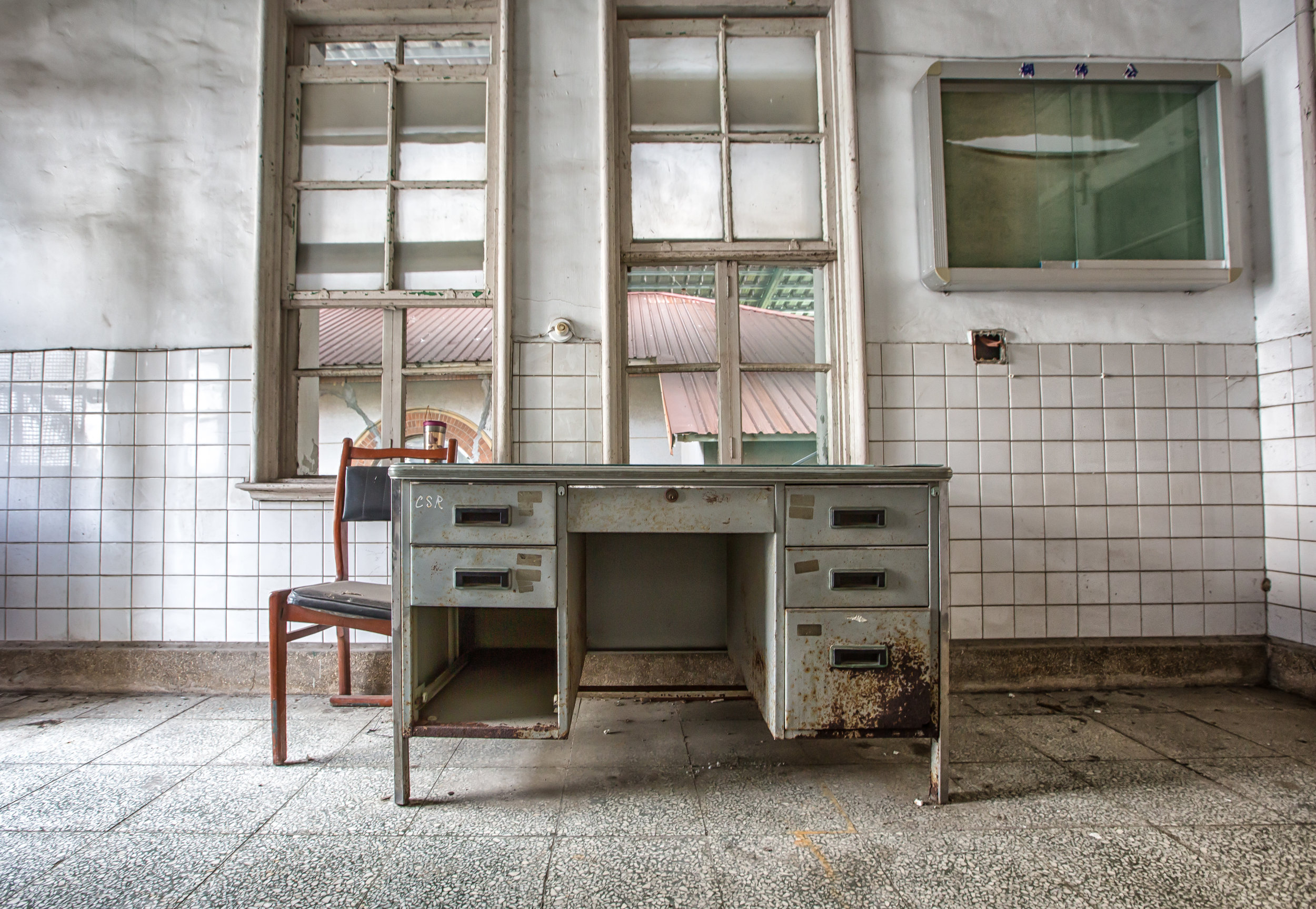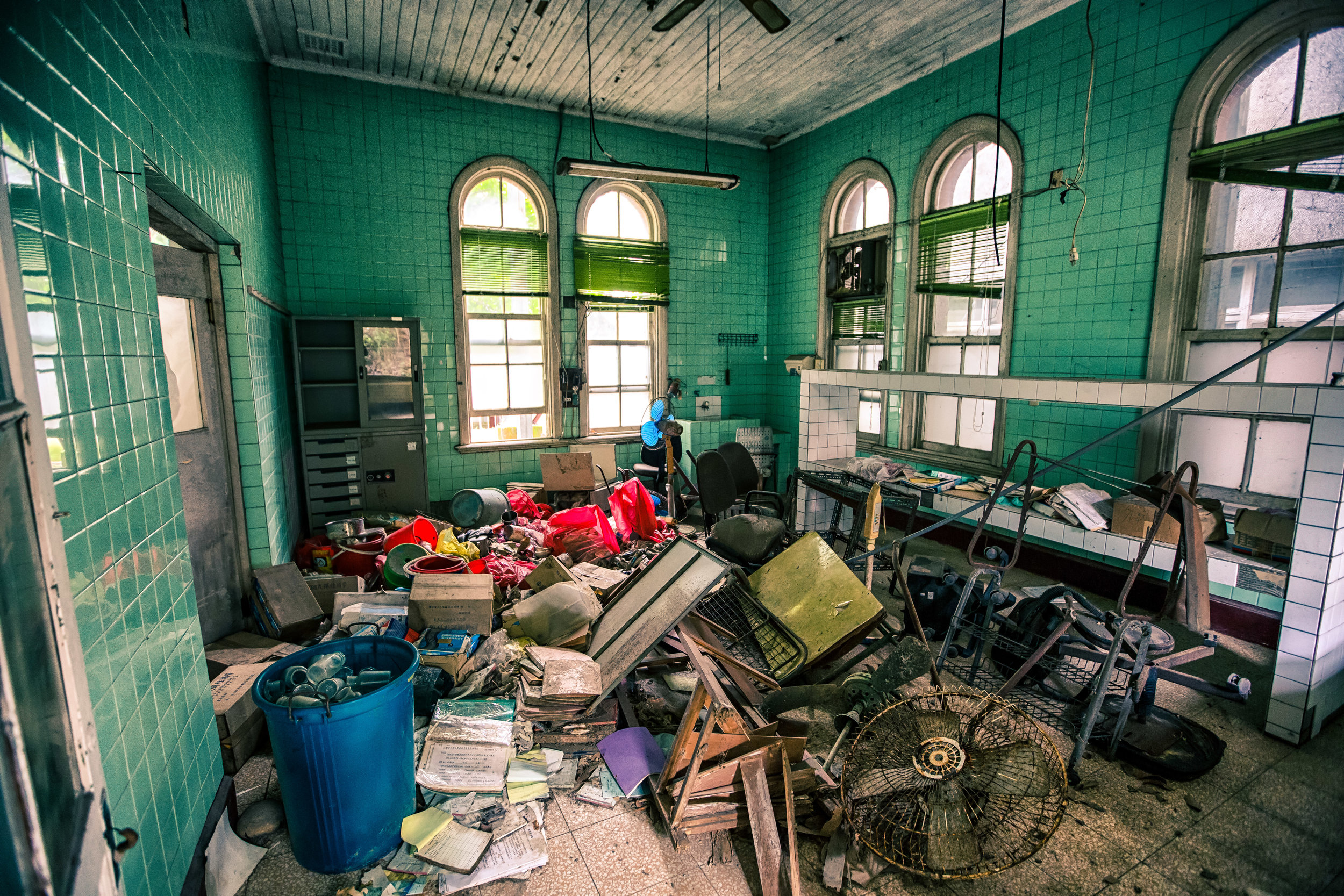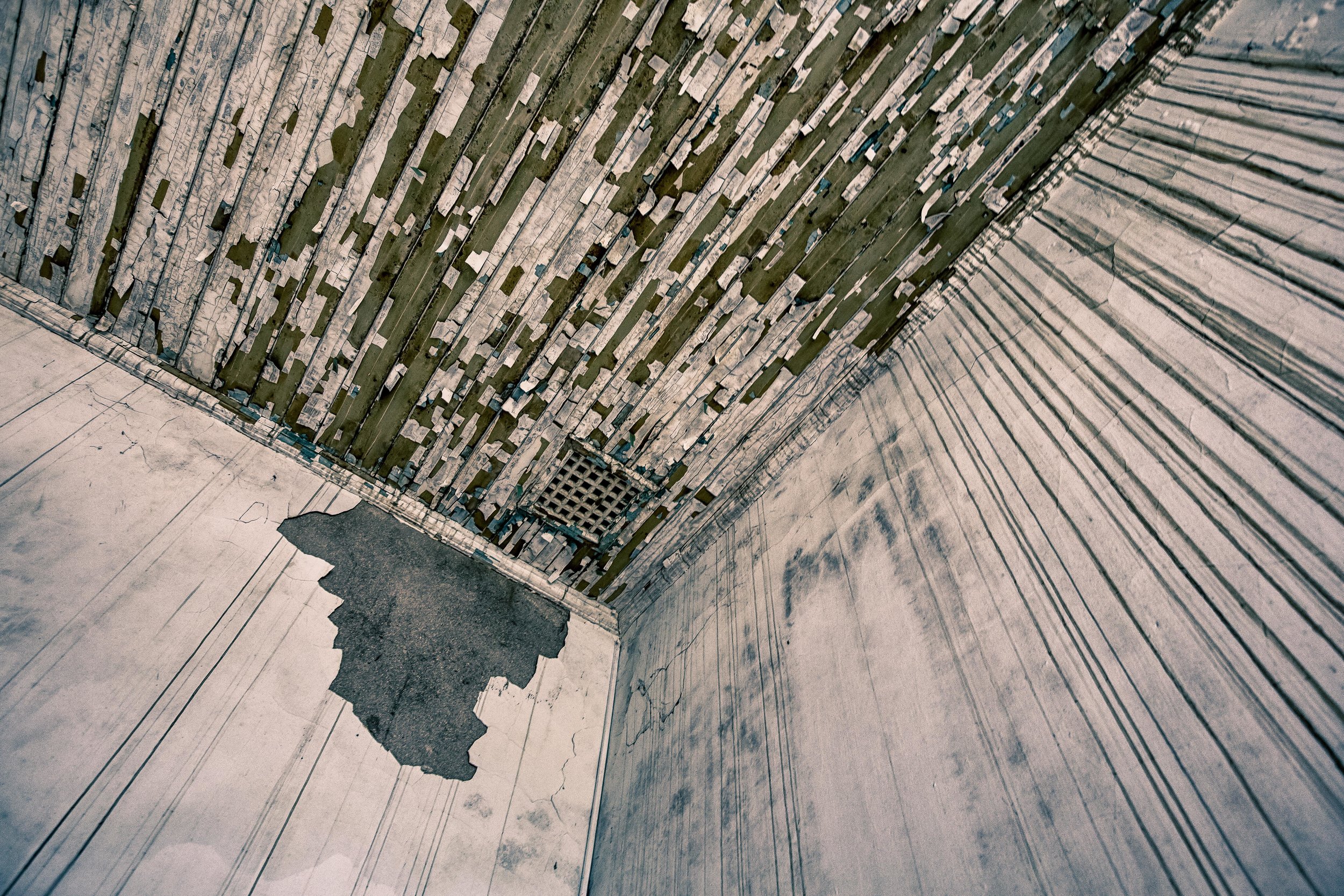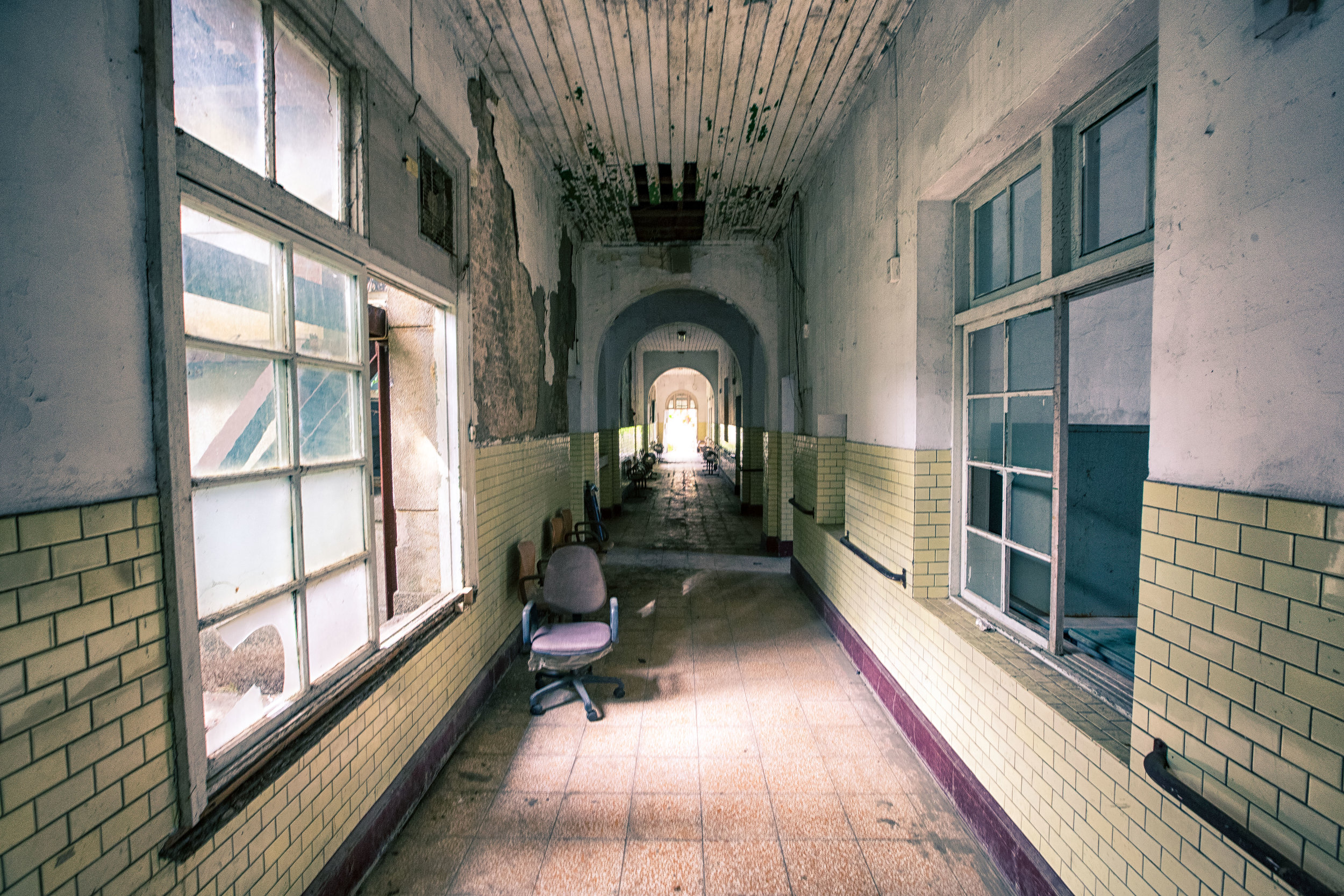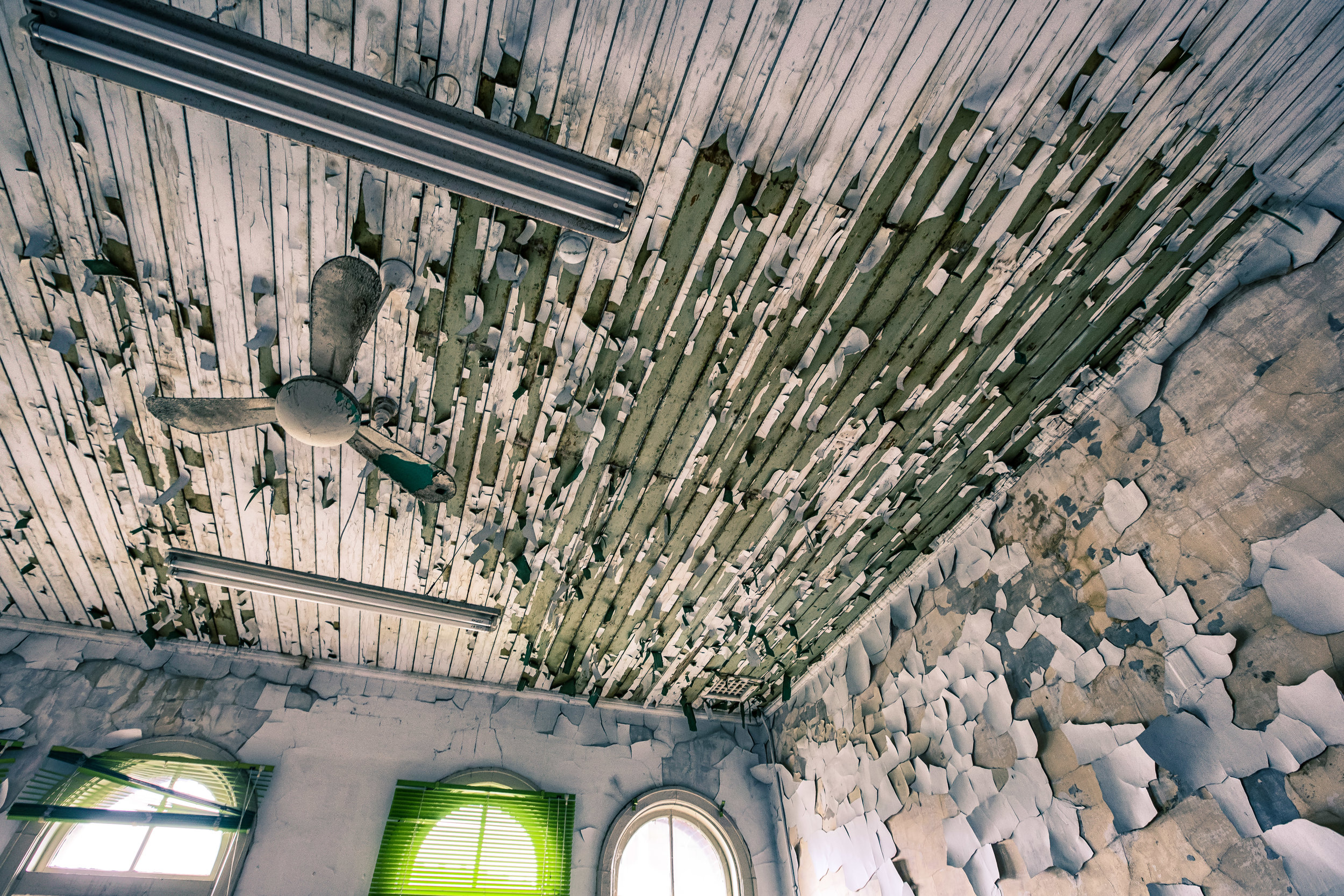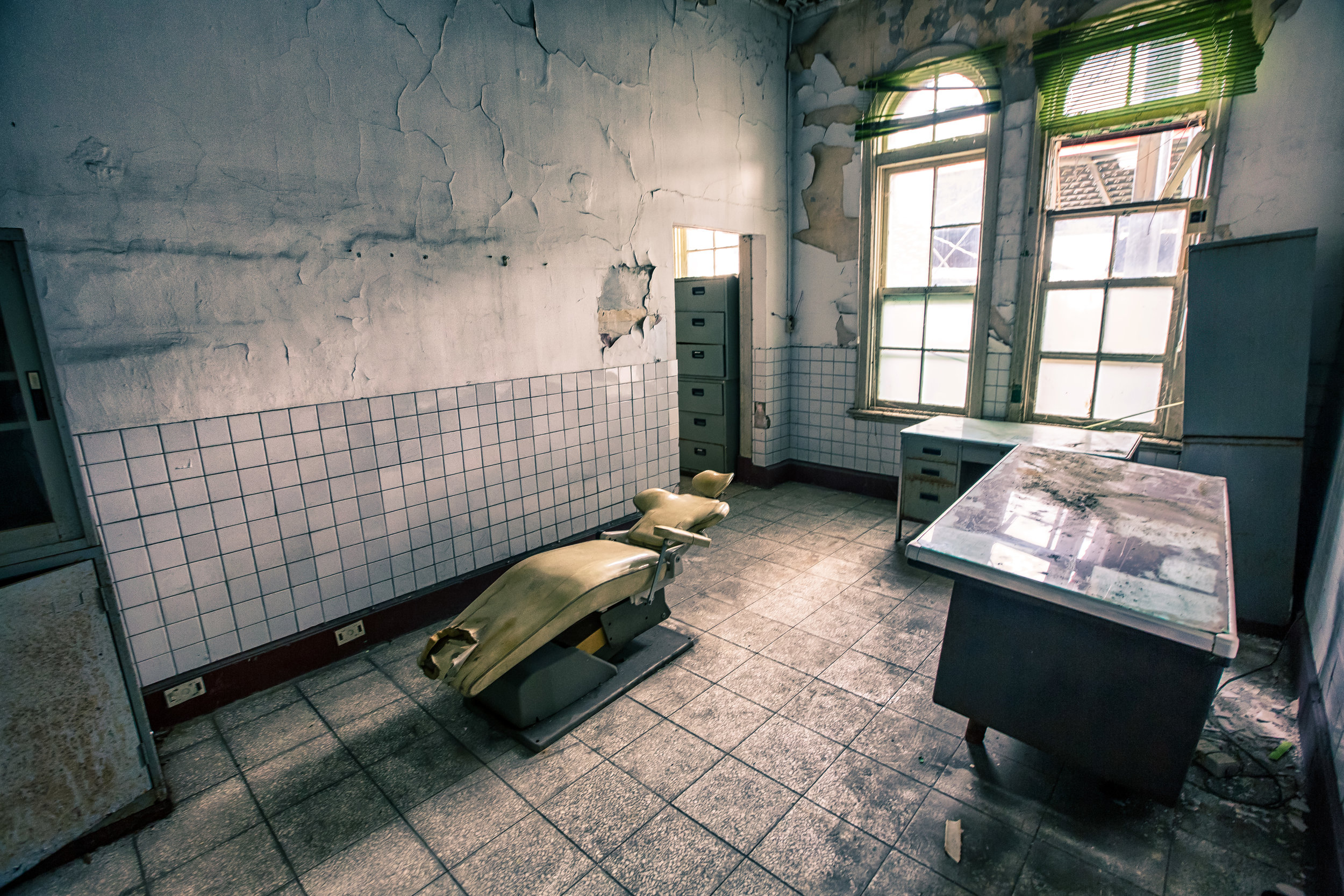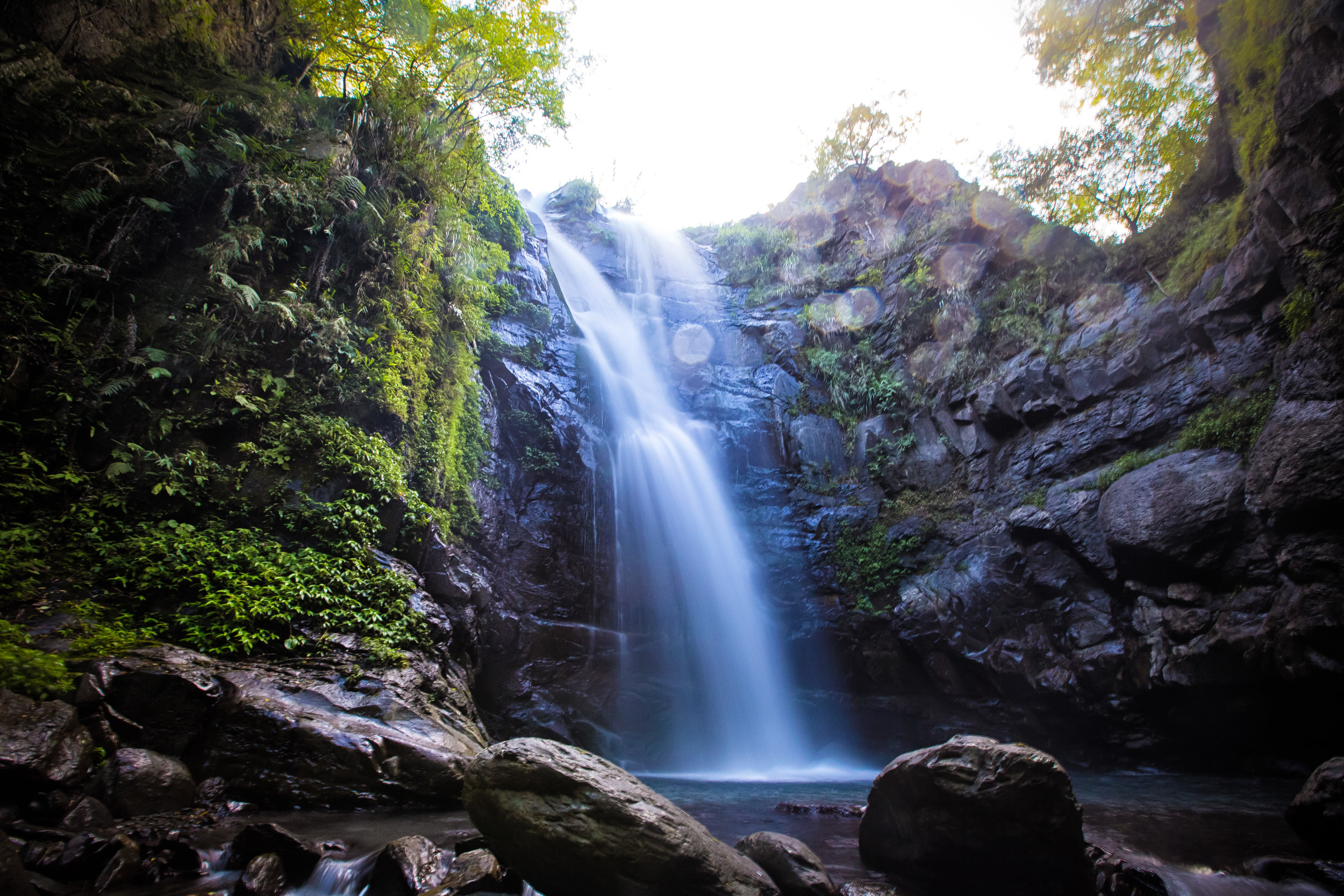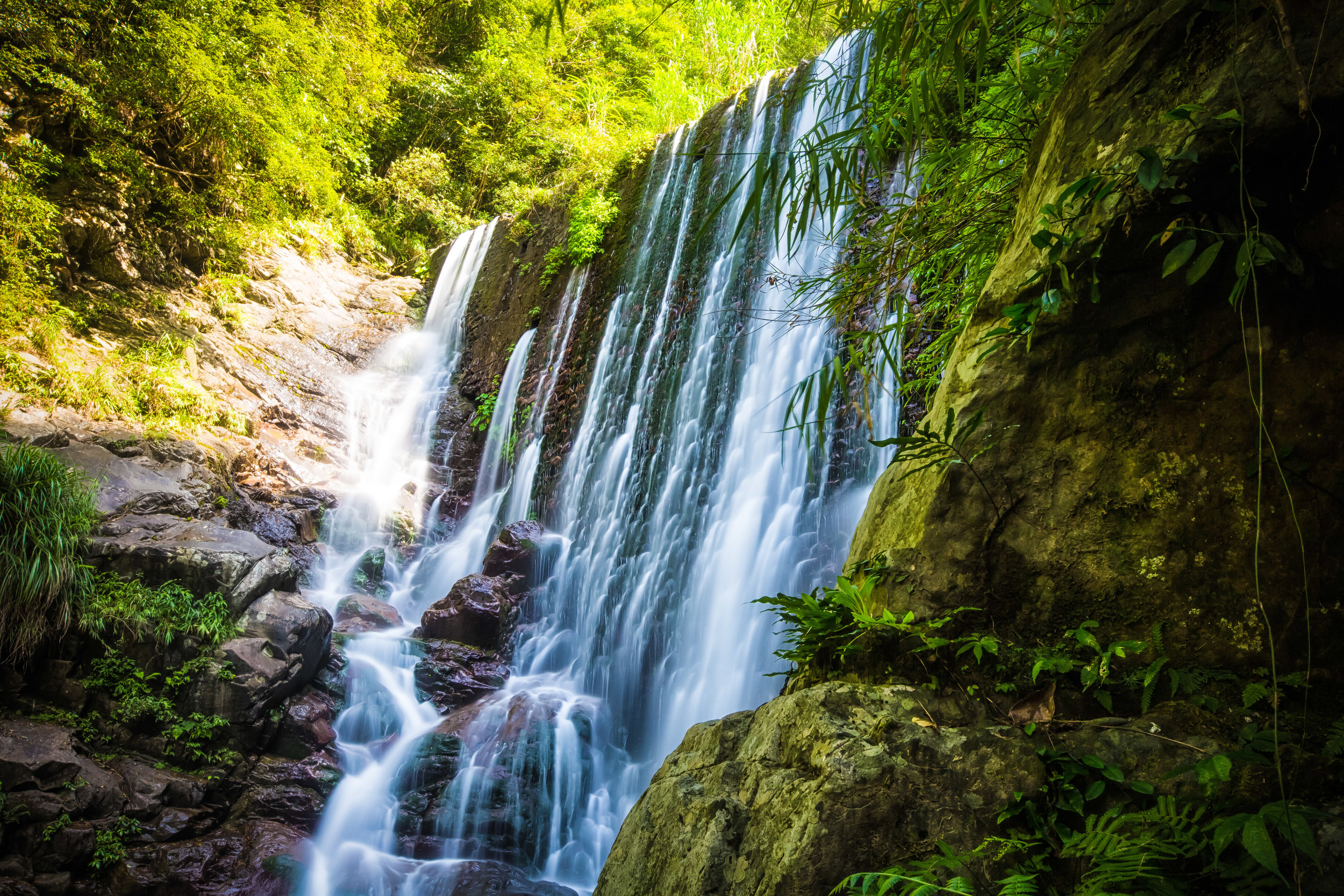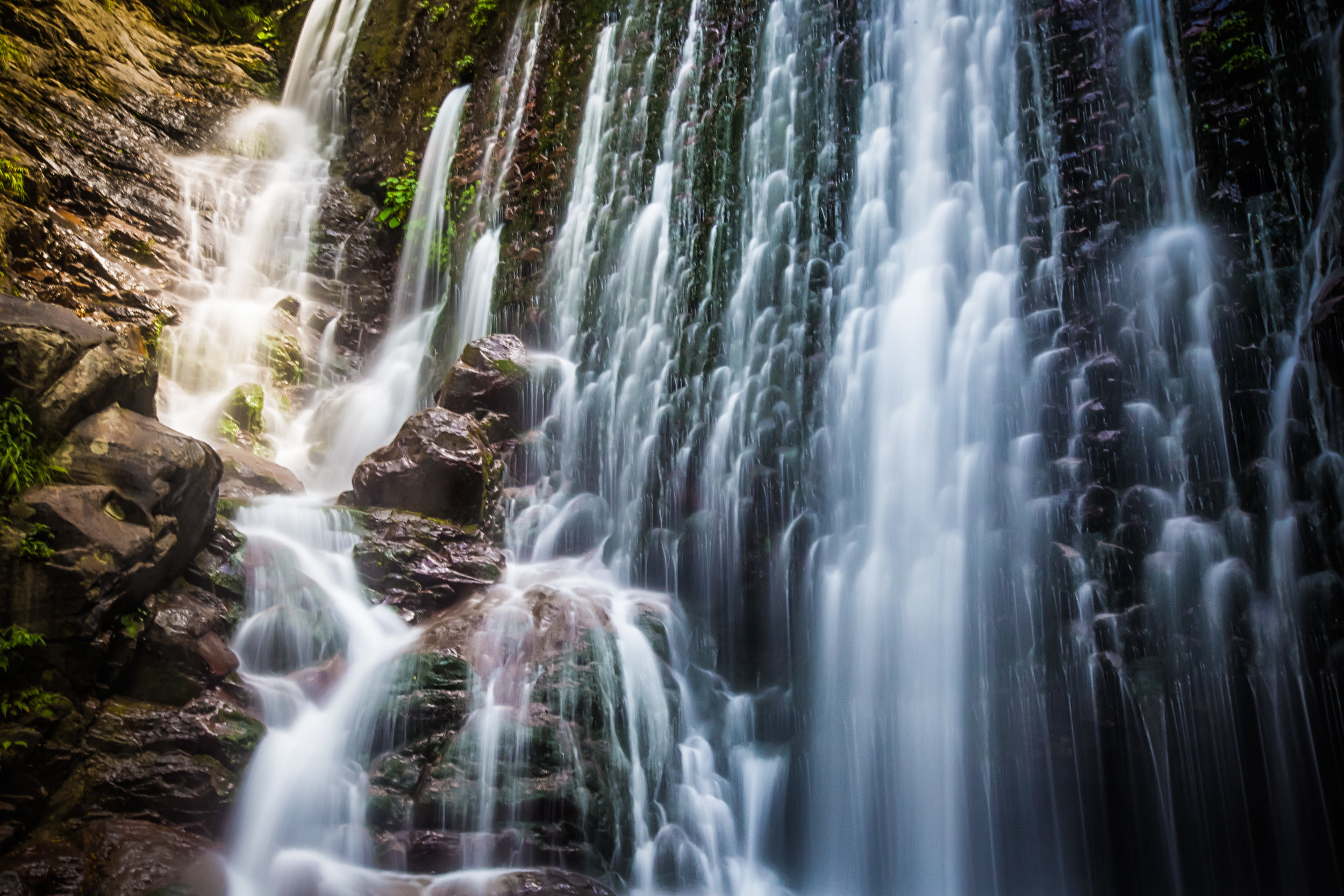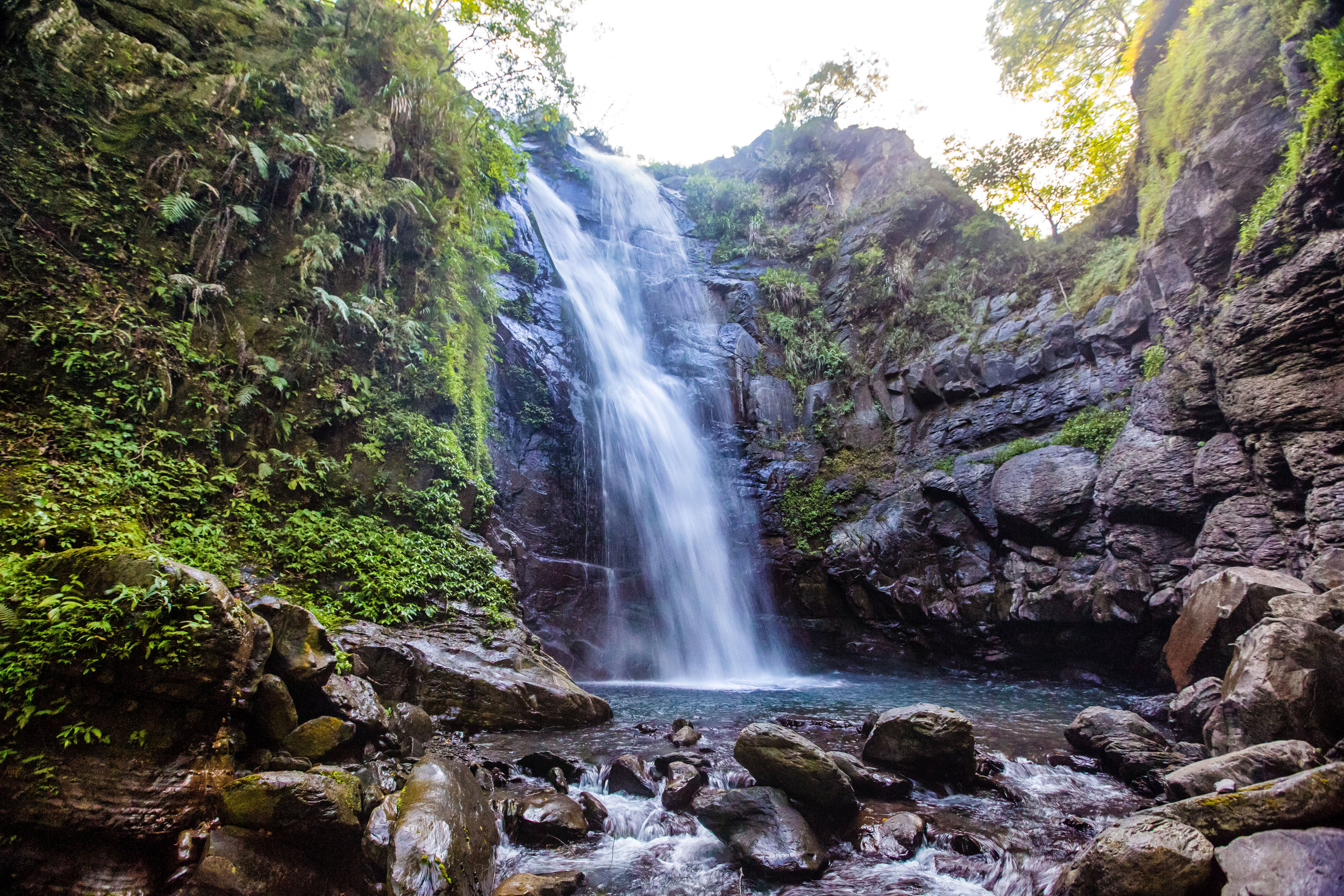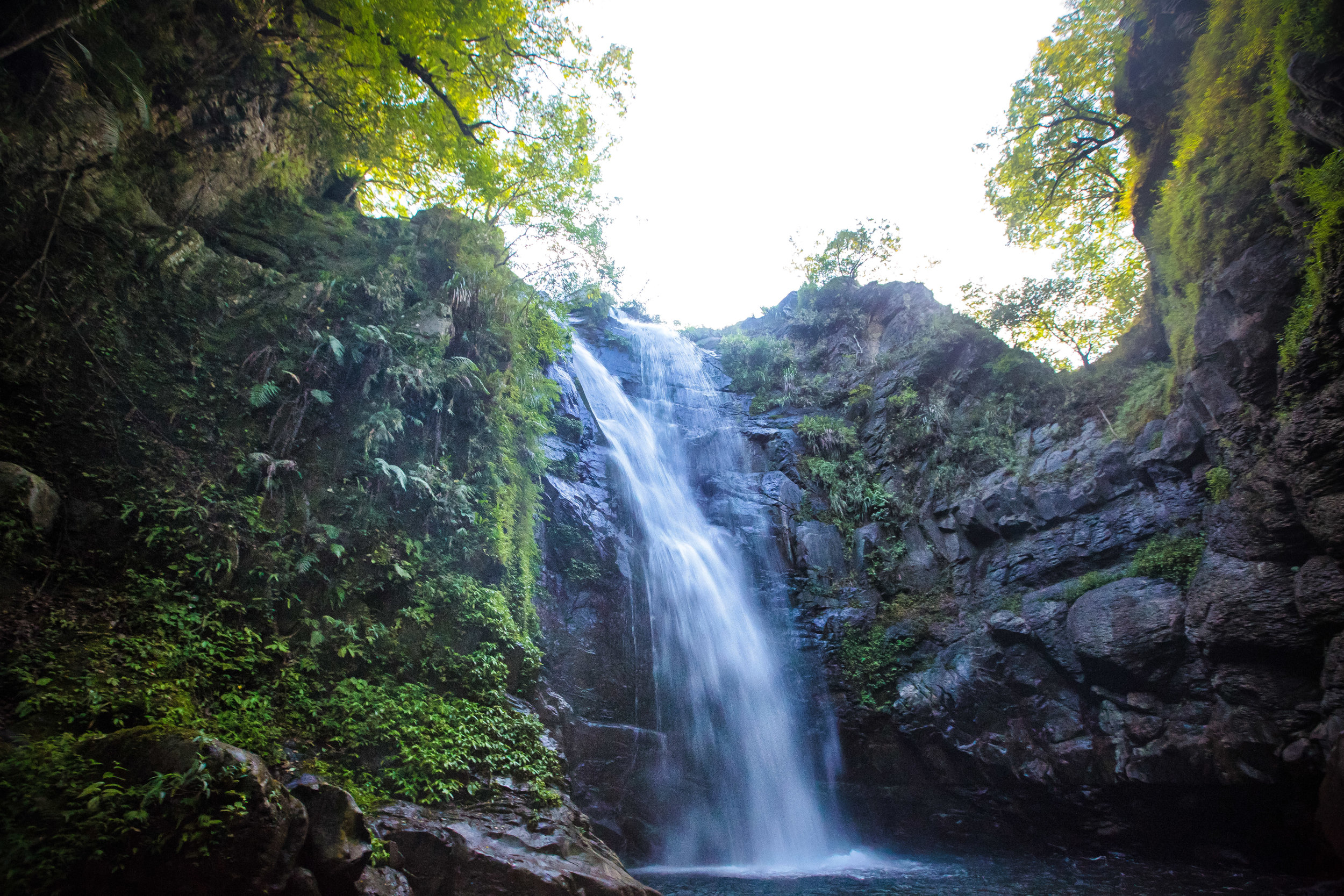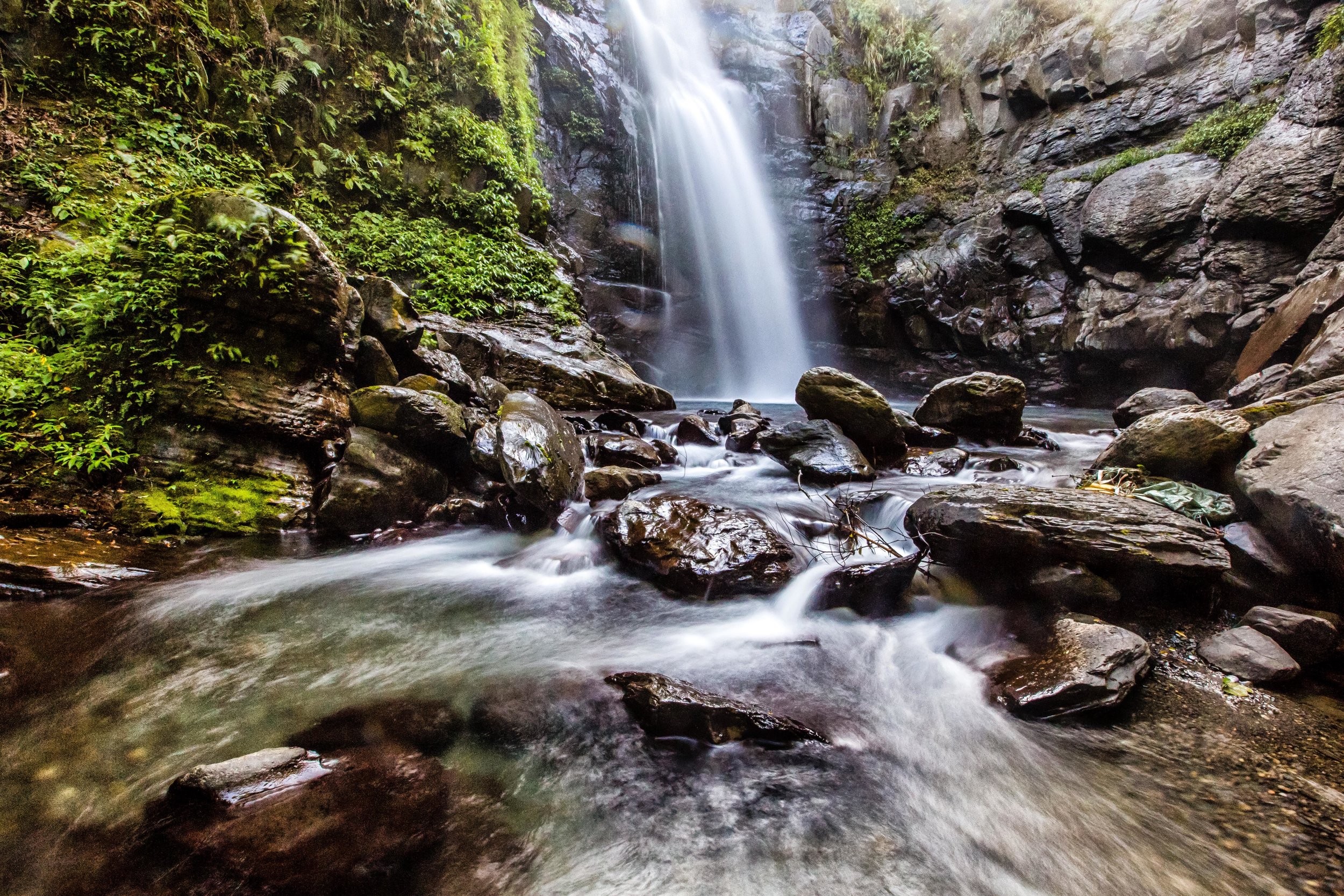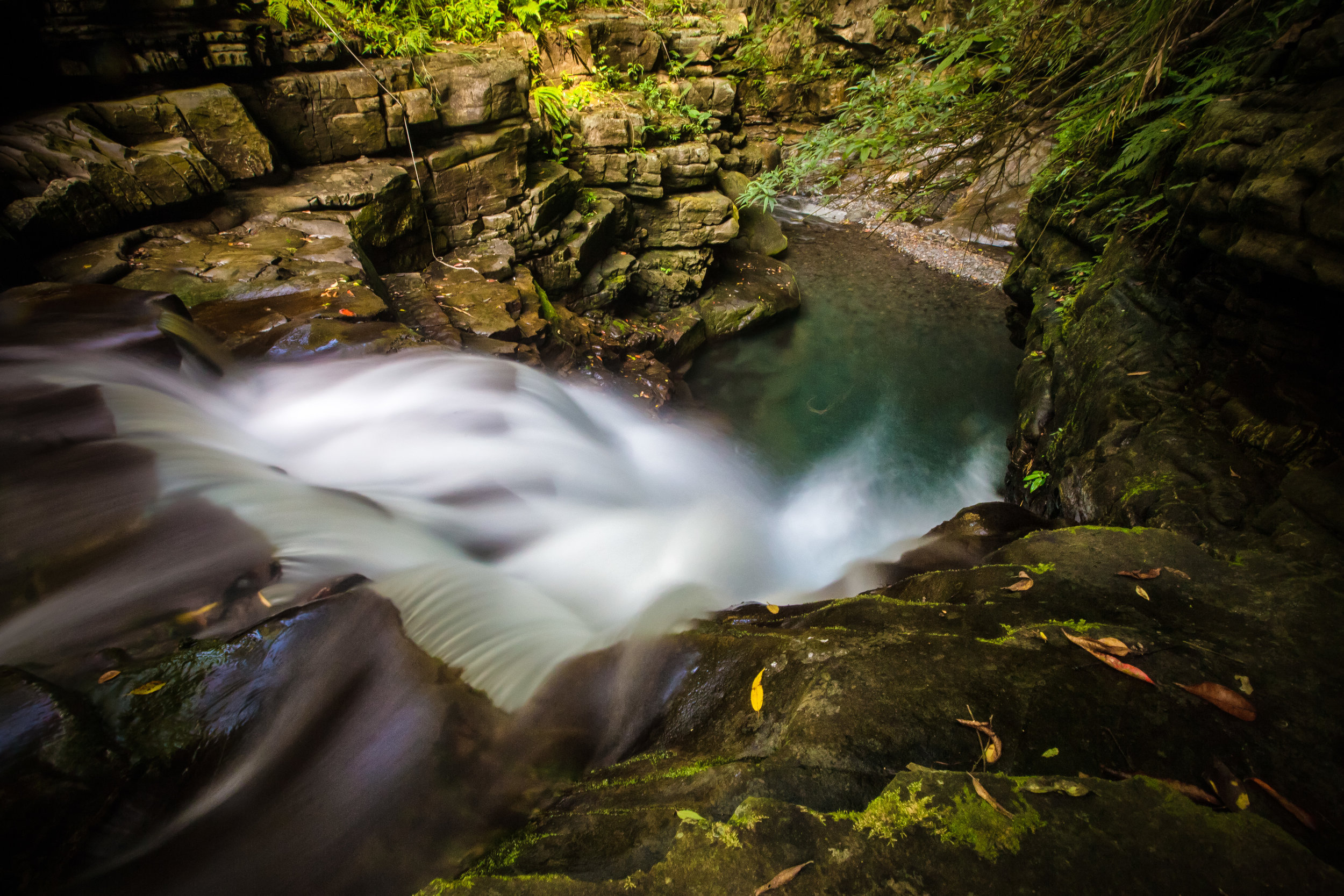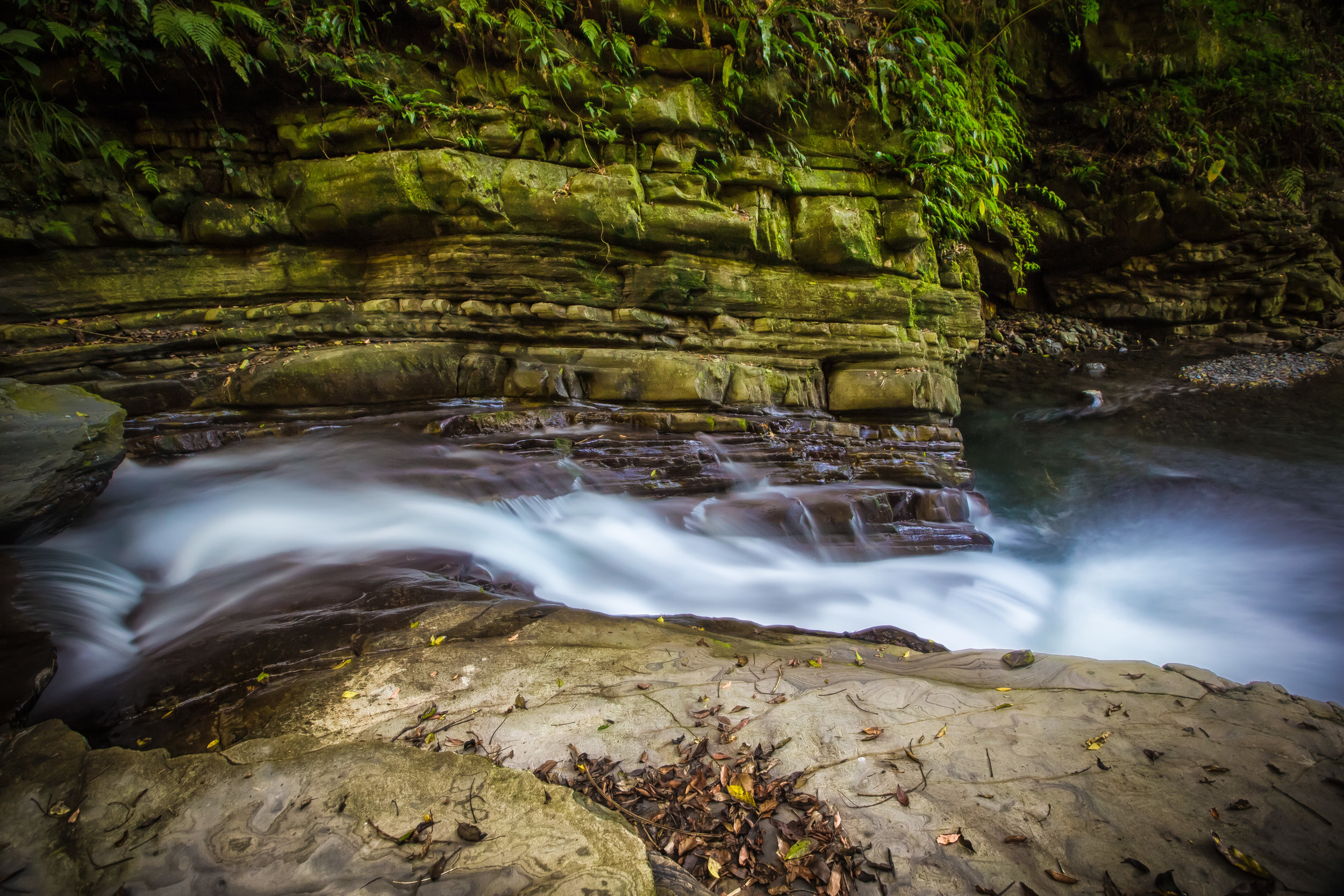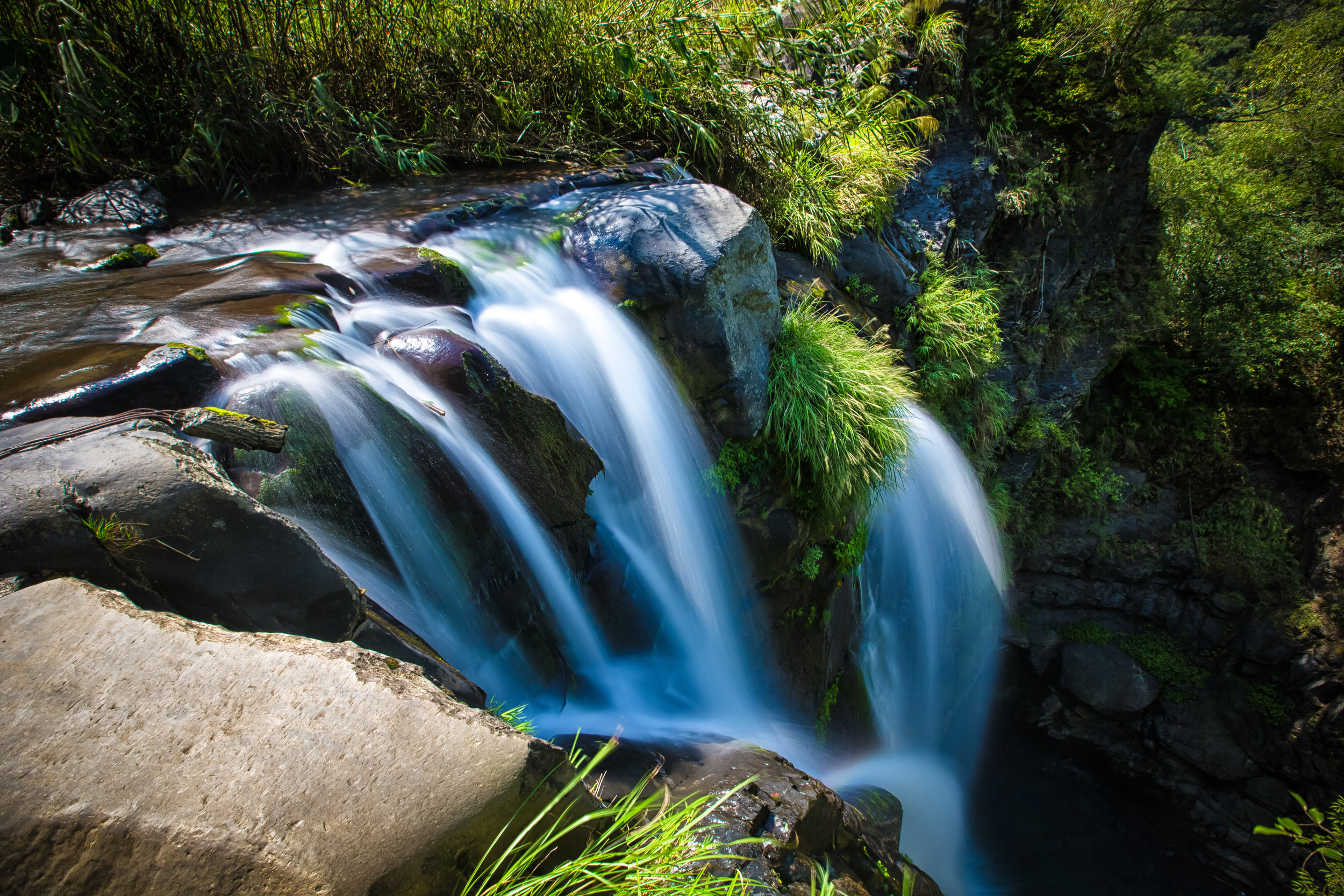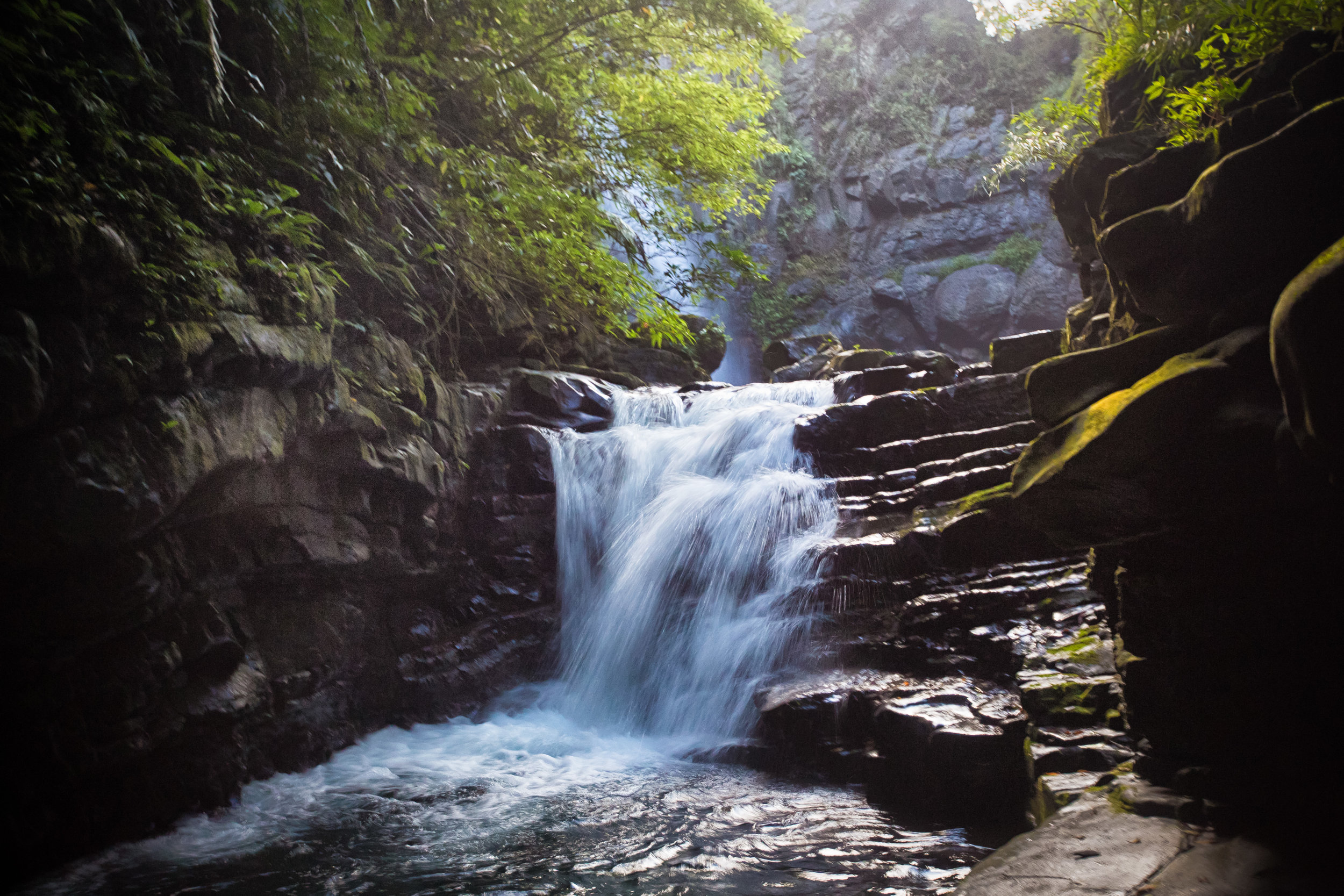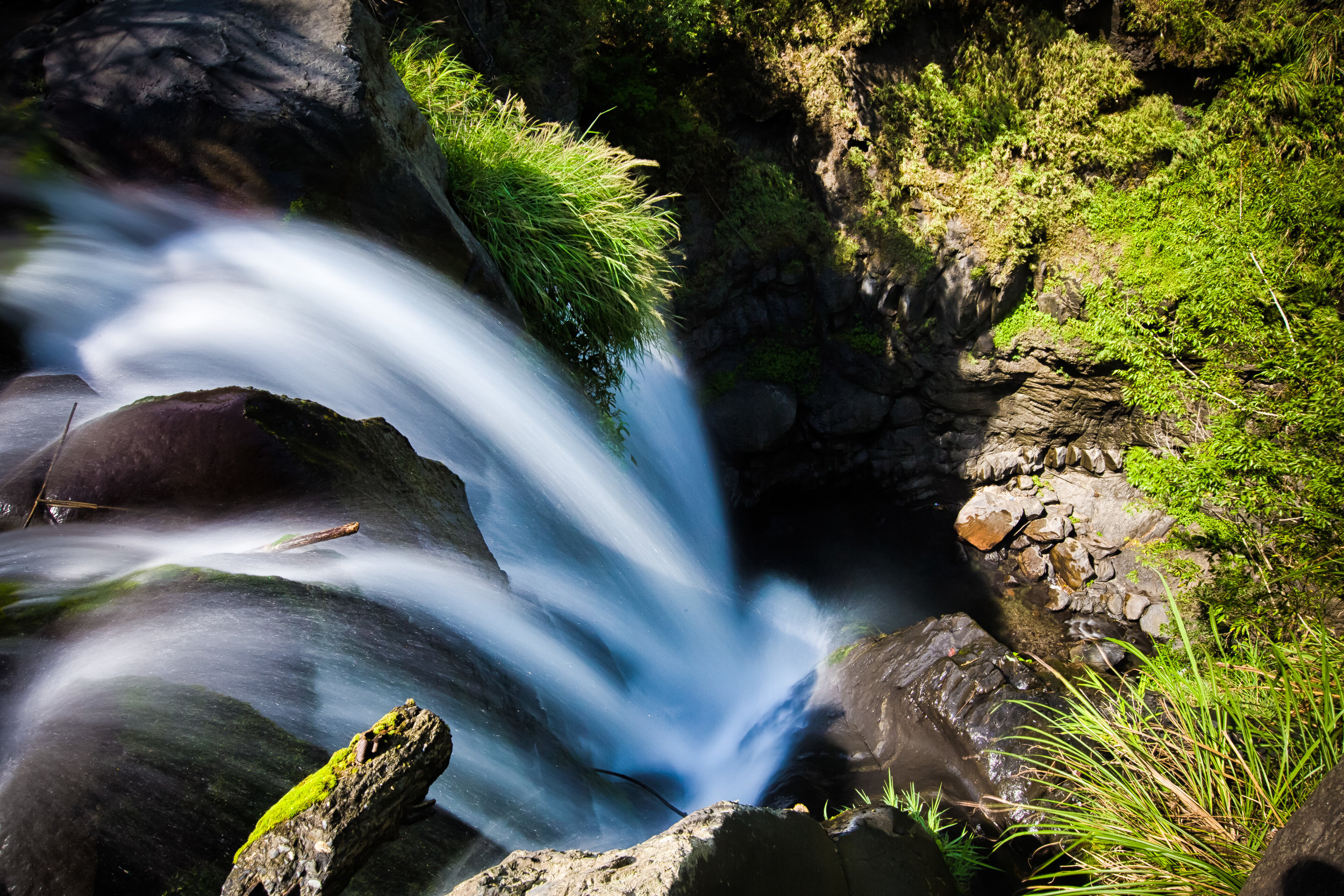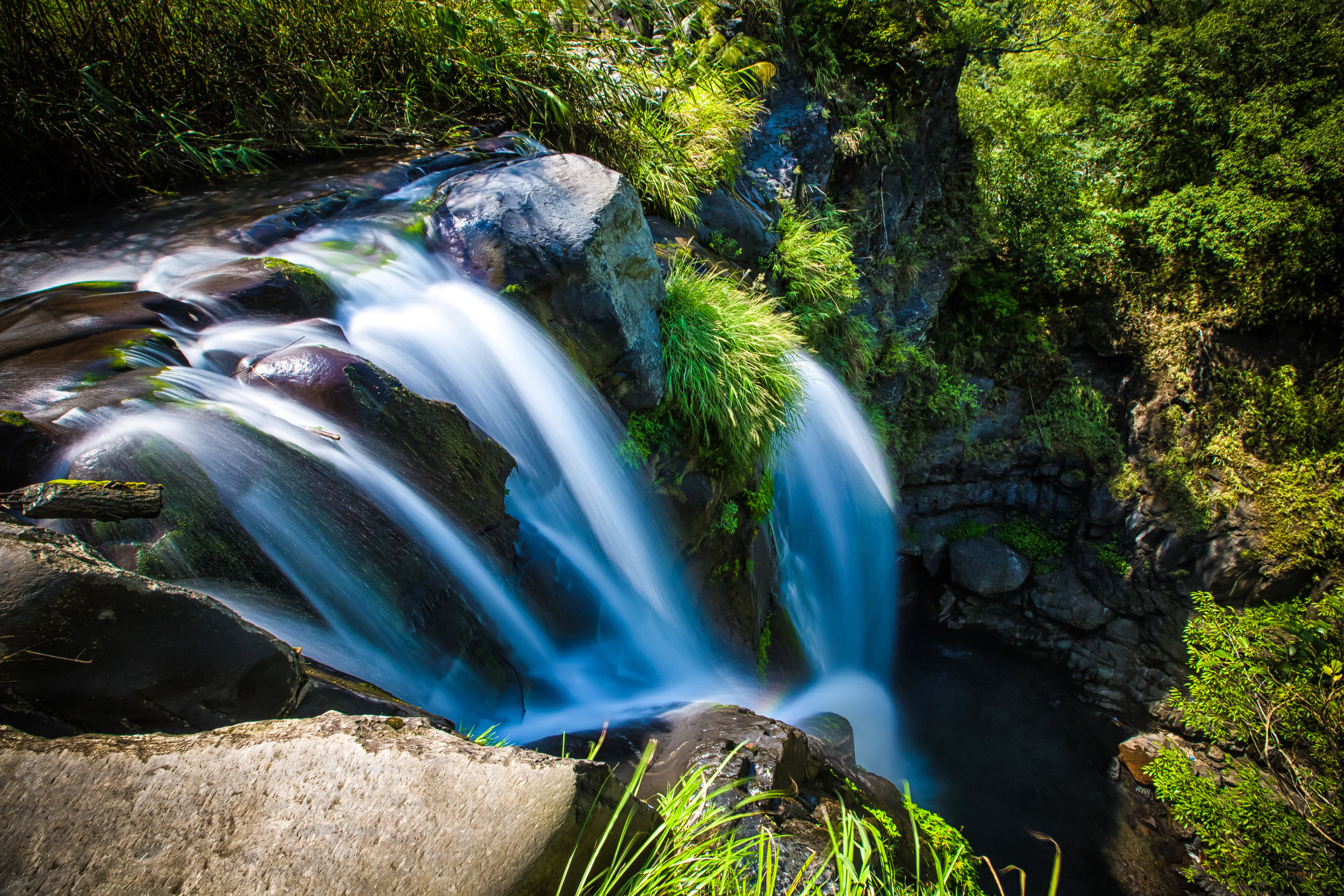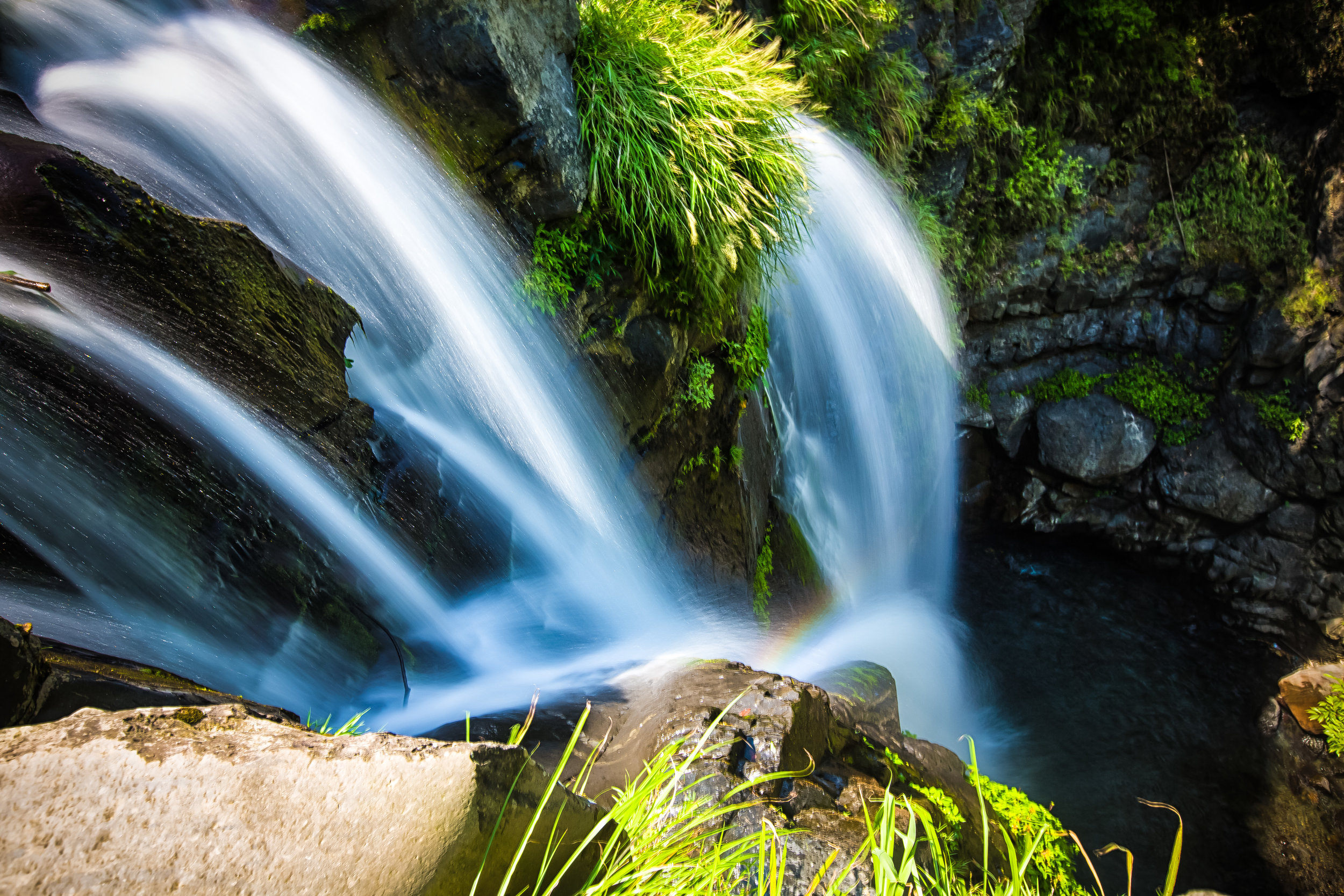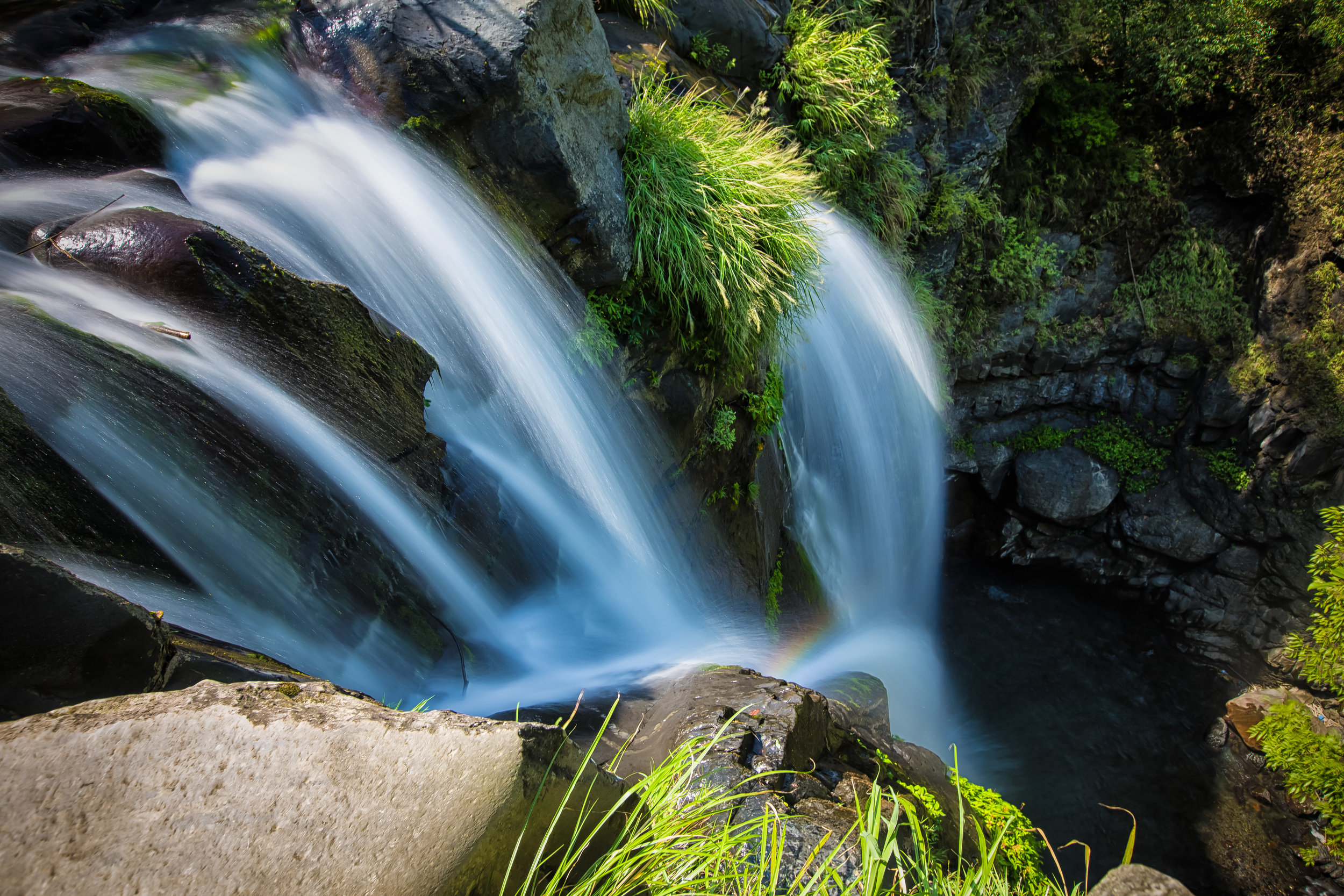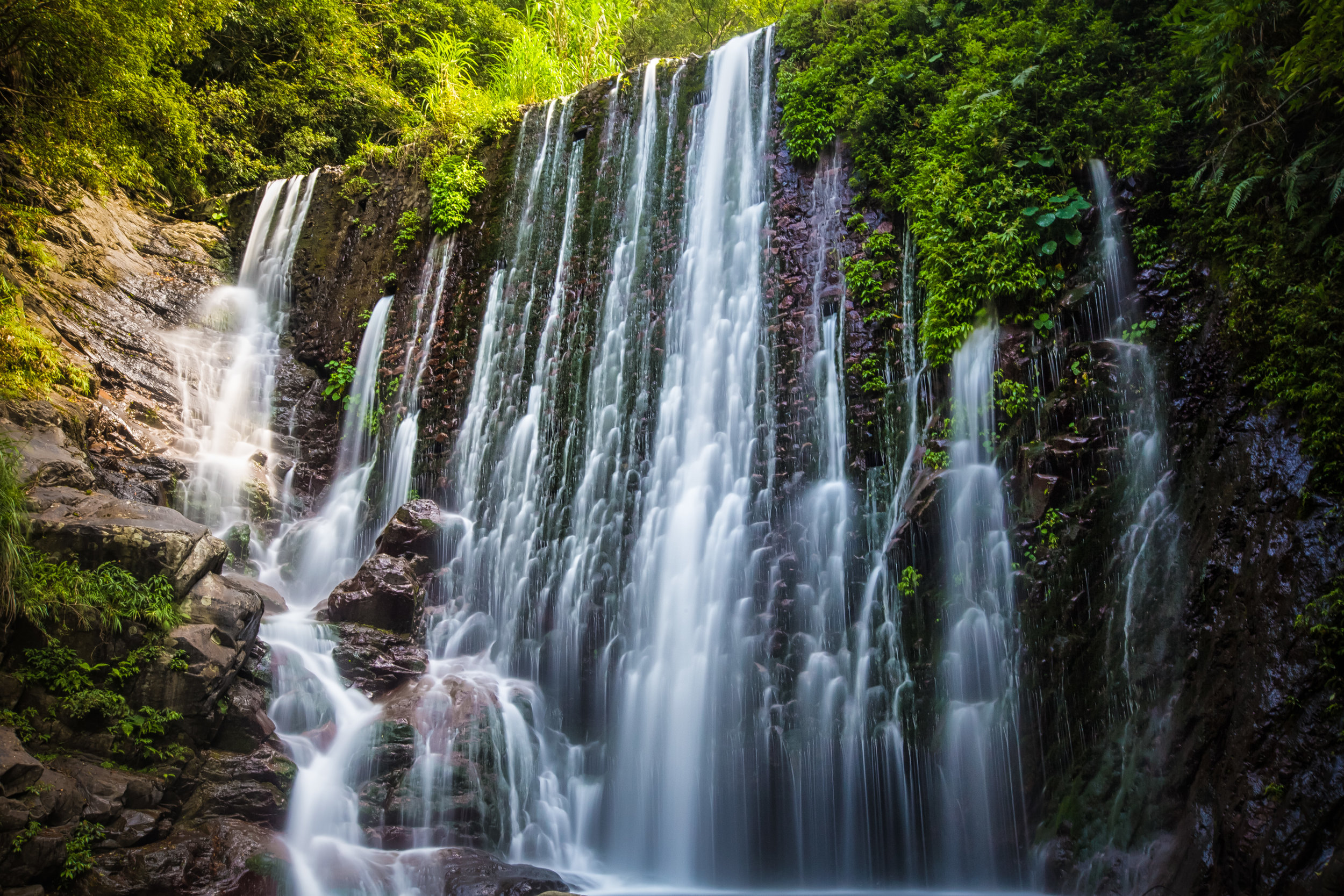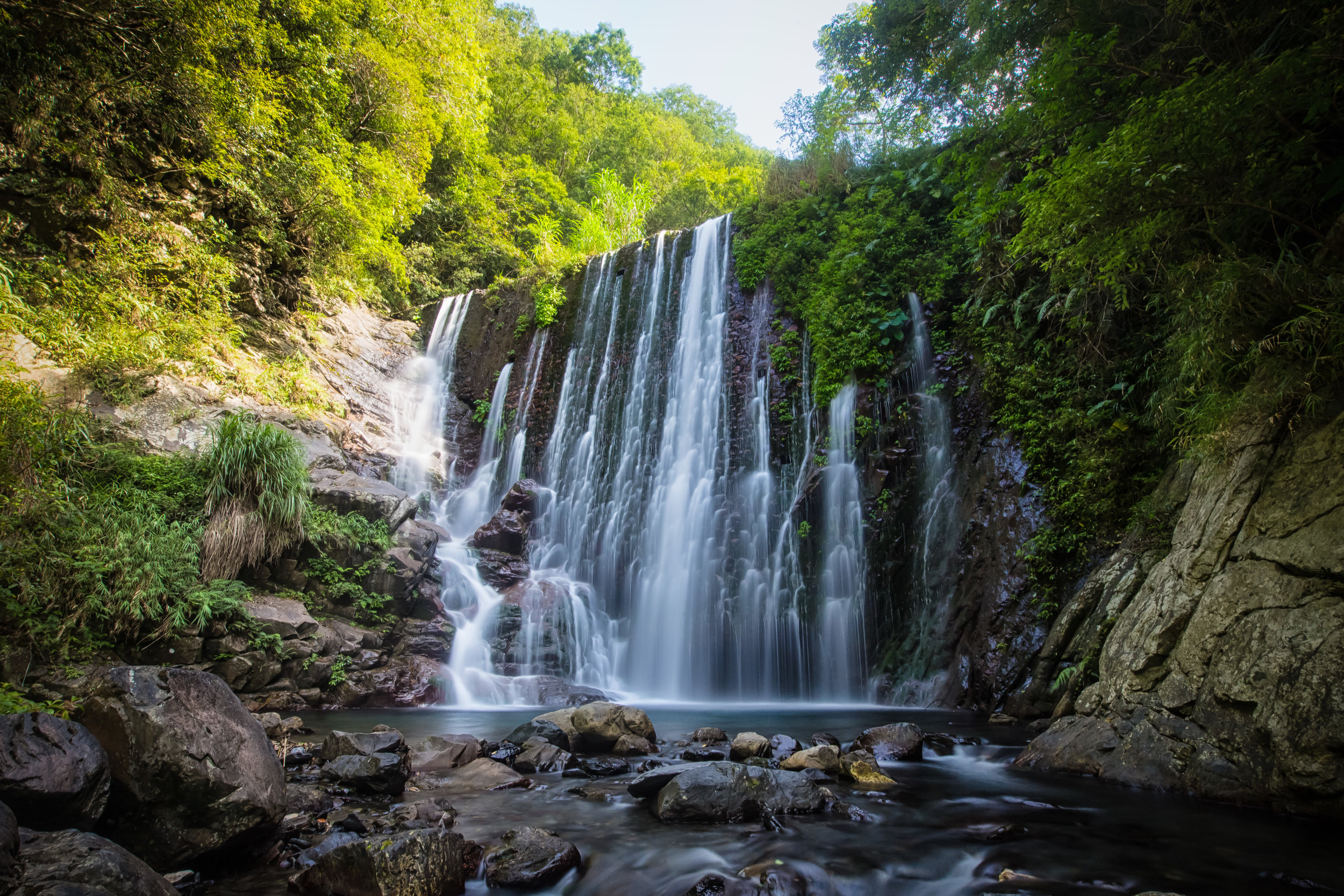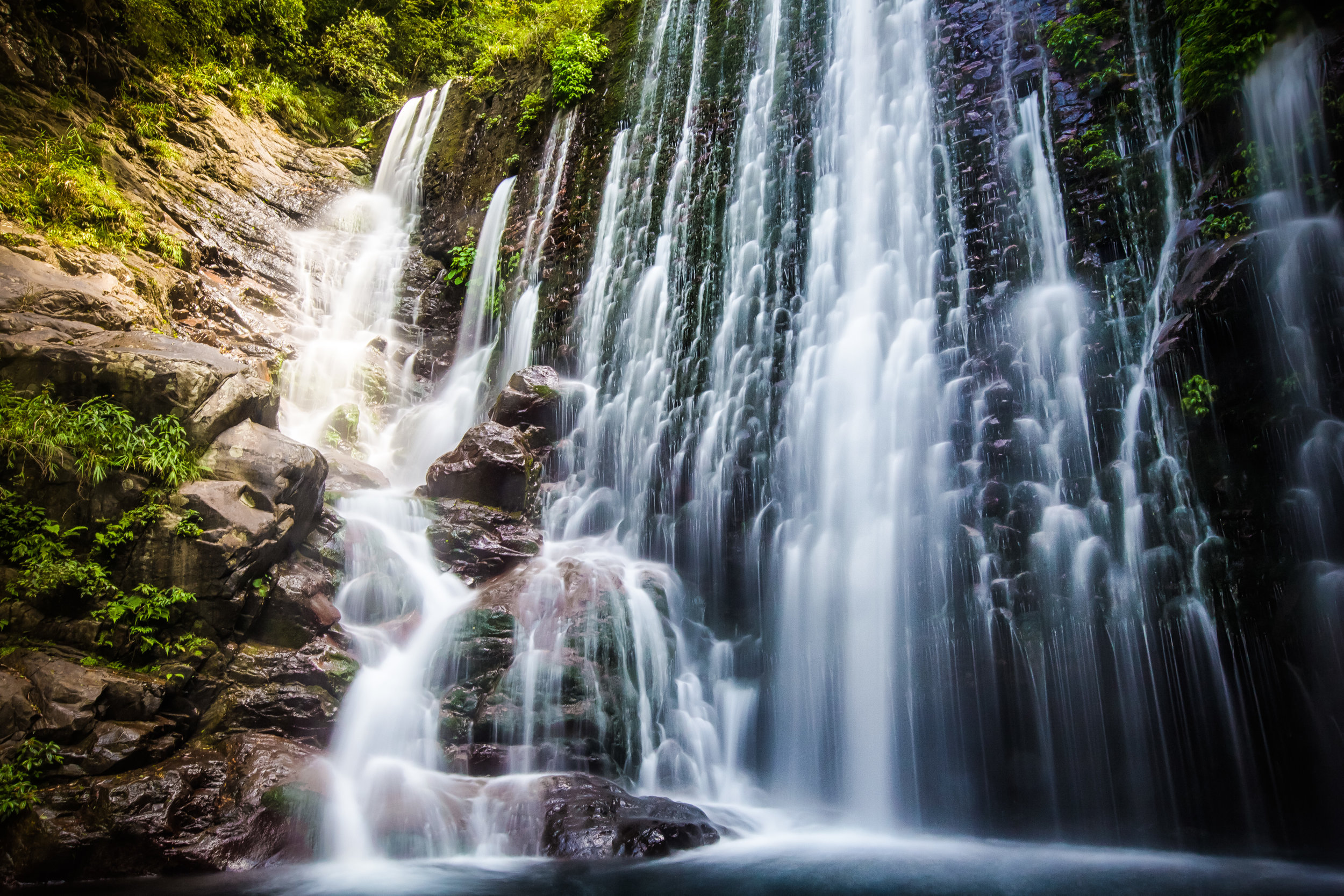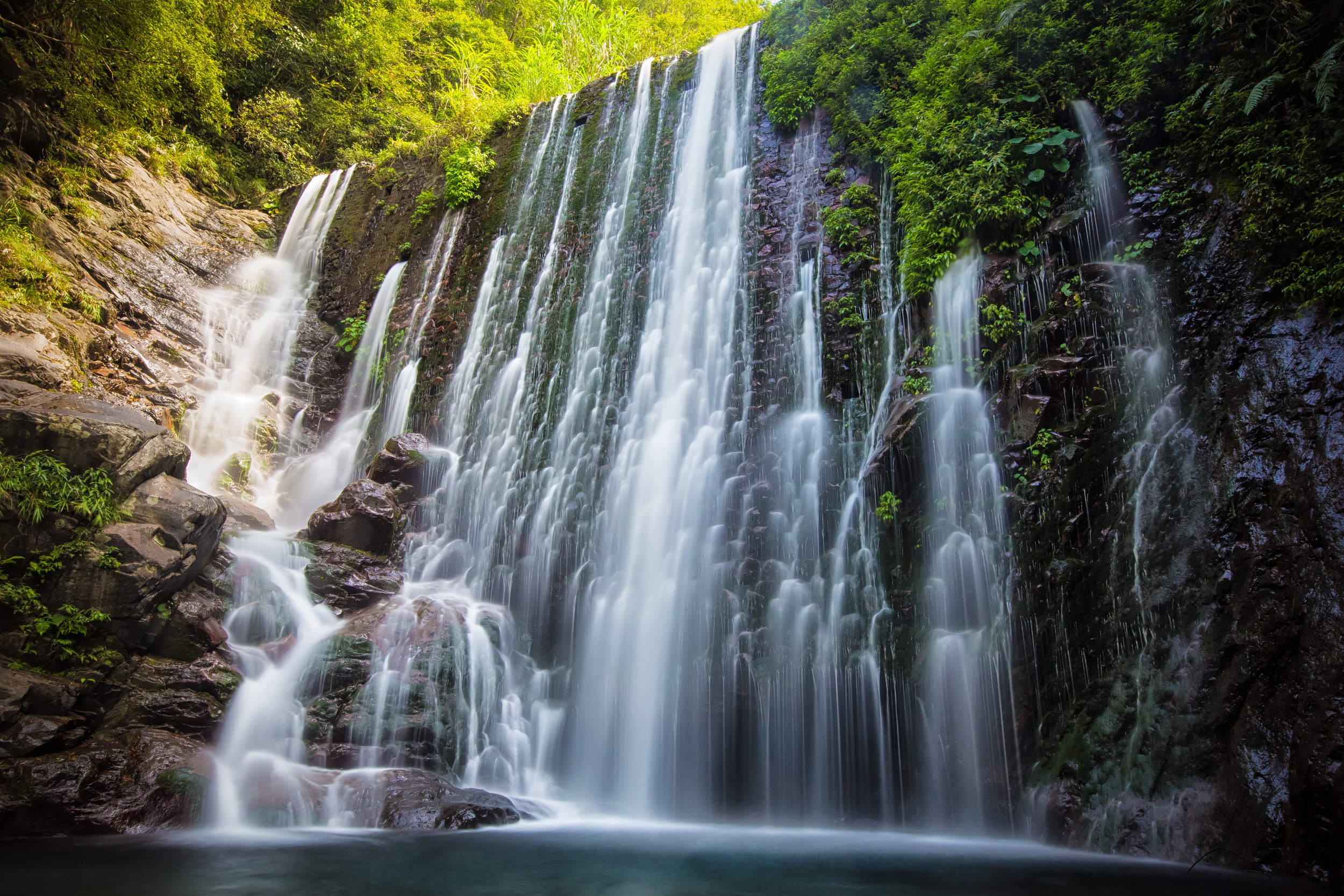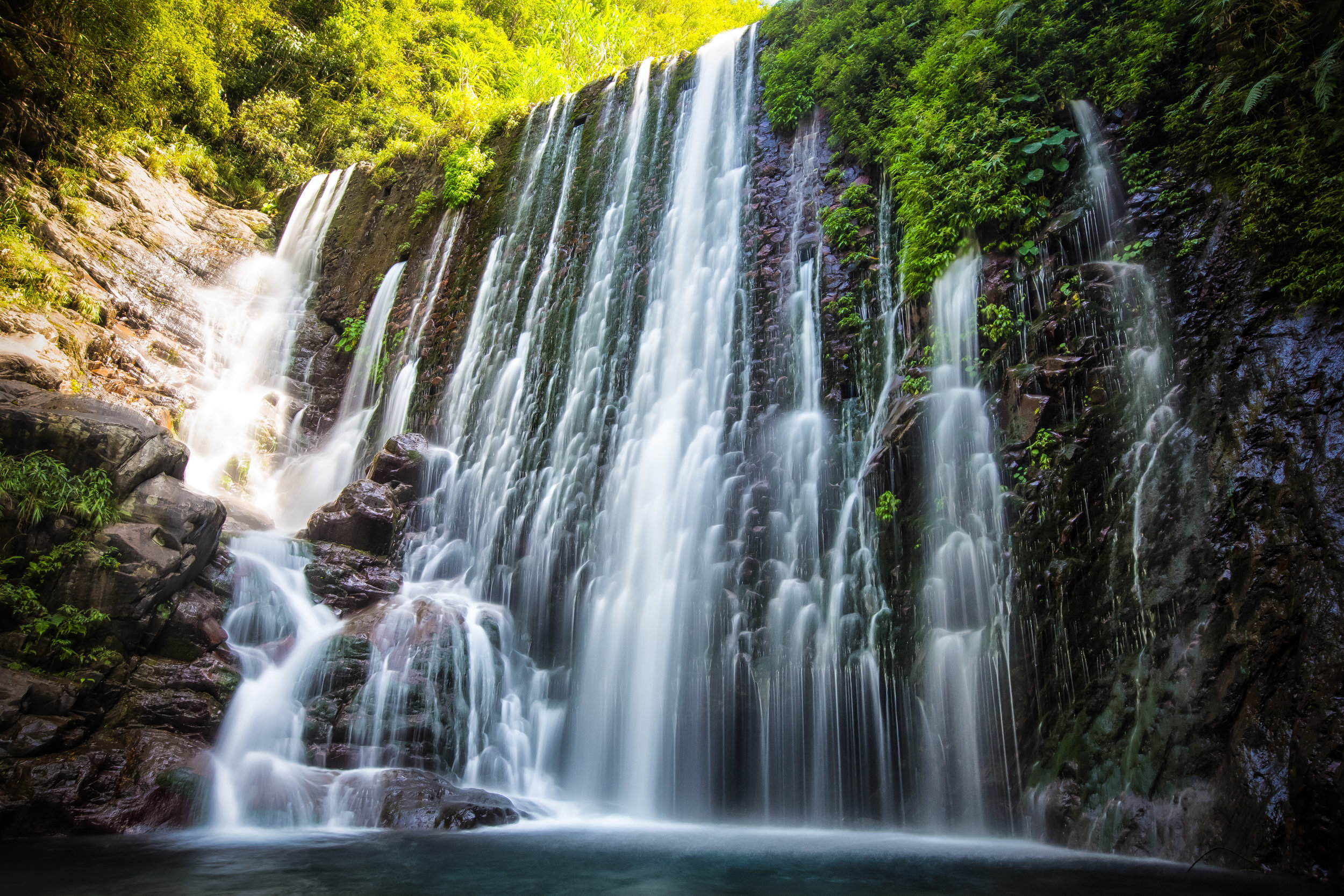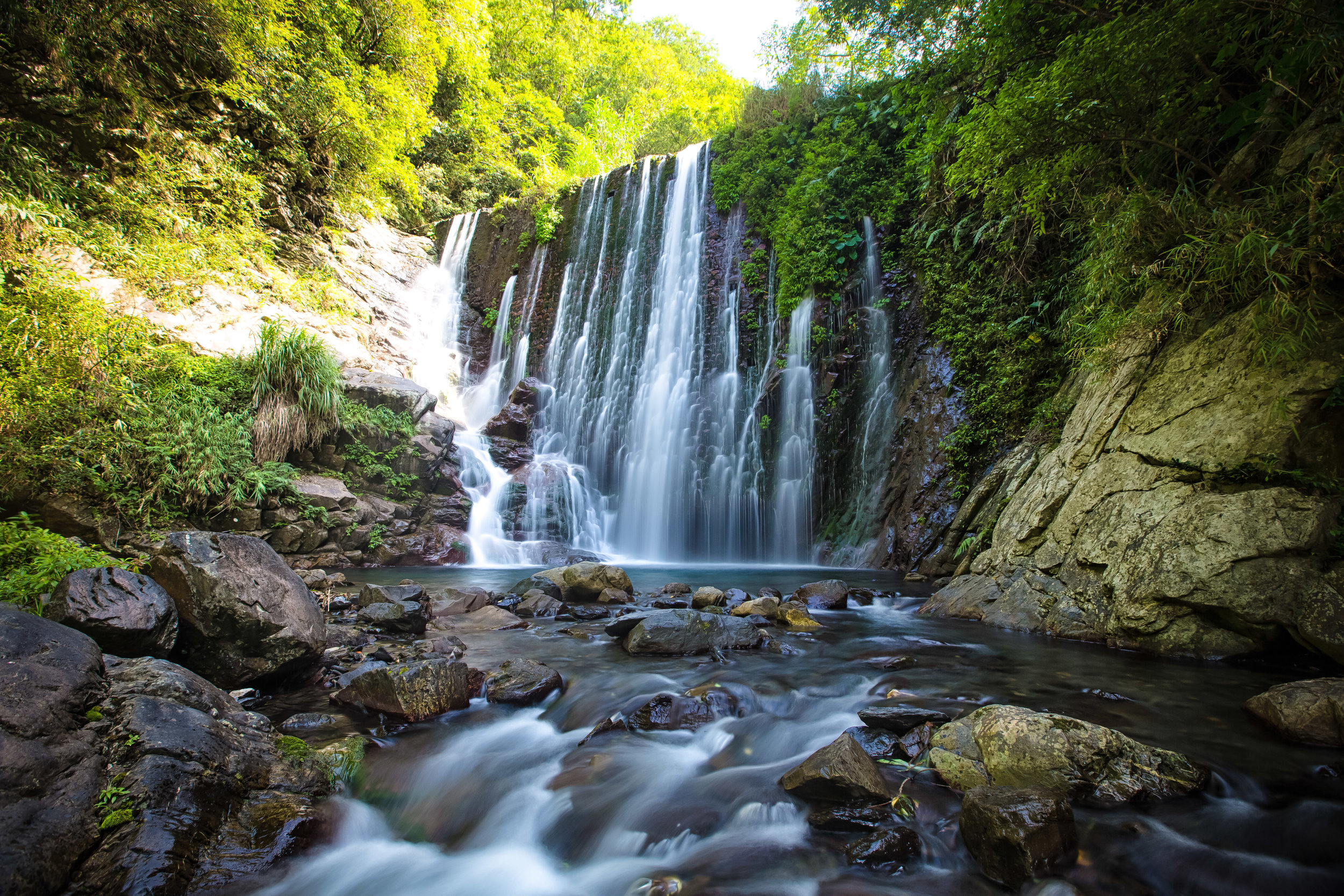I've been in back in Taiwan for well over a month now, but when faced with the amount of photos that I took during my month in Europe, I can honestly say that I've been a bit reluctant to take my camera out to take new photos.
The first few months of the year are traditionally a busy part of the year for myself with the Lunar New Year festivities, the Dihua Street Market, Lantern Festival, Cherry Blossom season or any of the several temple festivals that are lined up in a relatively short period of time. This year however, I decided that I'd take a break from what has become my yearly routine to spend time instead catching up on other work.
I've been a bit drained both physically and emotionally as the last few months of last year and my month-long Euro-trip through Ireland, England and Italy were a bit exhausting for me. So, instead of doing what I usually do, I've been shut in my apartment catching up on work and relaxing rather than going out in what has been a strange winter in terms of weather here in Taiwan.
Coincidentally I received a letter in the mail earlier this week that concluded one of the most annoying aspects of 2017 - I had been waiting on this confirmation for quite a while, so when I received it and read the contents, I was quite content. Not that I ever had any doubt.
I won't really elaborate much on the subject, but will just say that you have to be extremely careful when you are dealing with people. I try to be a humble person who tries my best to help people learn about Taiwan through my photography, my years of experience here as well as using my language ability to provide information to people that they might not find elsewhere - this isn't always appreciated however and some people become jealous and get triggered by this stuff, so I've had to adjust a bit to make life a bit harmonious.
With all of that crap out of the way and finally being caught up on work, I decided to pack up my camera bag a few times over the last week to check out a few locations where cherry blossoms, otherwise known as sakura are still in bloom. As I mentioned above, the weather has been a bit strange this year and that has affected the yearly cherry blossom season in terms of its timing and how long the frail blossoms have been lasting on the trees.
I've written several times in the past about the cherry blossom season, so if you are interested in checking out any of the locations where they are still in bloom, I recommend checking out the Taiwan Sakura Guide that I wrote last year that also includes an interactive map with locations so that you can make plans as time is running out.
This year I visited two locations, one which I go to every year and features beautiful Taiwan Cherry Blossoms as well as a location in the mountains of New Taipei City's Sanxia District which has recently become quite popular with locals. Below I'll share photos from each location and a bit of information as well.
Over the next few weeks I'm going to start posting photos and blogs about some of the places I visited in Europe!
Enjoy!
Zhongli, Taoyuan (中壢莒光公園)
One of my go-to locations for cherry blossoms is a beautiful little park here in Zhongli that has beautiful cherry trees lining the river. The indigenous Taiwanese Mountain Sakura (台灣山櫻花) that bloom in the park are the most common type of cherry blossom in Taiwan and can be found all over the country.
The flowers are a dark shade of pink and when you are in an area where there are quite a few trees it can be one of the most beautiful experiences of your life.
Even though some people are led to believe that Taoyuan is an area of Taiwan that has nothing to speak of in terms of natural beauty, you'd be surprised to find out that the area is home to not only Cherry Blossoms, but also Tung Blossoms, Plum Blossoms and Peach Blossoms which all bloom in the early stages of the year.
The blooming period for these specific cherry blossoms is between January and March, but this year they have bloomed a bit late, so you might still be able to see them in late March. I see trees blooming all over the place on my daily commutes, so they are still around as of the early part of this month. Get out quickly if you want to see them!
Sanxia (三峽熊空樱花林)
One of the most popular cherry blossom viewing locations over the past couple years has been on a mountain in New Taipei City's Sanxia District (三峽區). The location, which is known as a bit of a "secret" (秘境) is probably the worst-kept secret in all of Taiwan. During the blooming season, the narrow mountain roads that lead up to this area are packed with insane amounts of traffic that allow people who live in northern Taiwan a chance to see not only one type of cherry blossom, but several.
The area, which is actually known as the Xiong-Kong Sakura Forest (熊空櫻花林) and not the "Super Sanxia Secret Sakura Area" (三峽秘境) boasts over five different types of cherry blossoms, which have different blooming seasons, but can be seen together at some point. The blossoms which include Taiwan Sakura (台灣山櫻花), Yoshino Cherries (吉野櫻), Double-layer Sakura (八重櫻), Fuji Sakura (富士櫻) and Showa Sakura (昭和櫻) which together make the mountains in the area a beautiful hodge-podge of colour.
Unfortunately when I visited the area, most of the blossoms had succumbed to the weather and a few species were yet to bloom, so it was probably not the best time to visit. I'm happy though that I visited and I'm putting this specific location on my list of places to visit next year when cherry blossom season rolls around!
Ping Chen, Taoyuan (平鎮和平公園 / 三崇宮)
Over the past week or so quite a lot of people have been taking the very long drive way up into the mountains of Taoyuan to the beautiful Lalashan Forest Area to check out the late-blooming Showa Sakura (昭和櫻) which blooms in abundance there.
You don't really have to drive all the way up into the mountains to see these cherry blossoms however as they have been planted in many places all over the country.
Yangminshan is a popular and easily accessible location for this specific variety, but here in Taoyuan you can easily find them in many of the areas parks.
I visited Ping Chen's Peace Park (和平公園) as well as Sanchong Temple (三崇宮) which are popular destinations for locals looking to see these blossoms without going too far from home.
Cherry Blossom Map (台灣櫻花地圖)
Below is the map I made last year of different locations to view cherry blossoms around Taiwan - If you are looking for a place to visit, just check the map and find the location closest to you - Be sure to check out the Taiwan Sakura Guide that I wrote as well to get information about some of the most popular locations!
Gallery / Flickr (High Res Shots)

